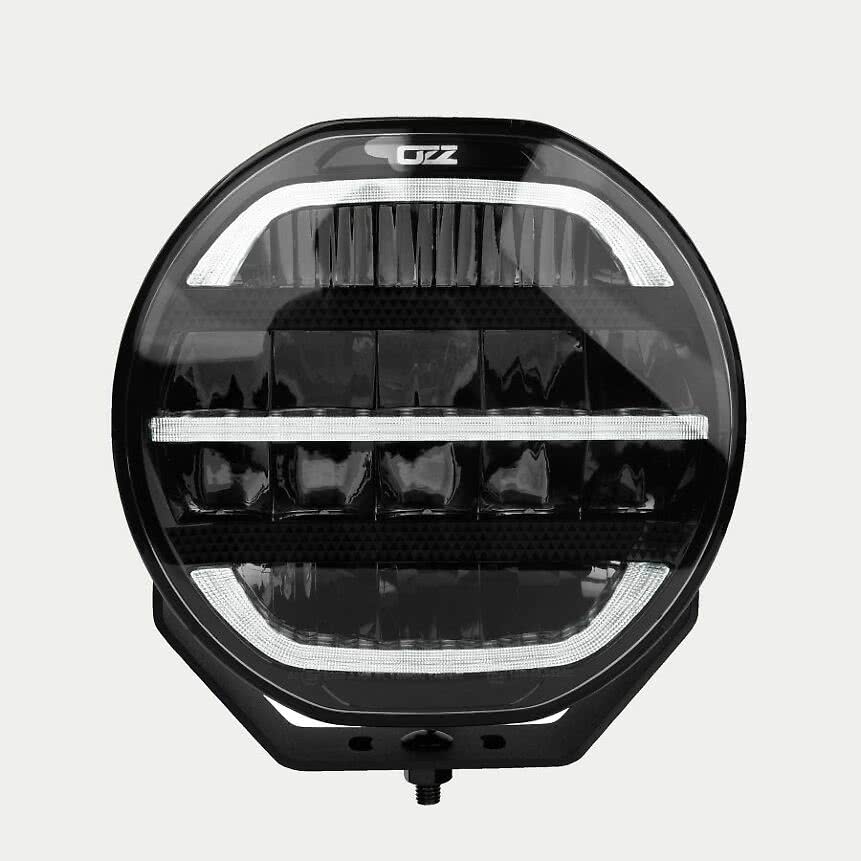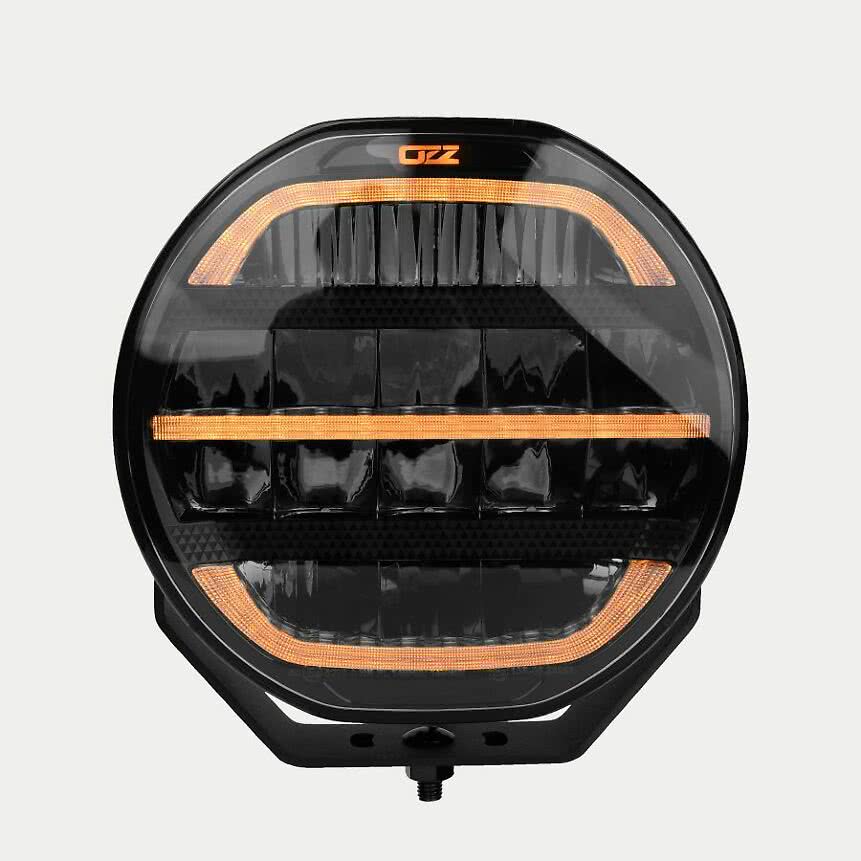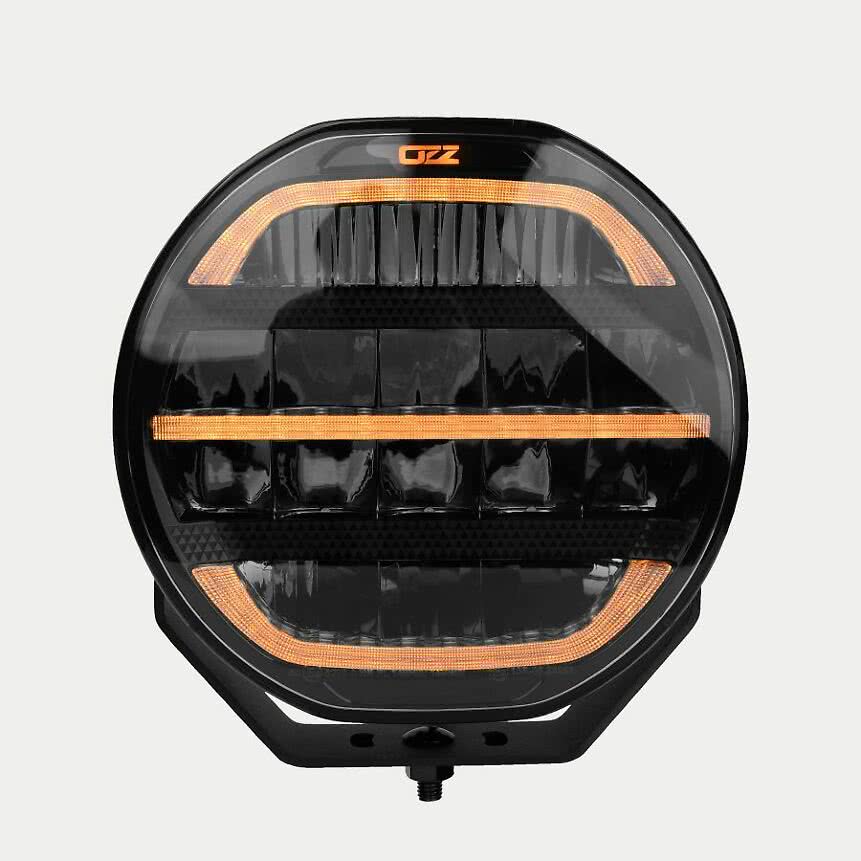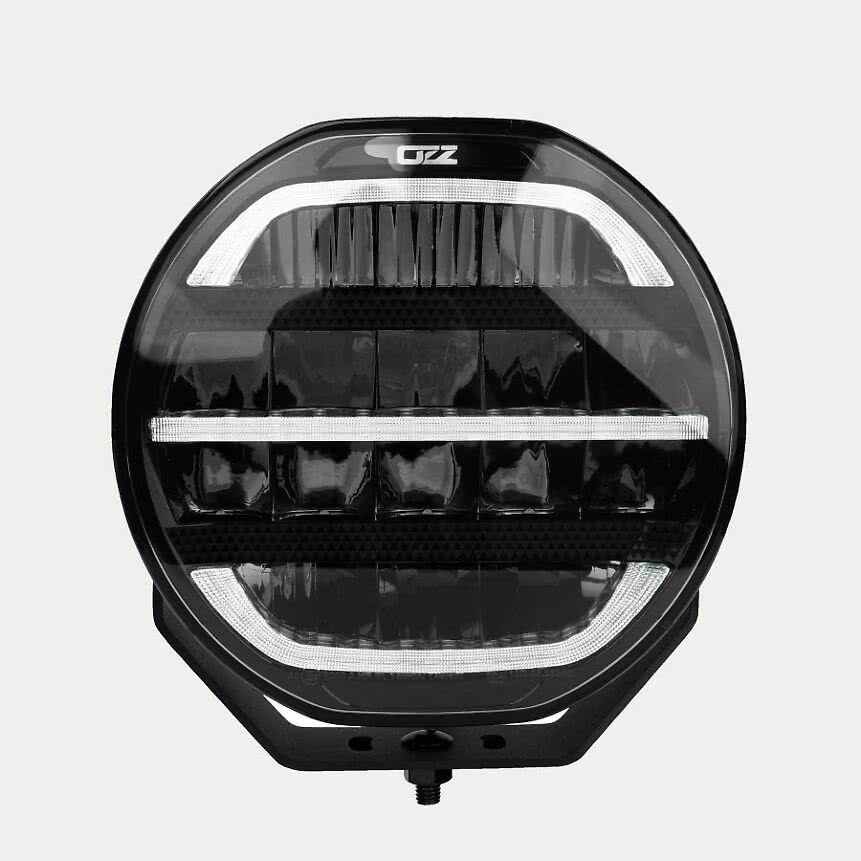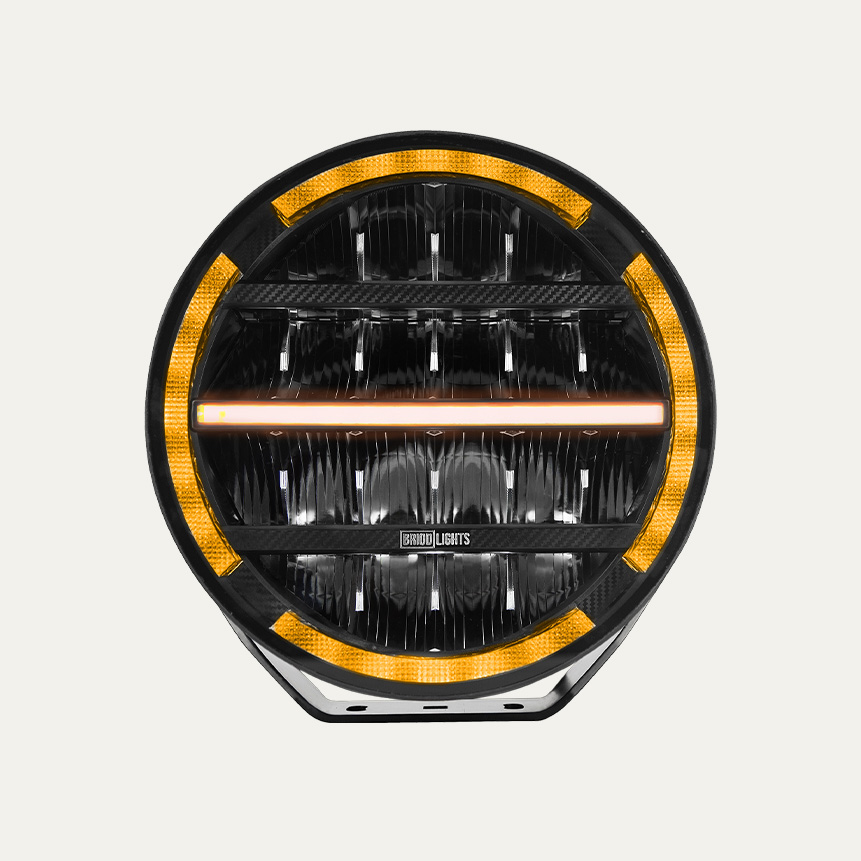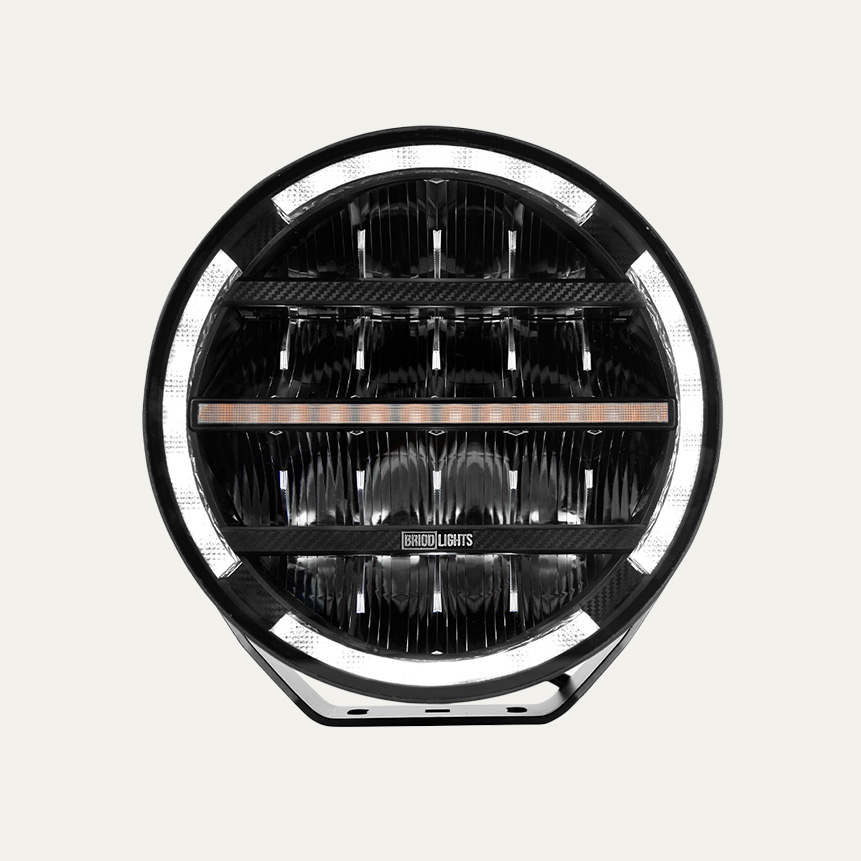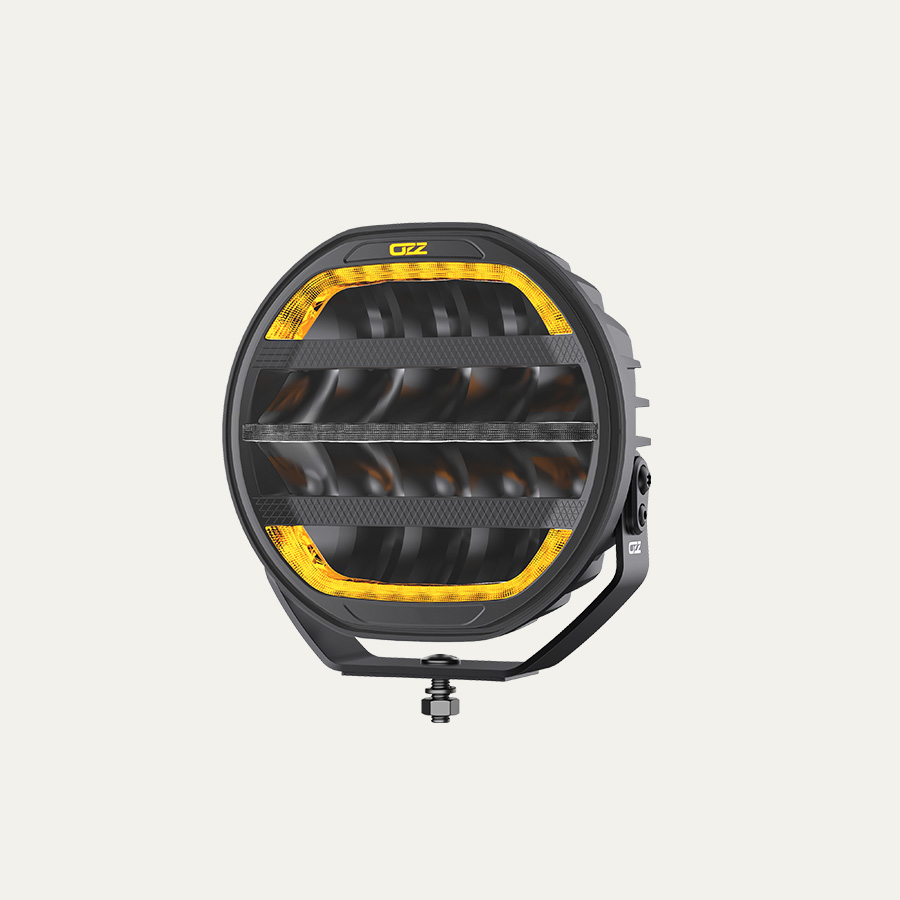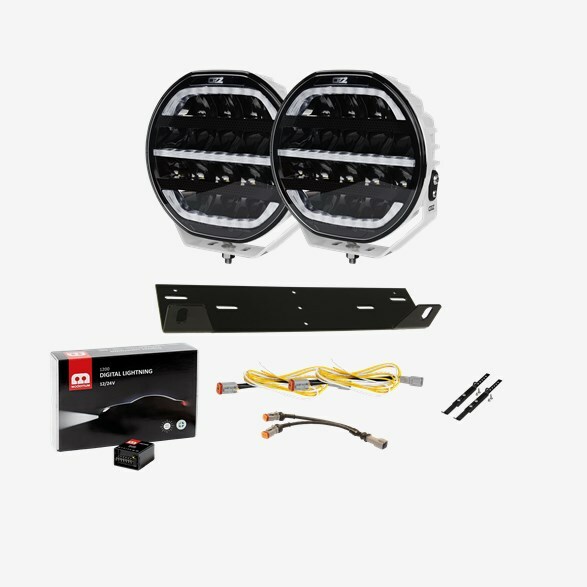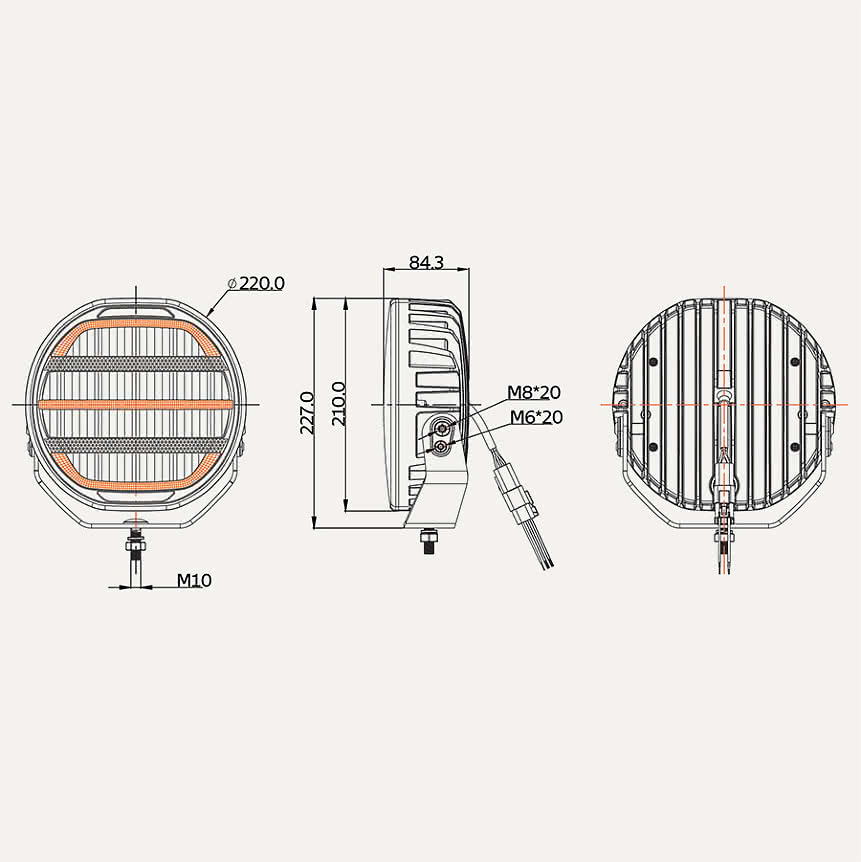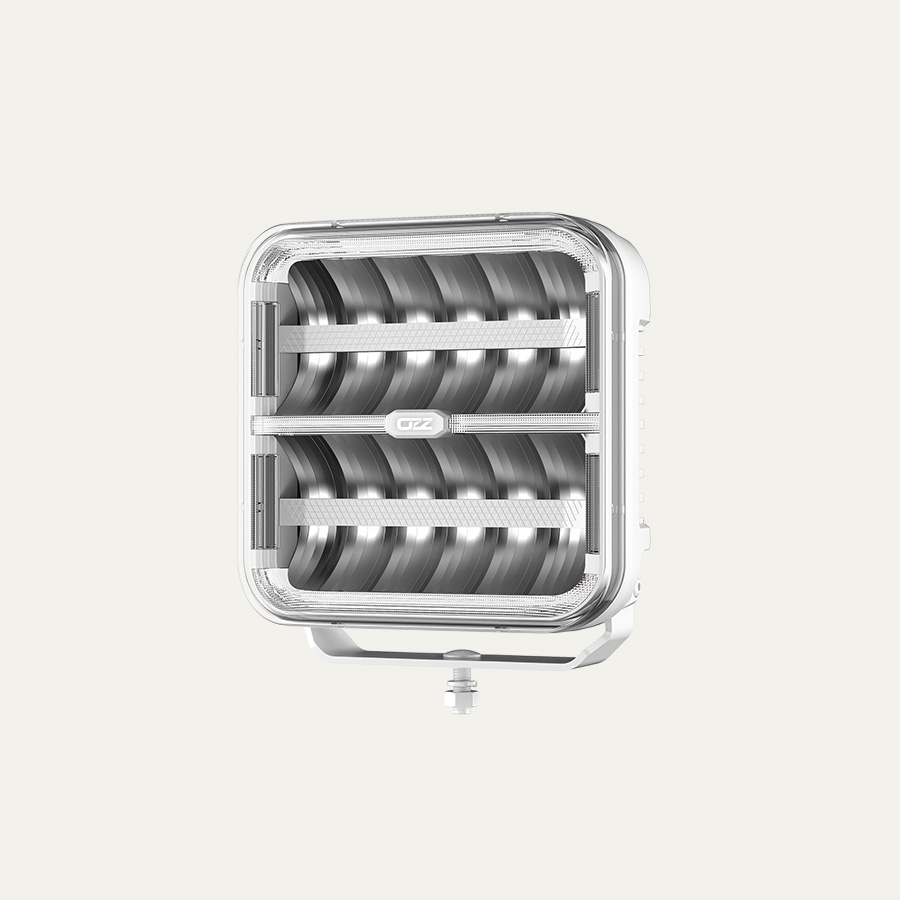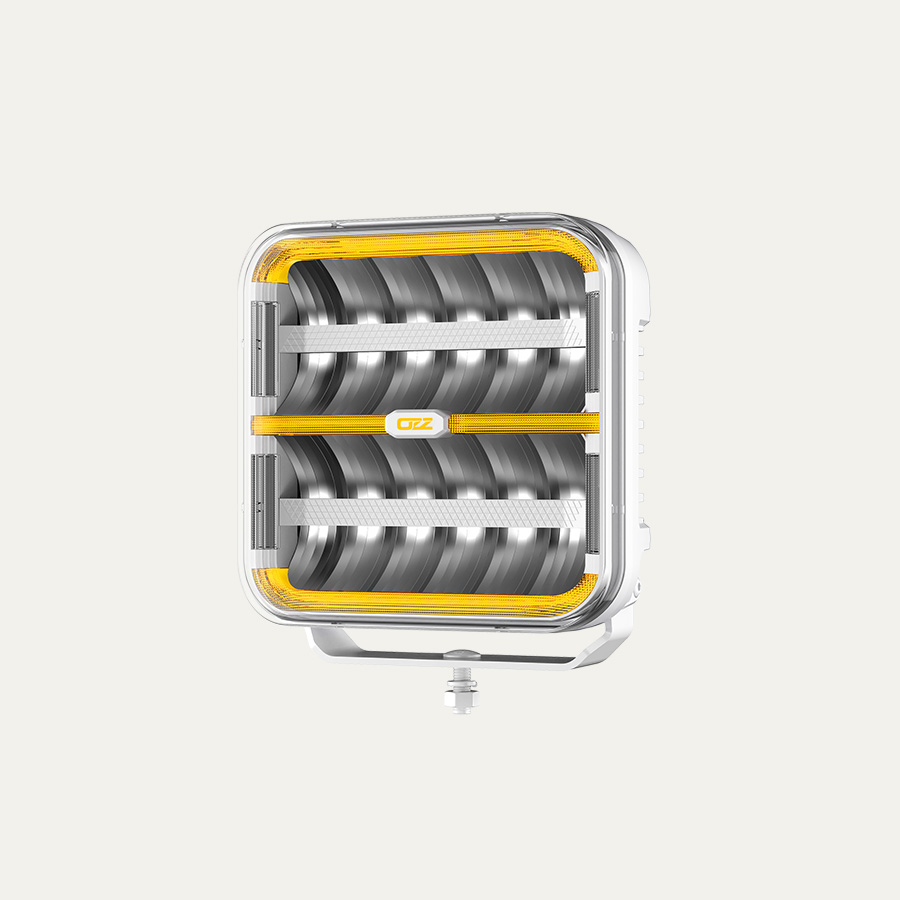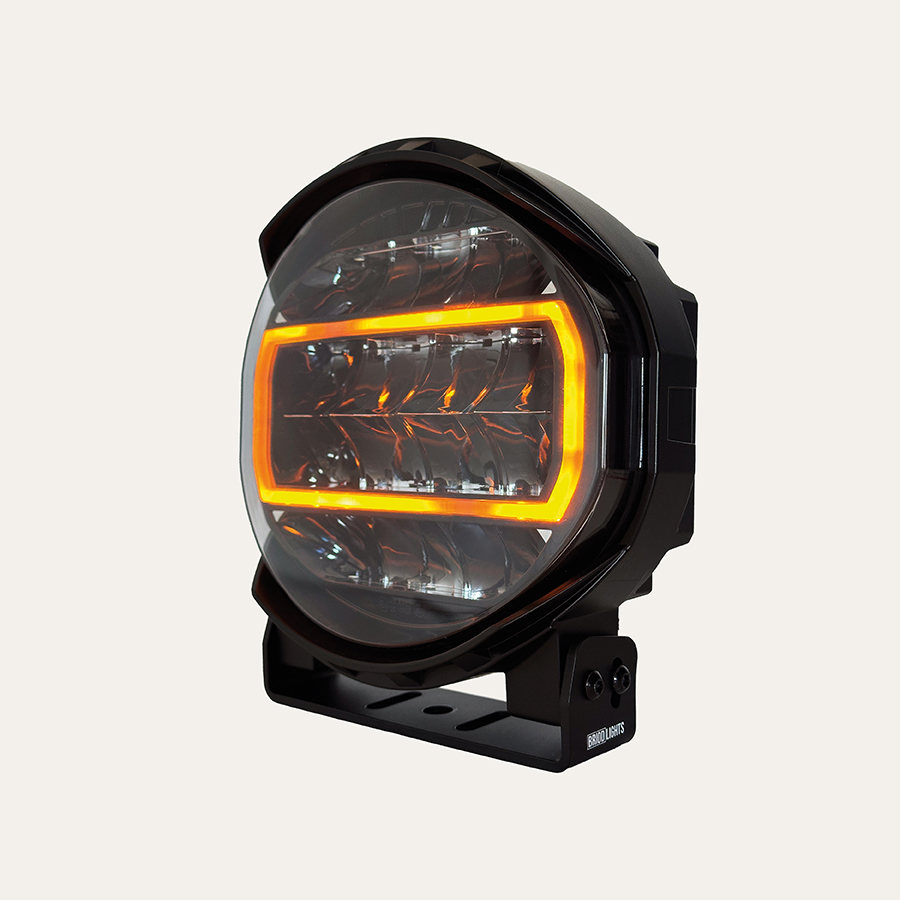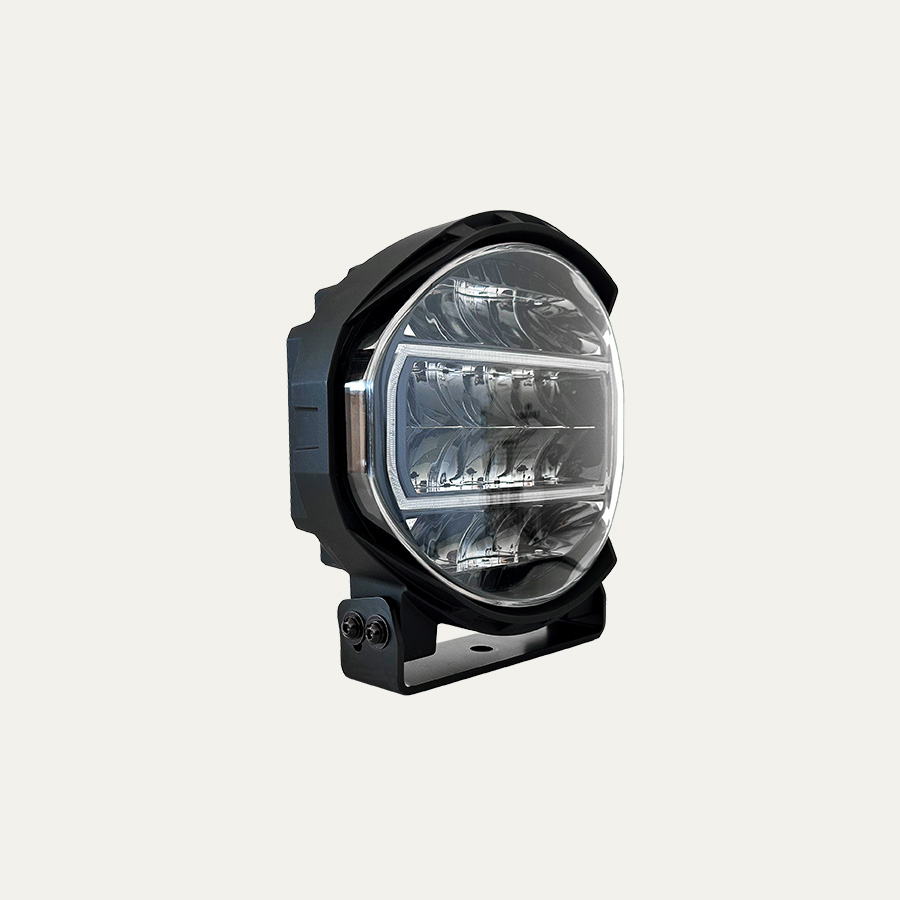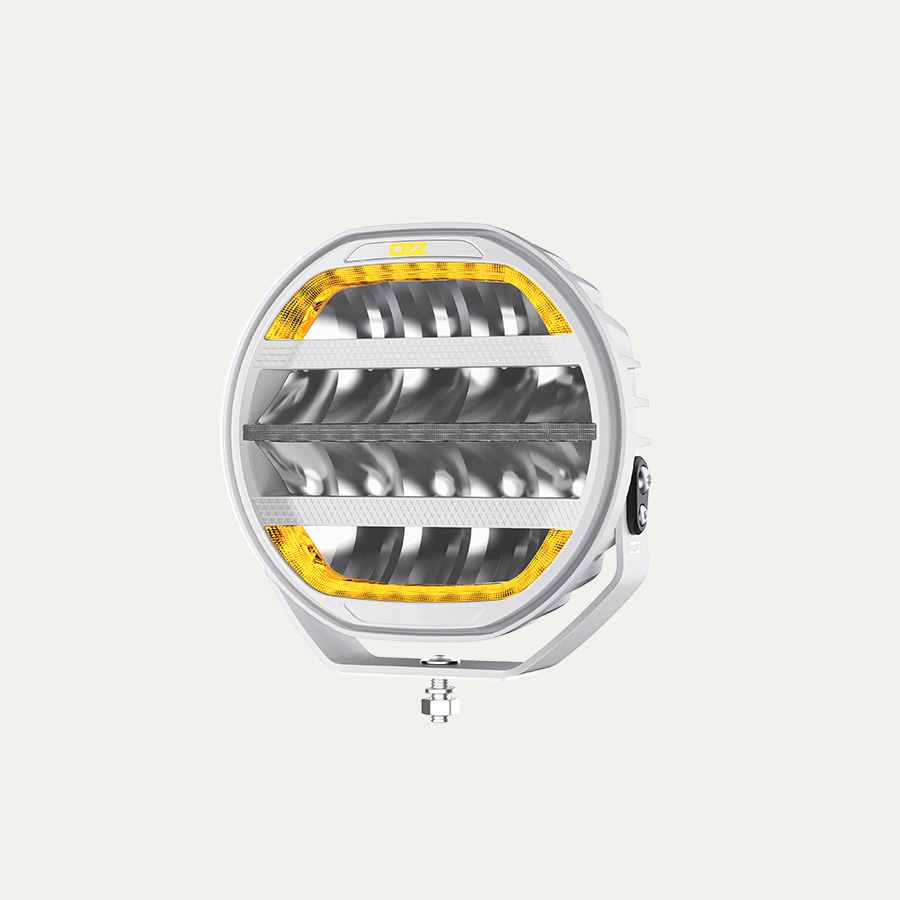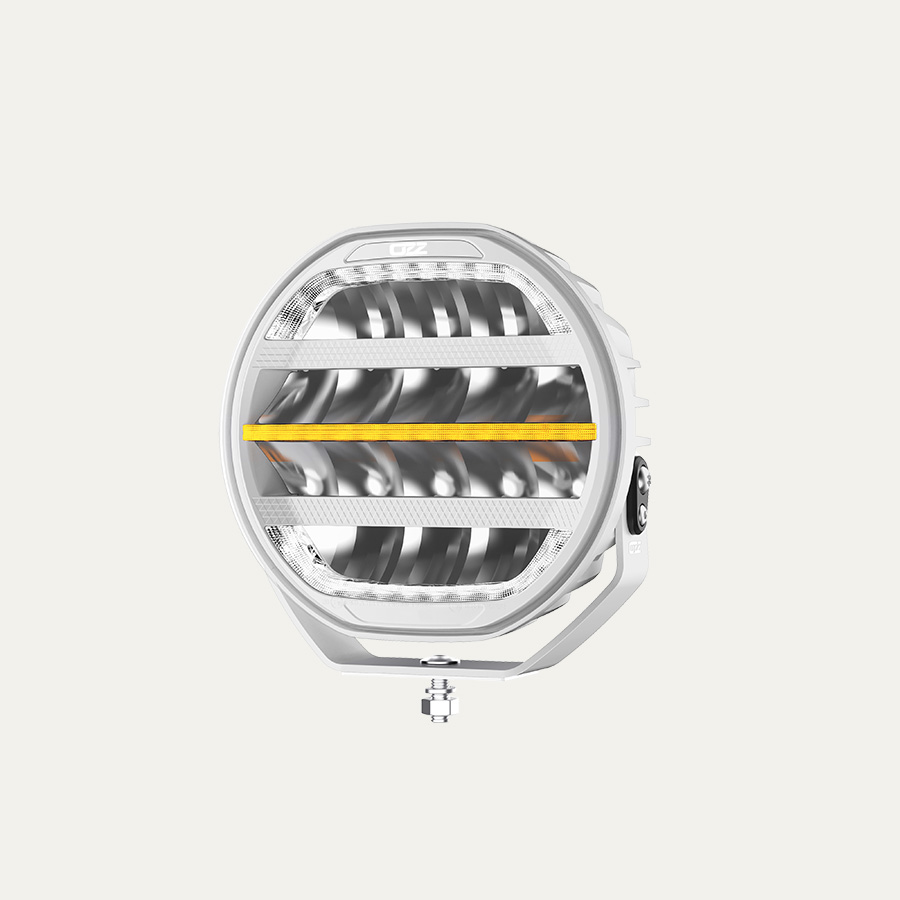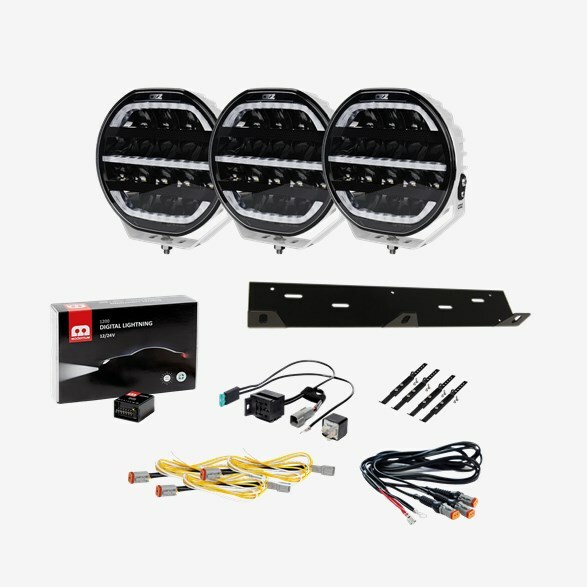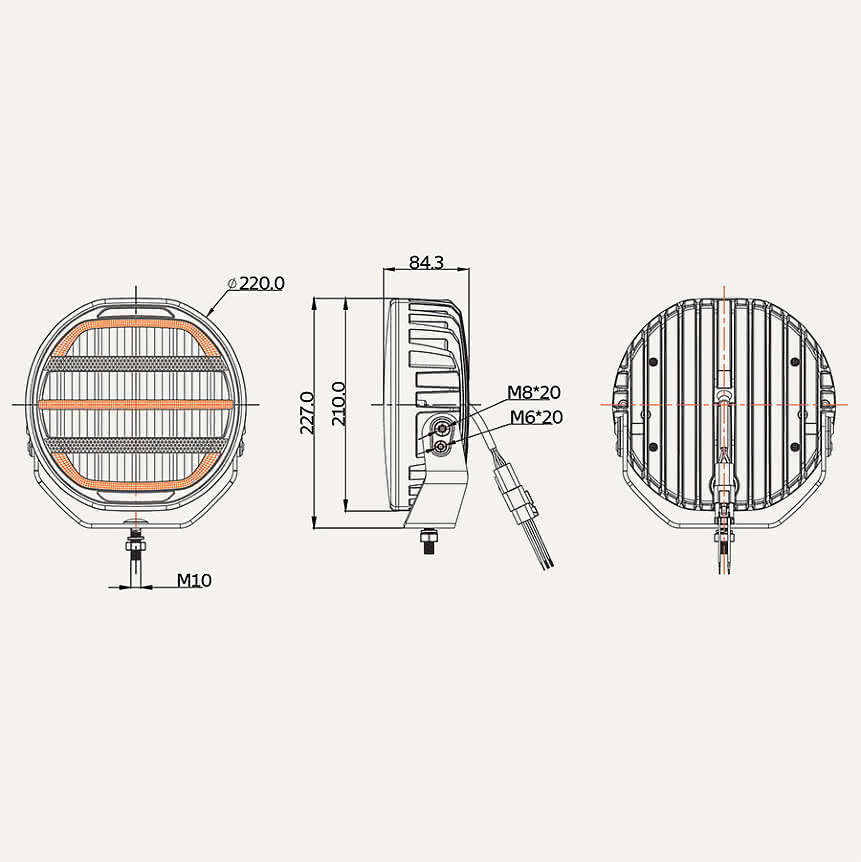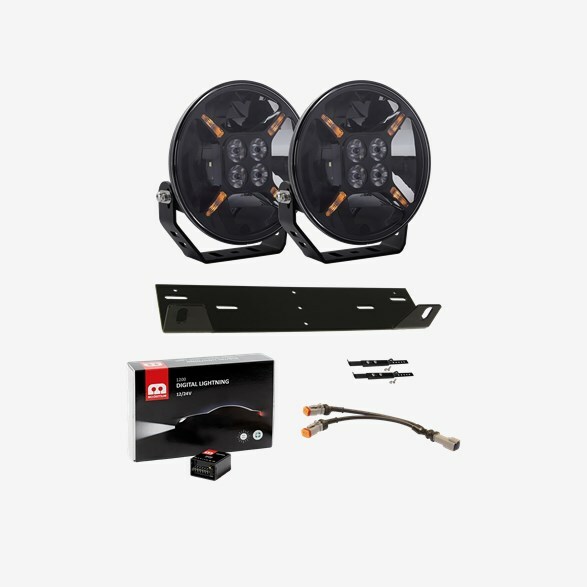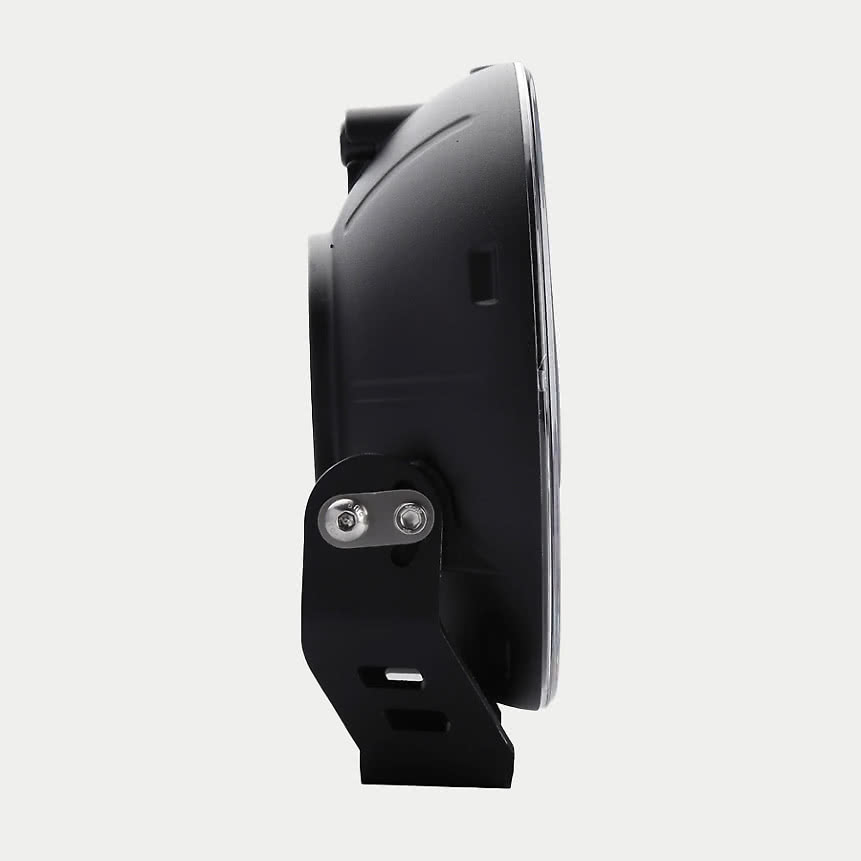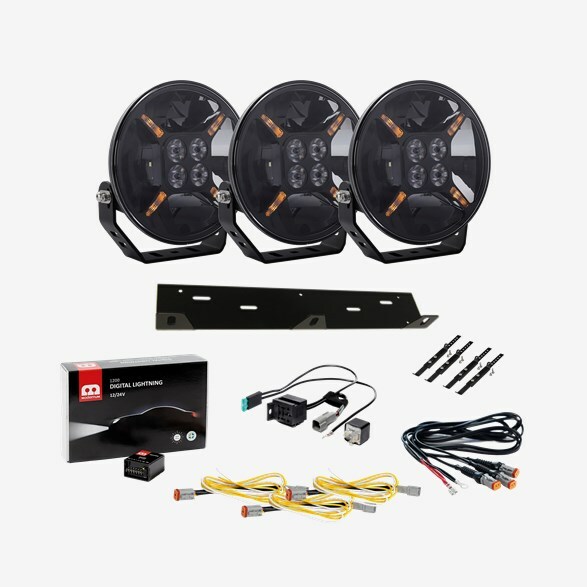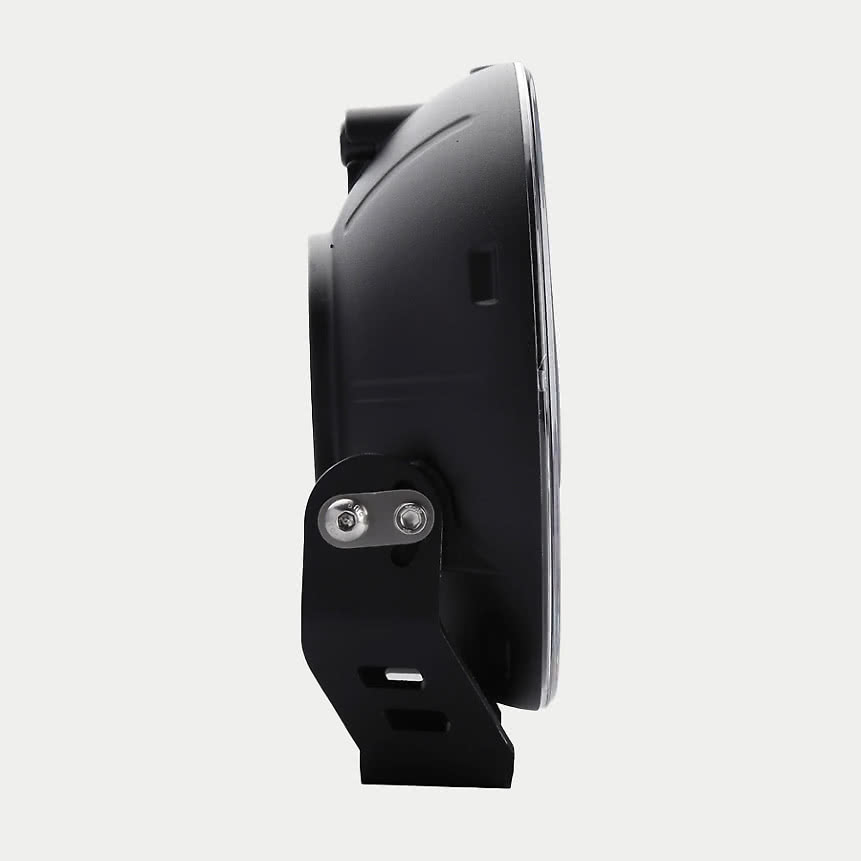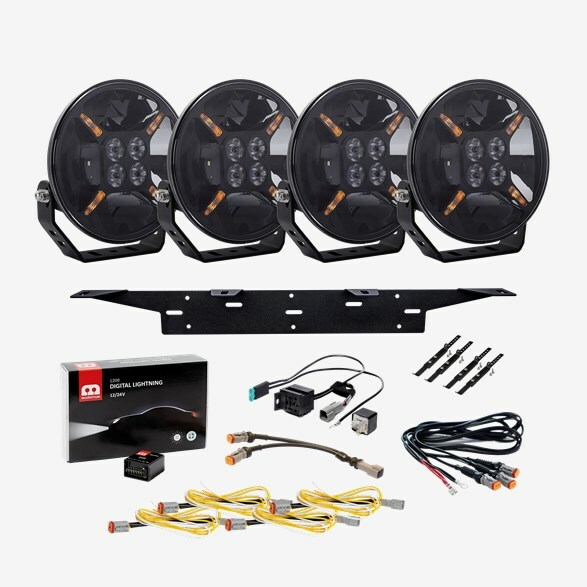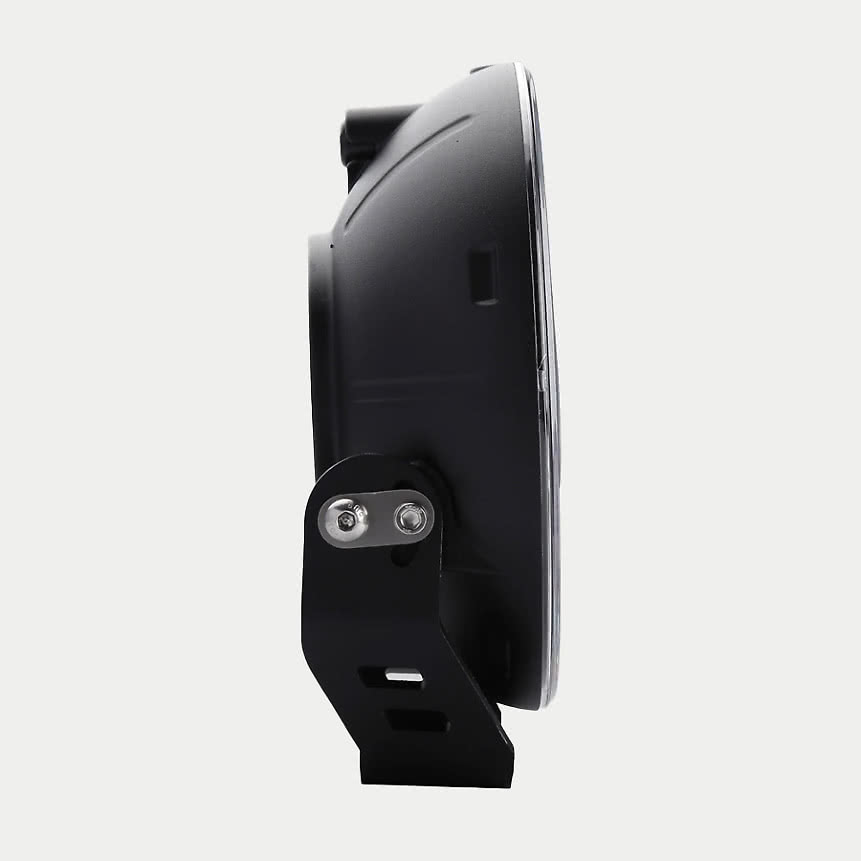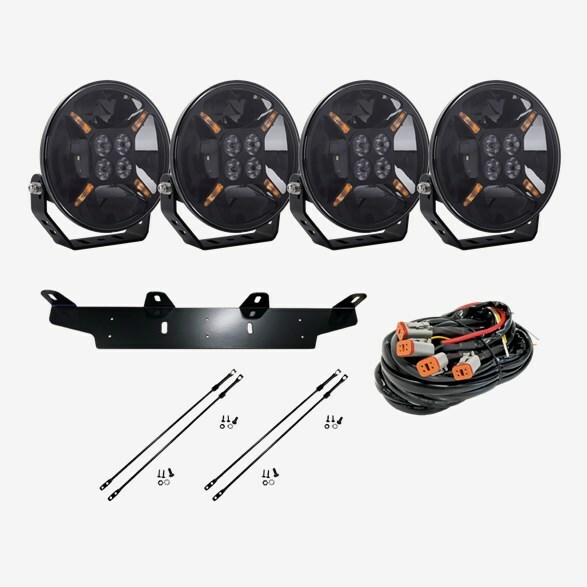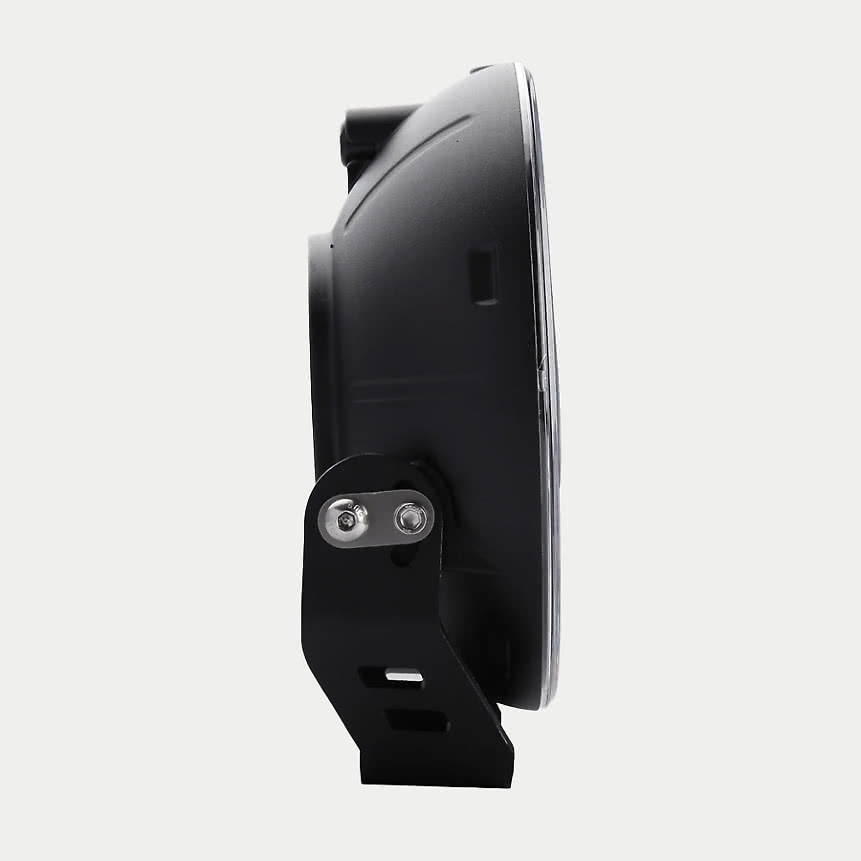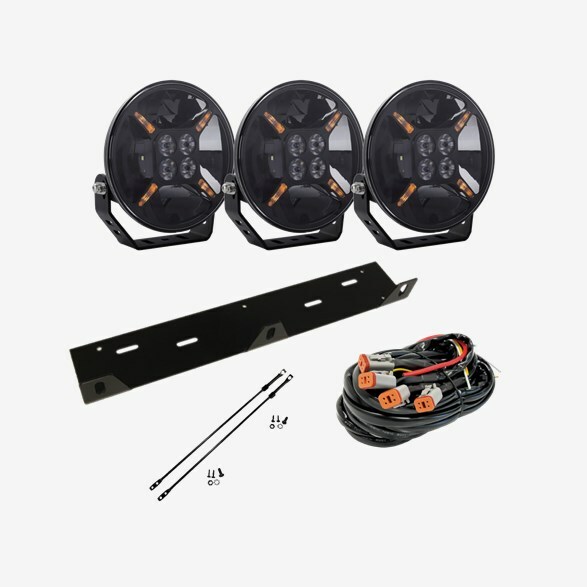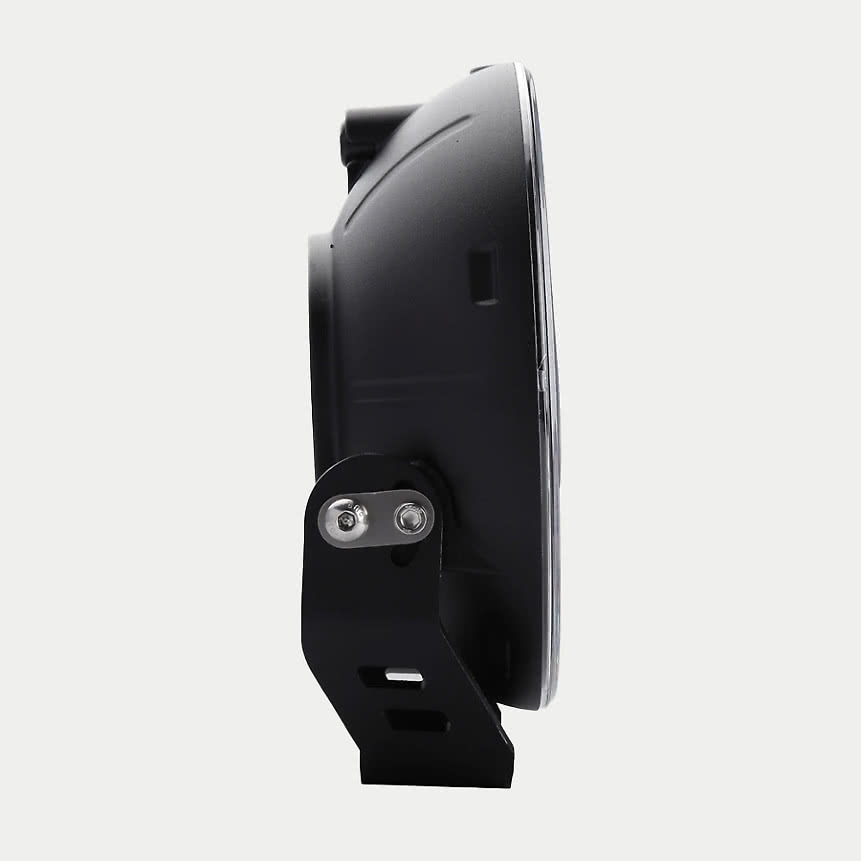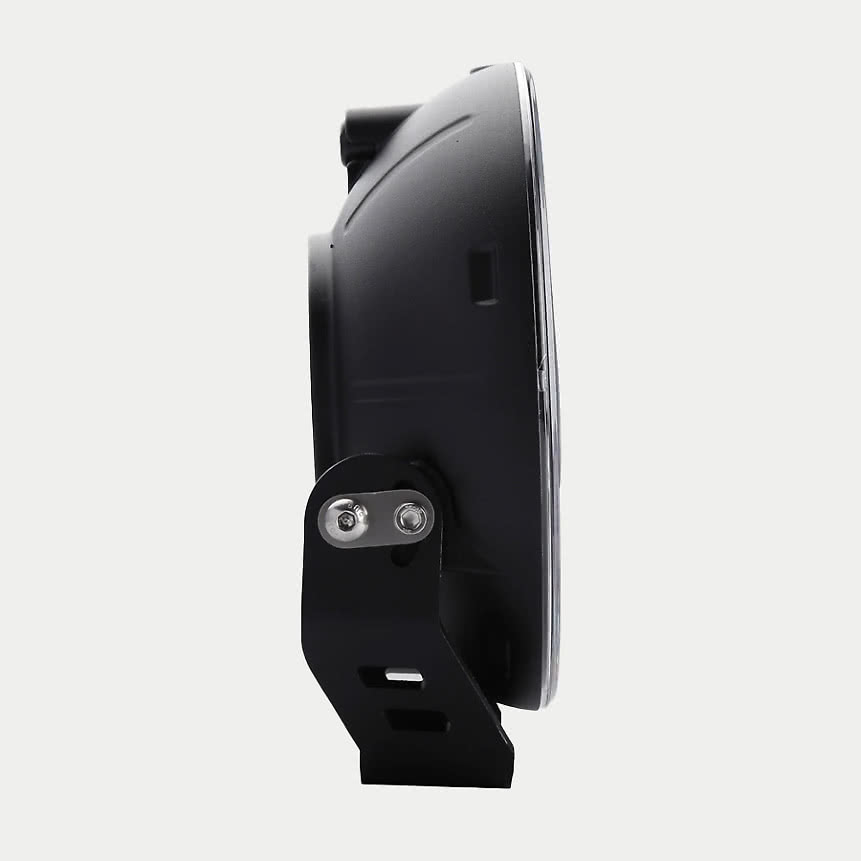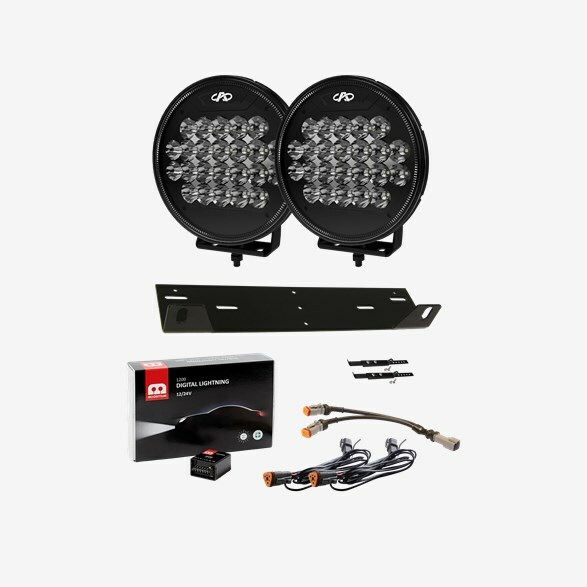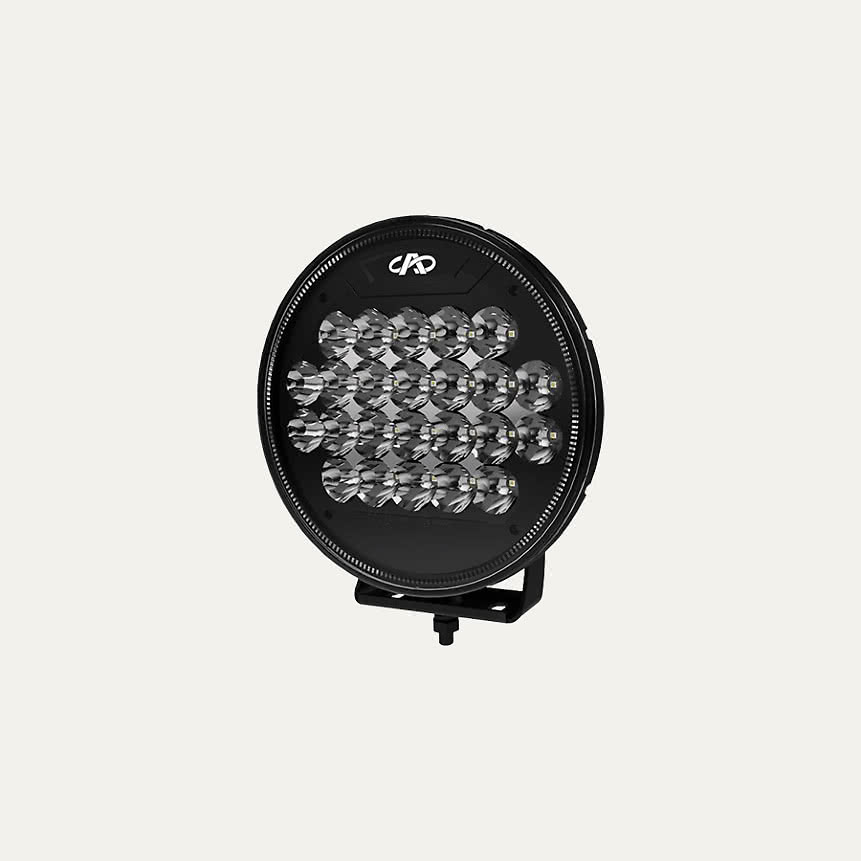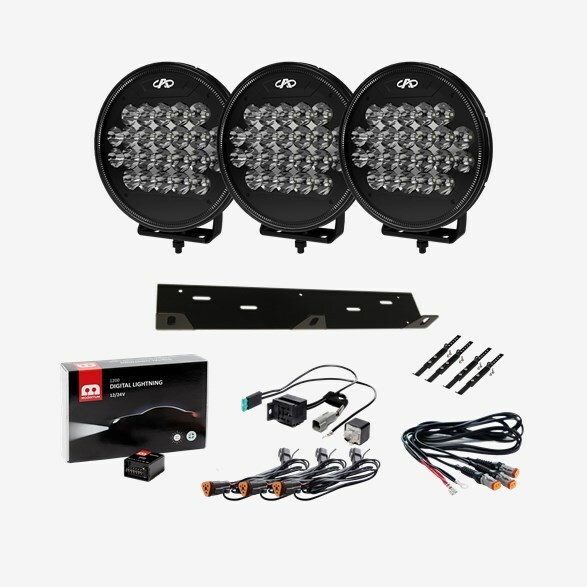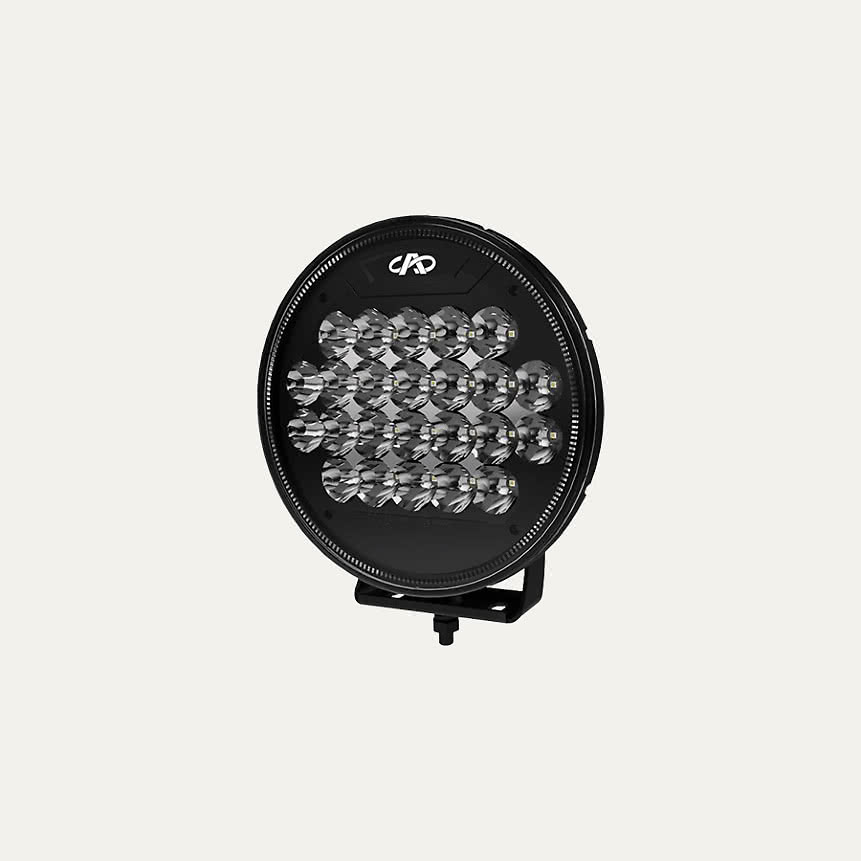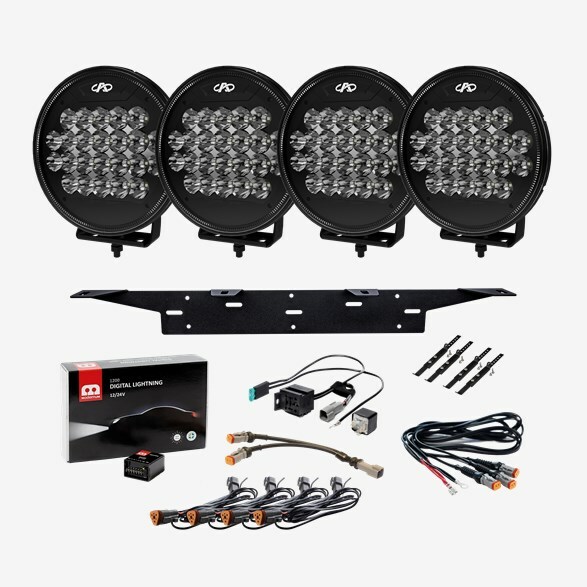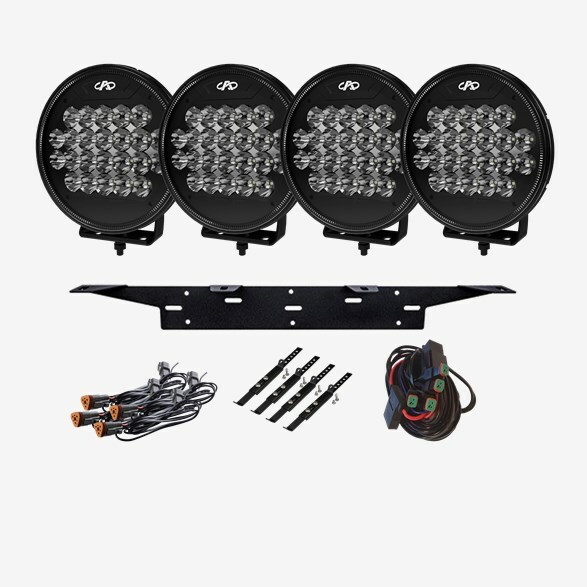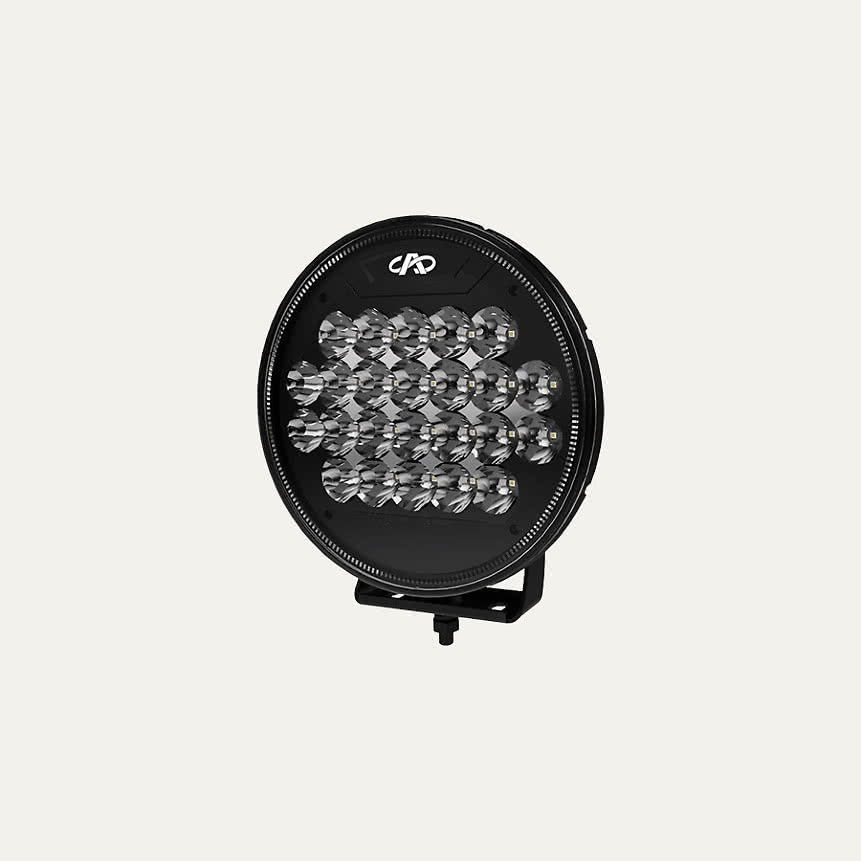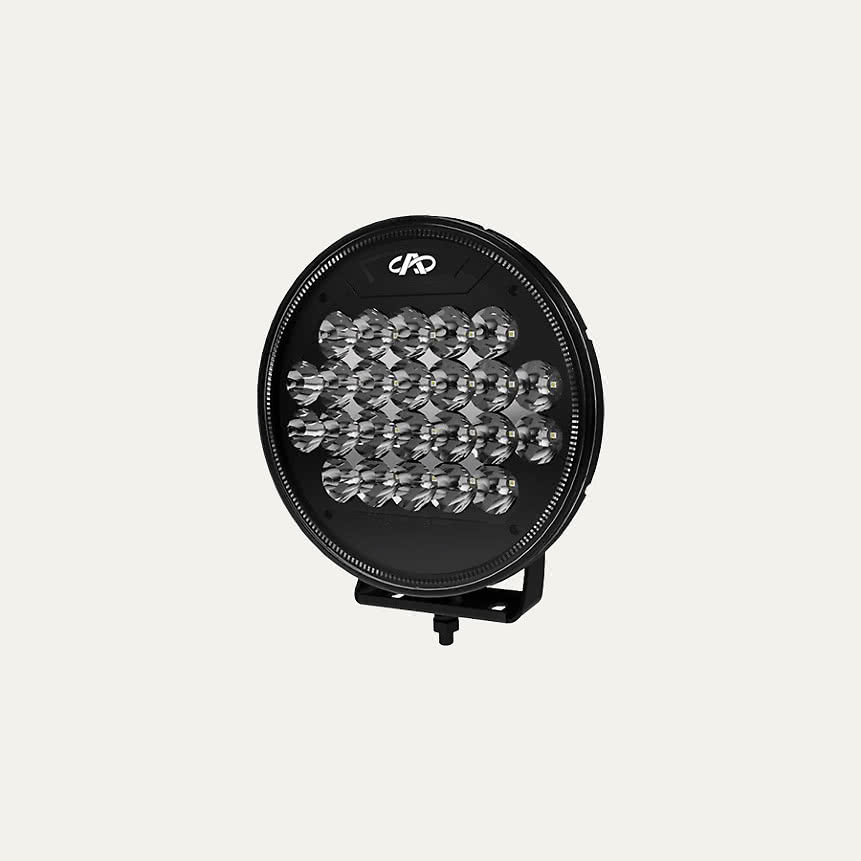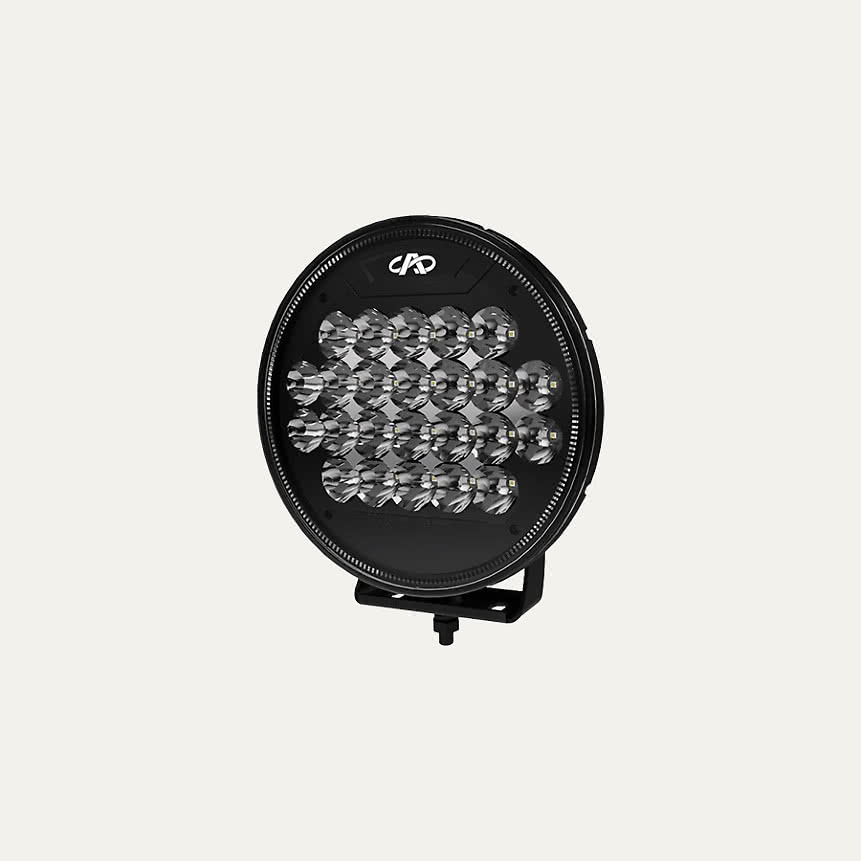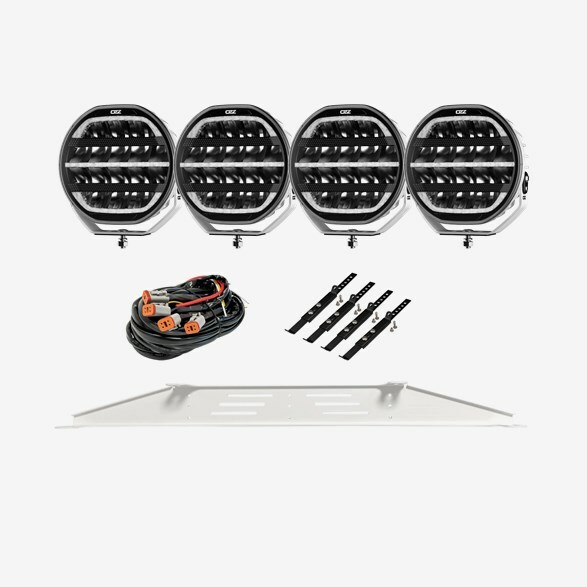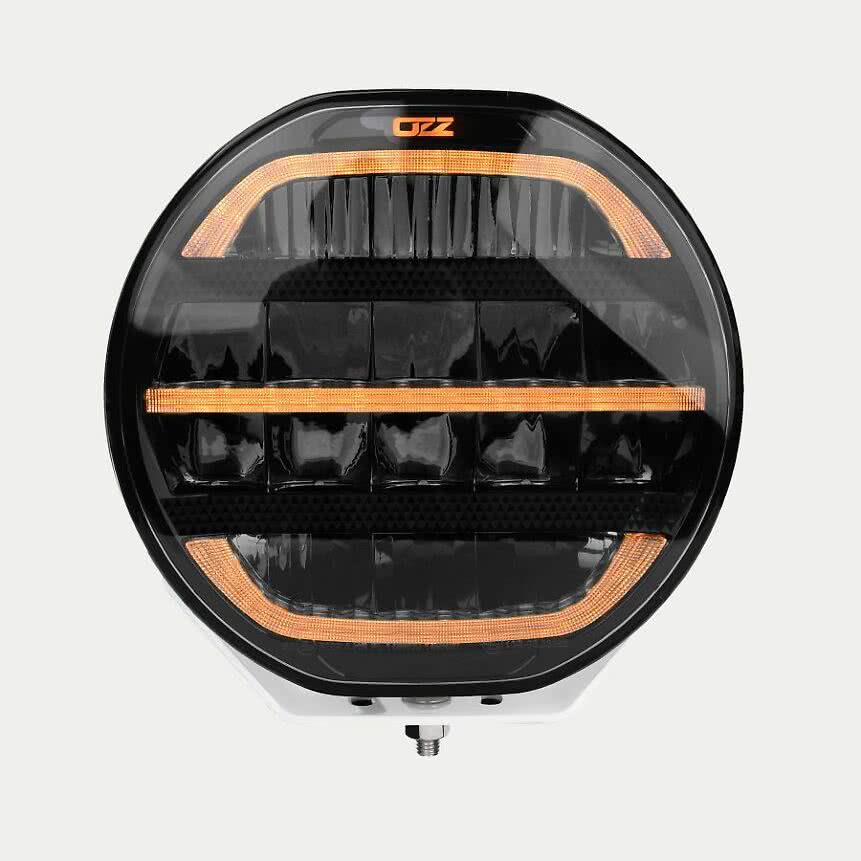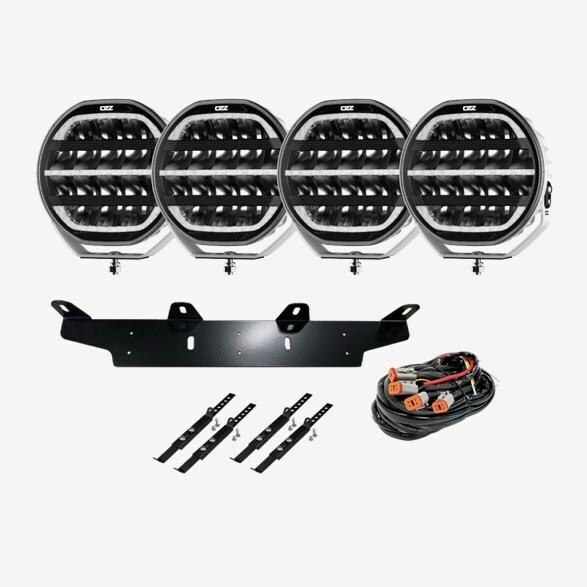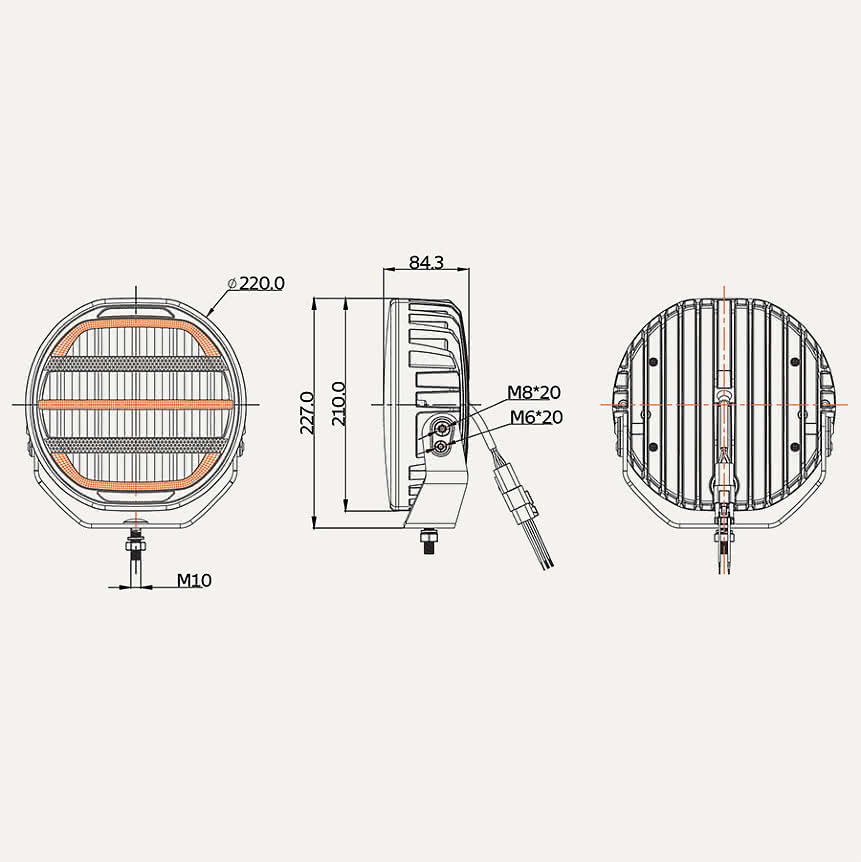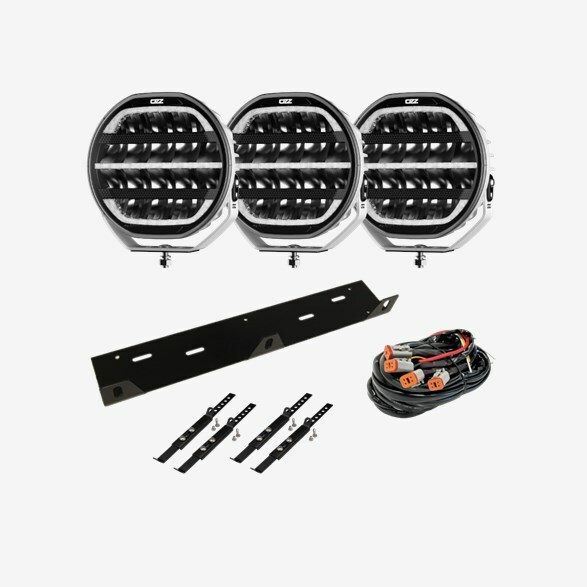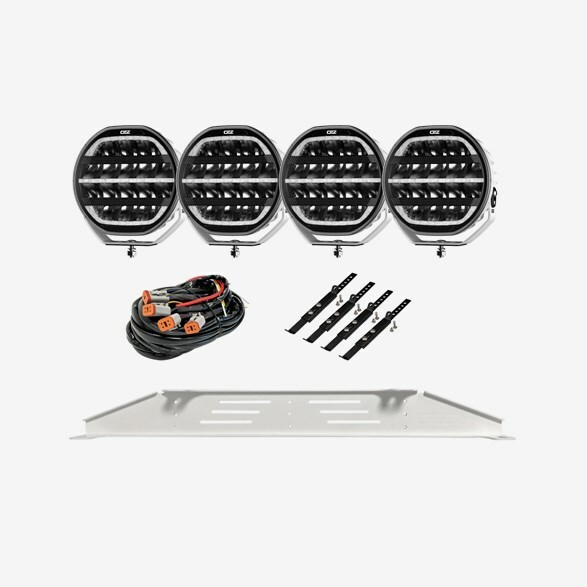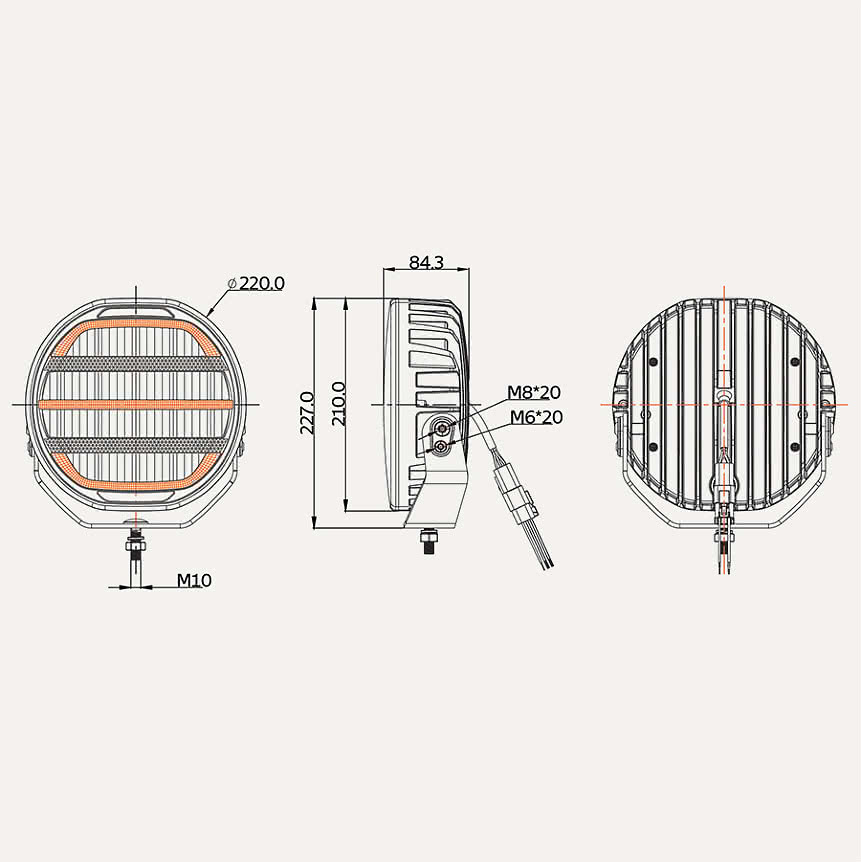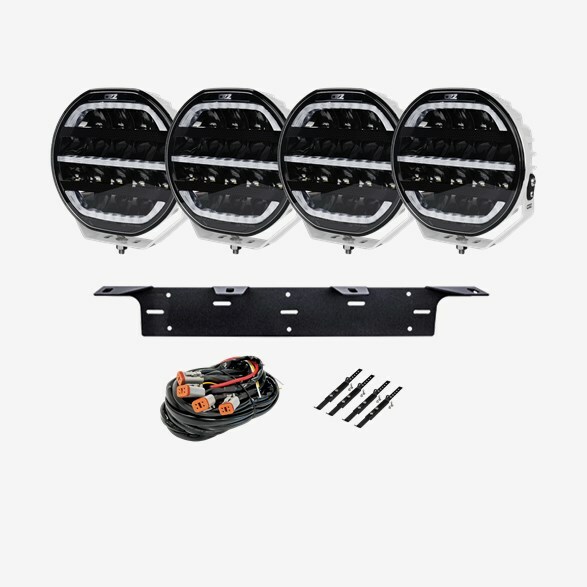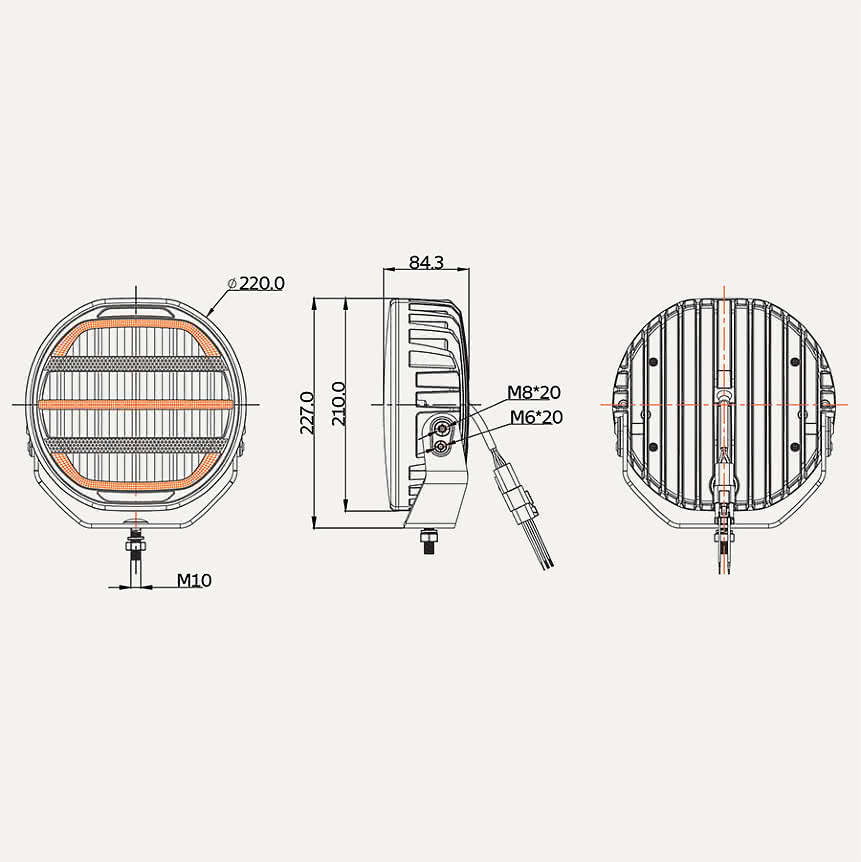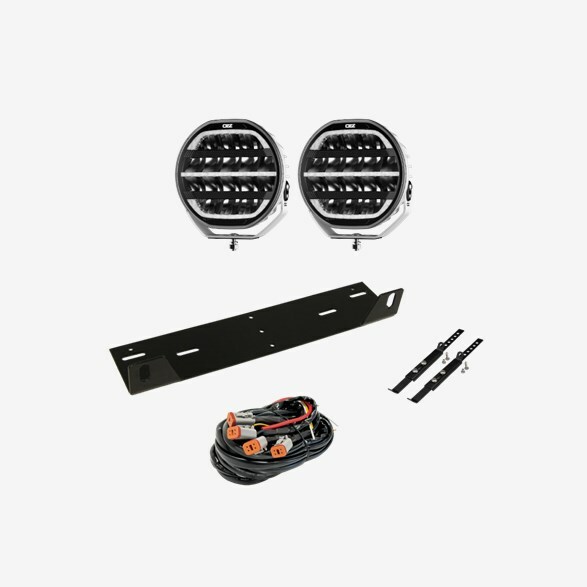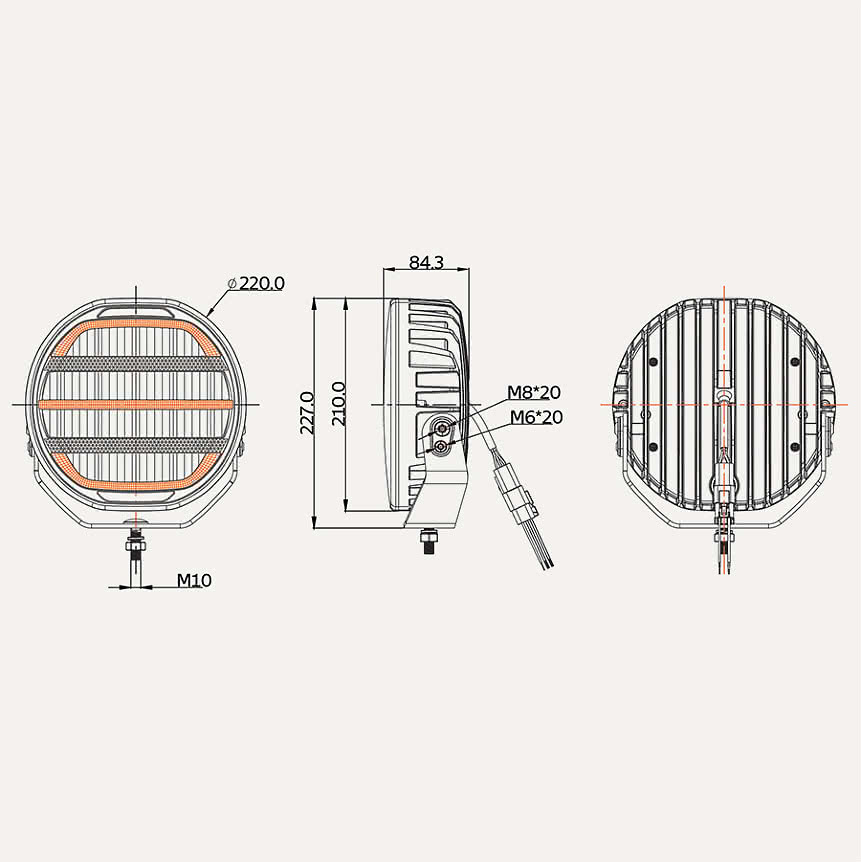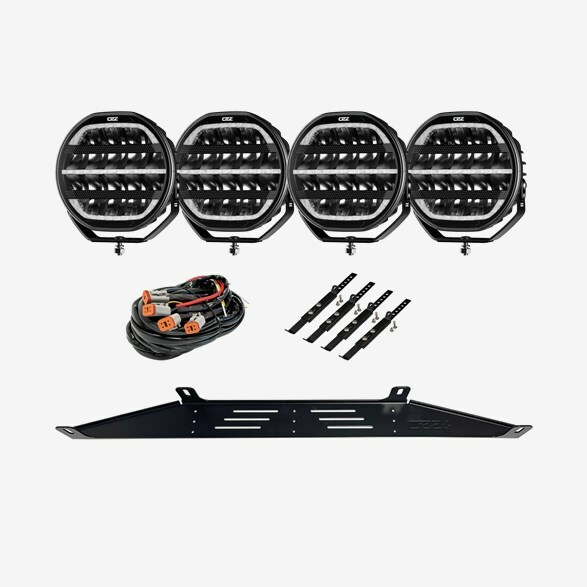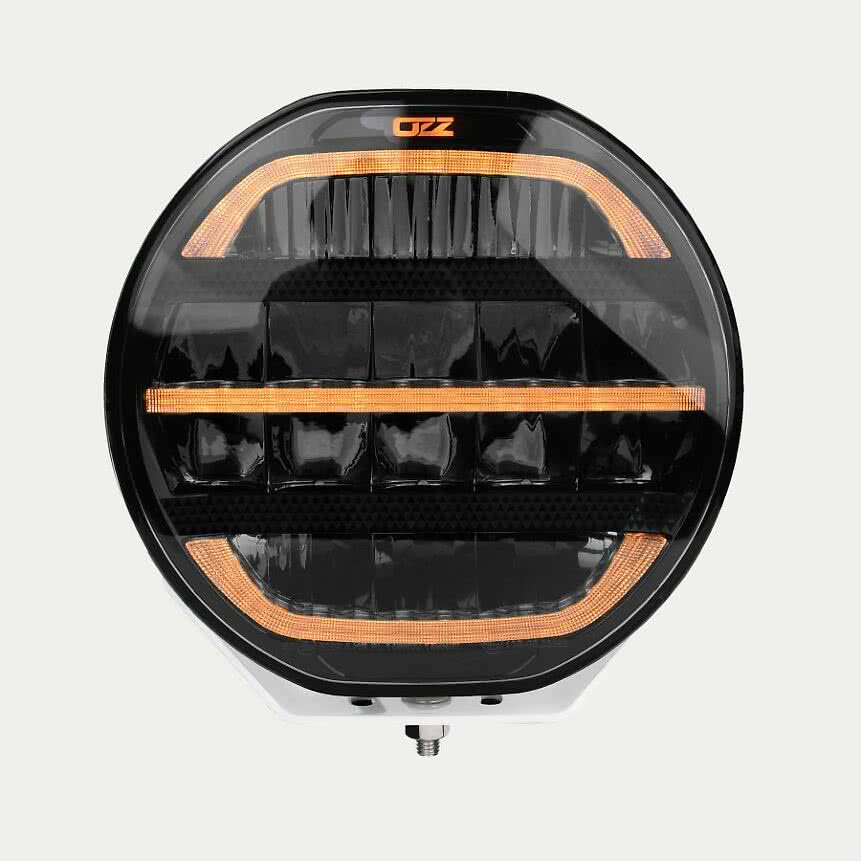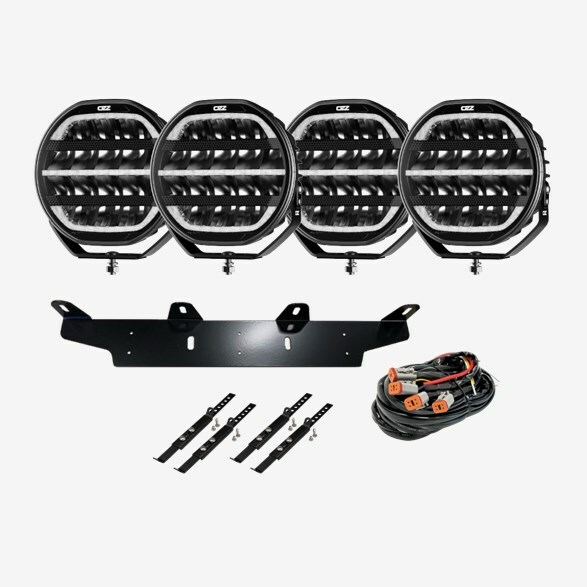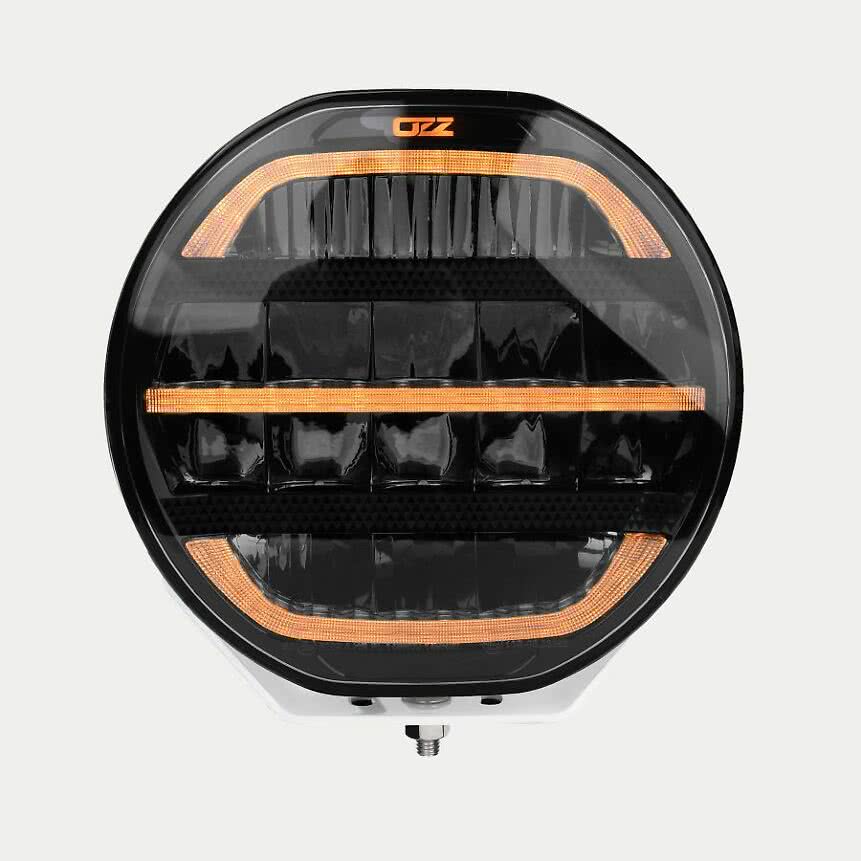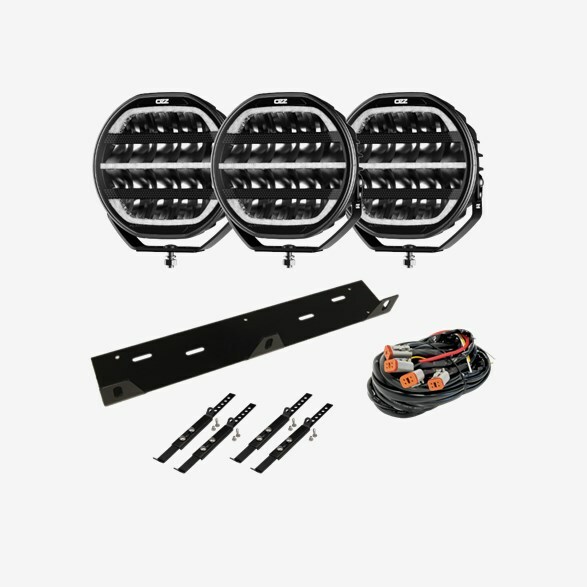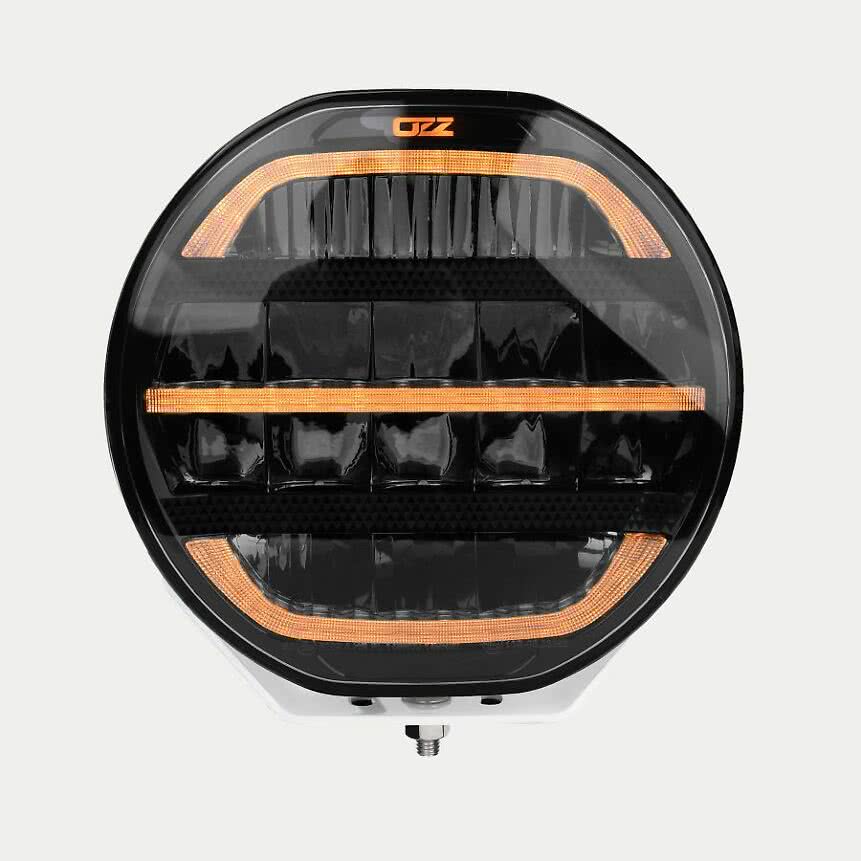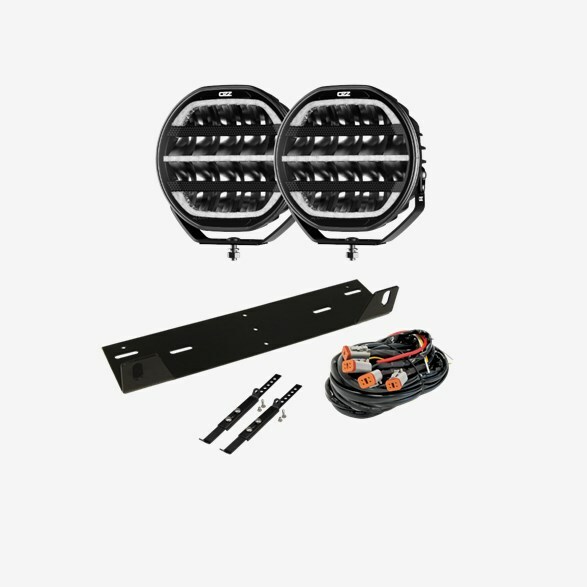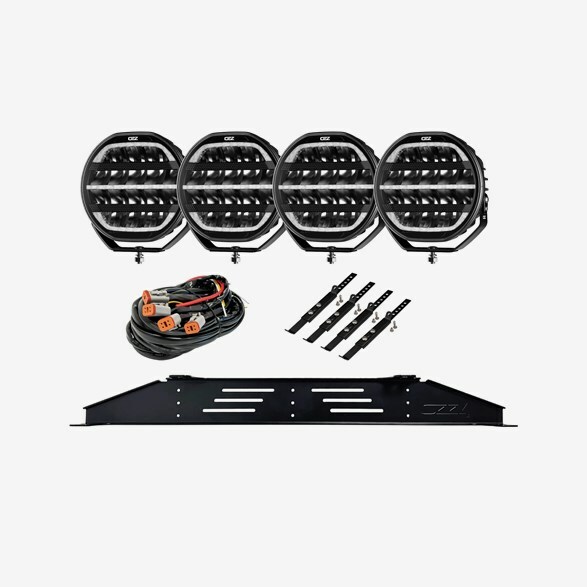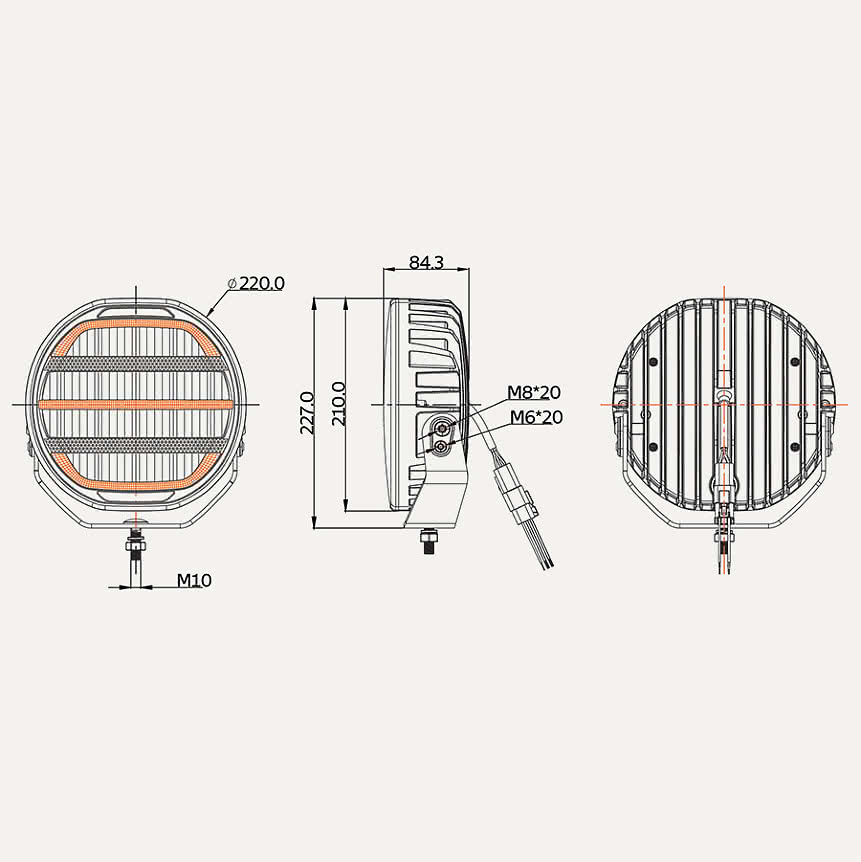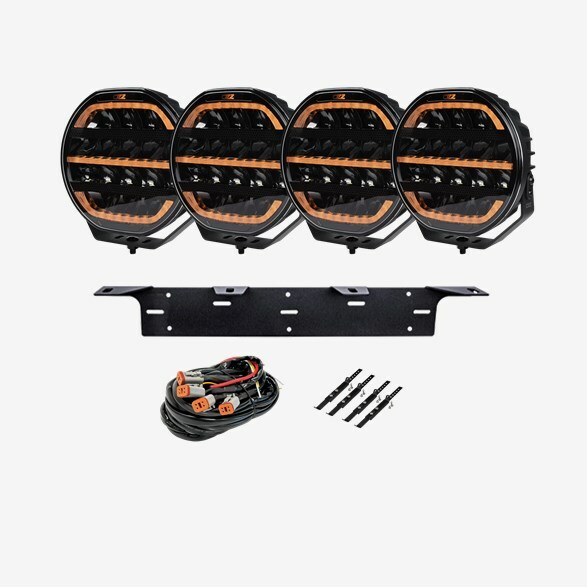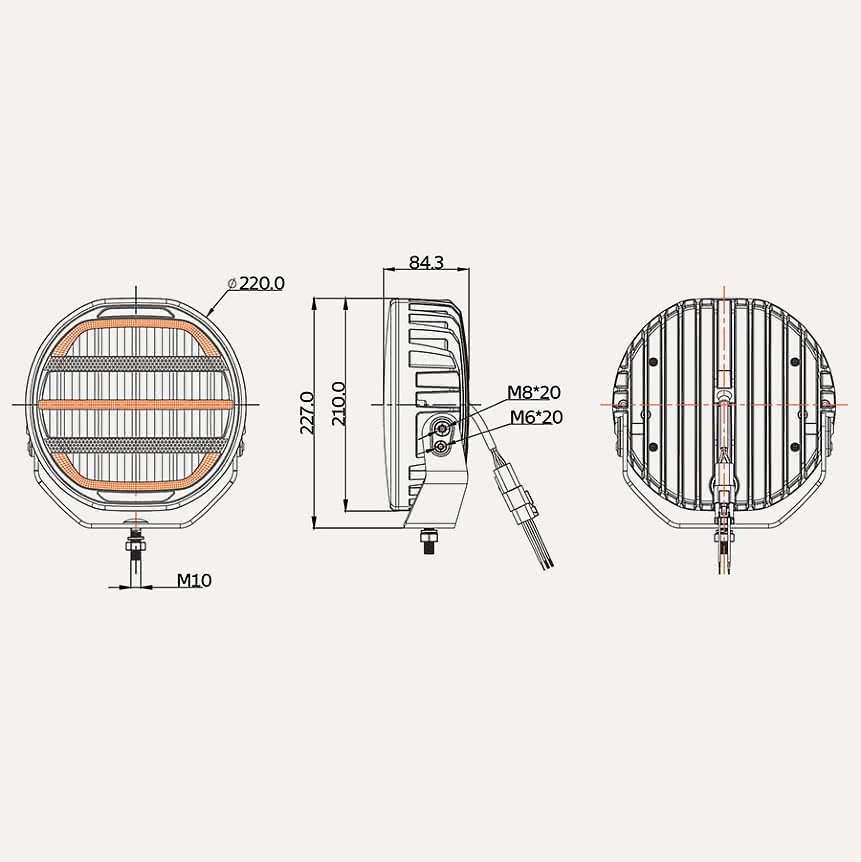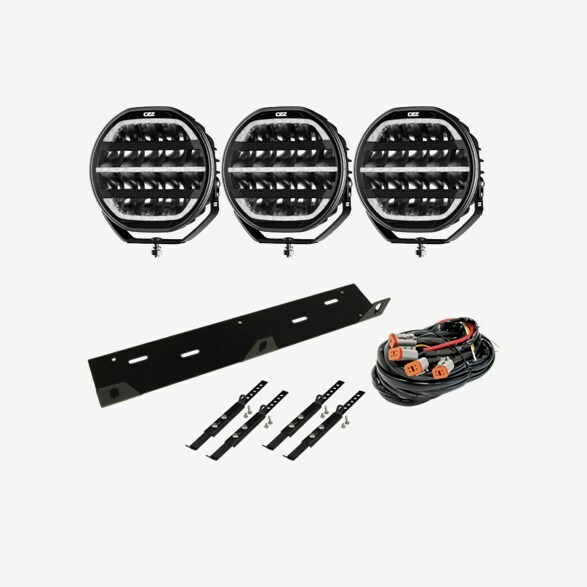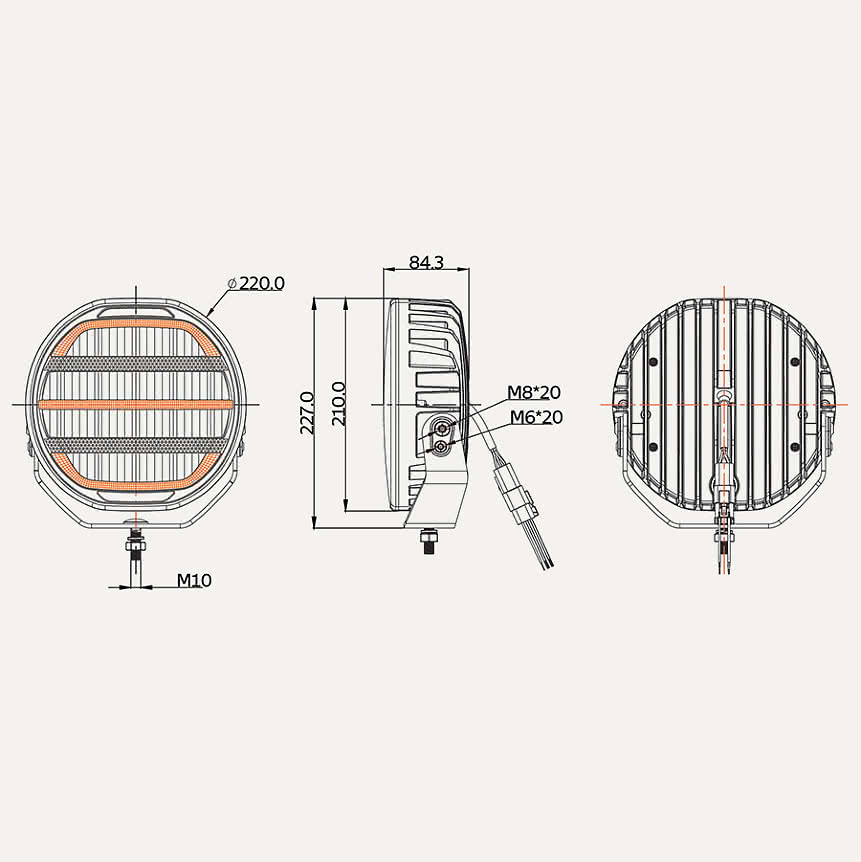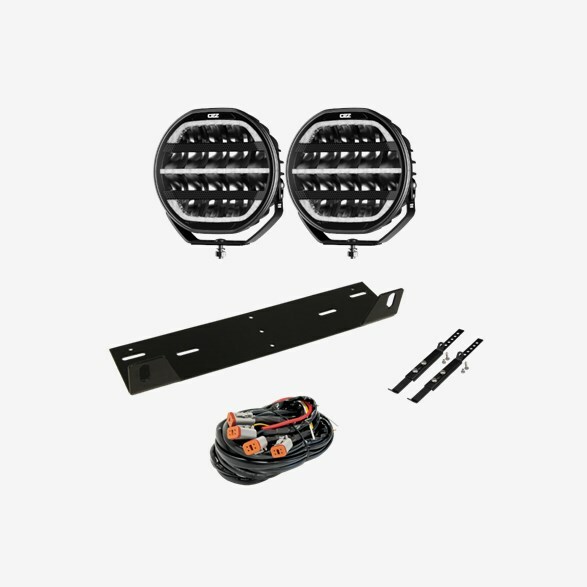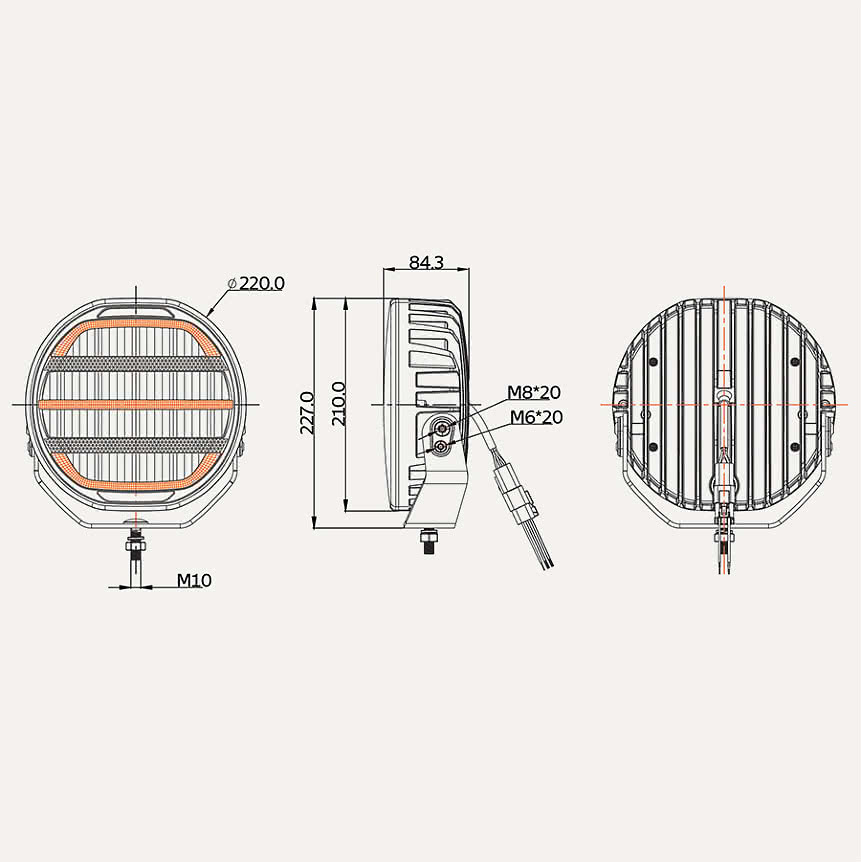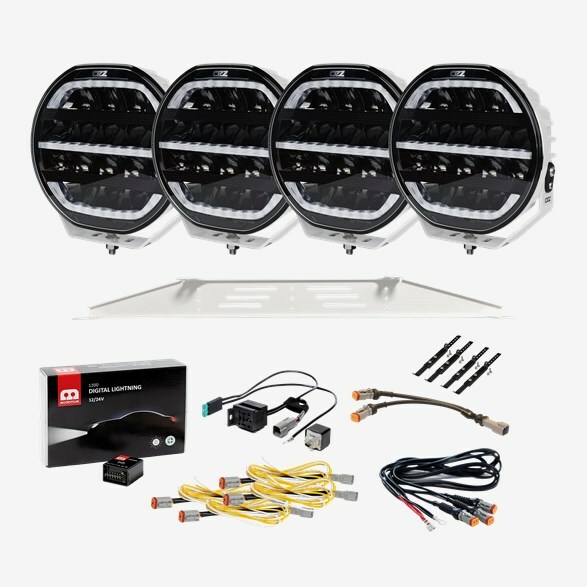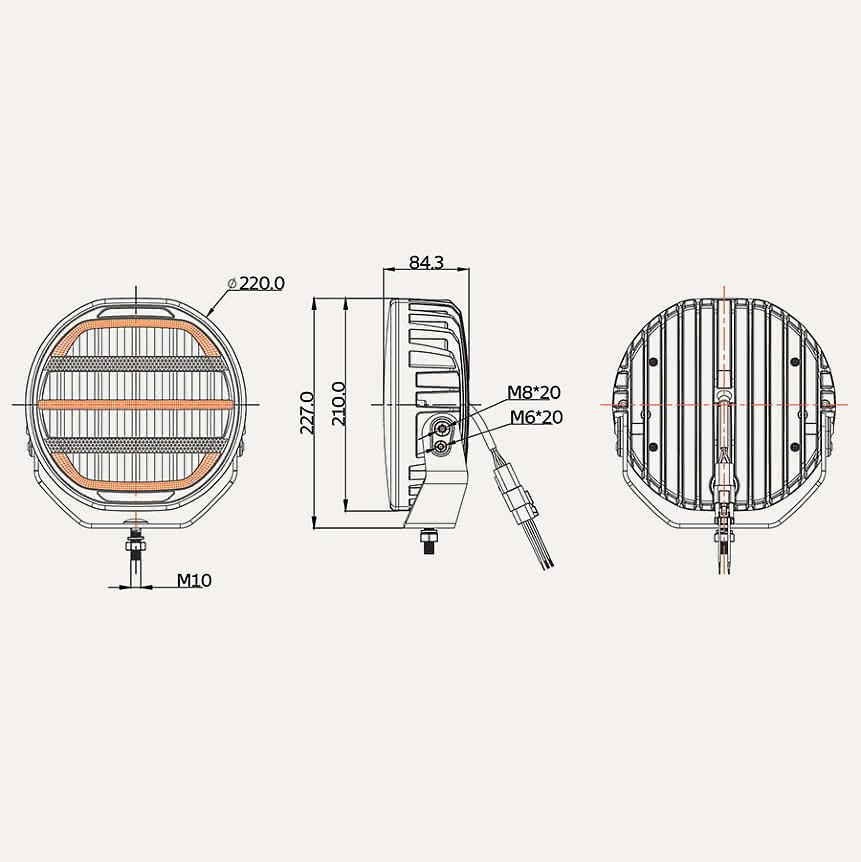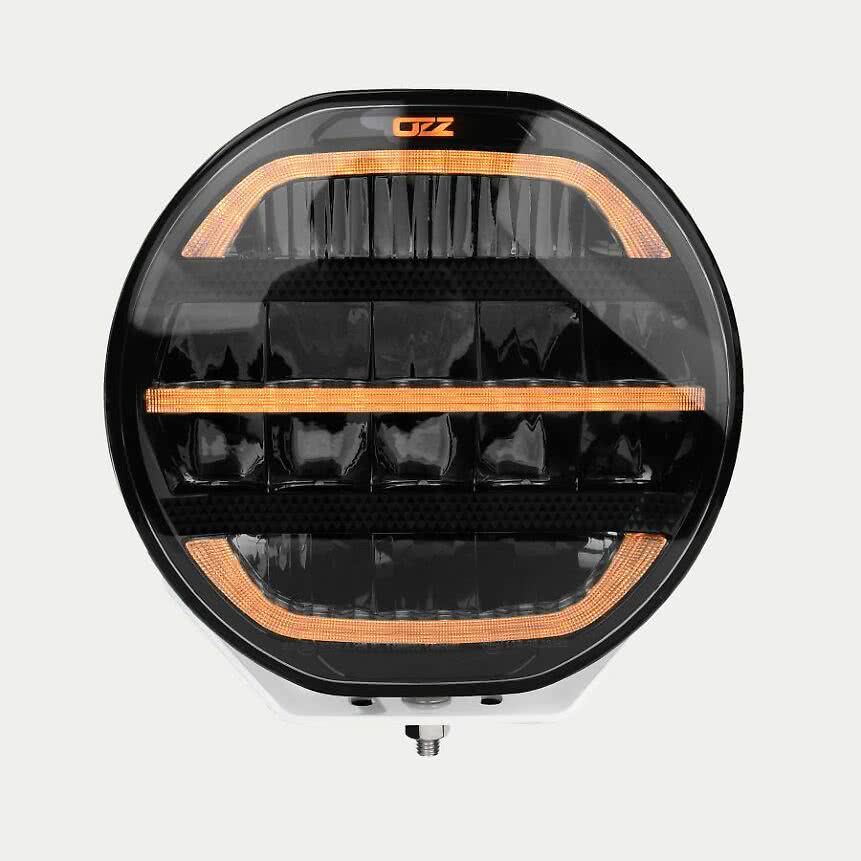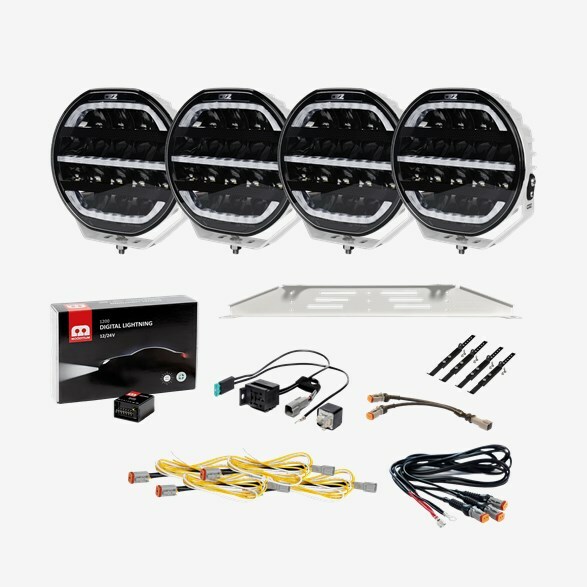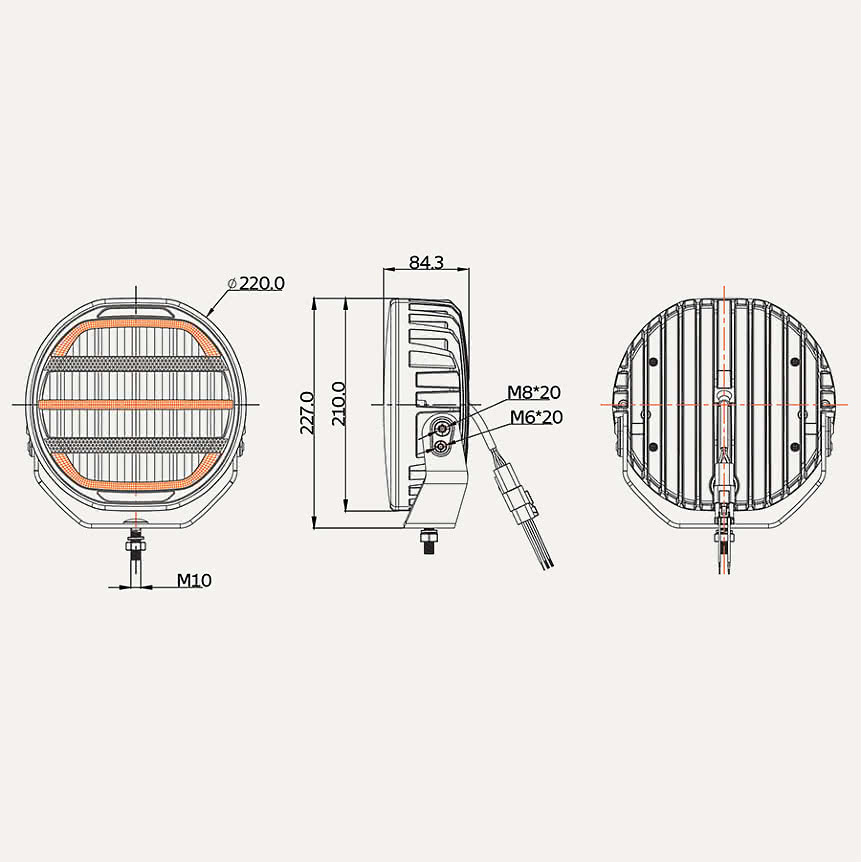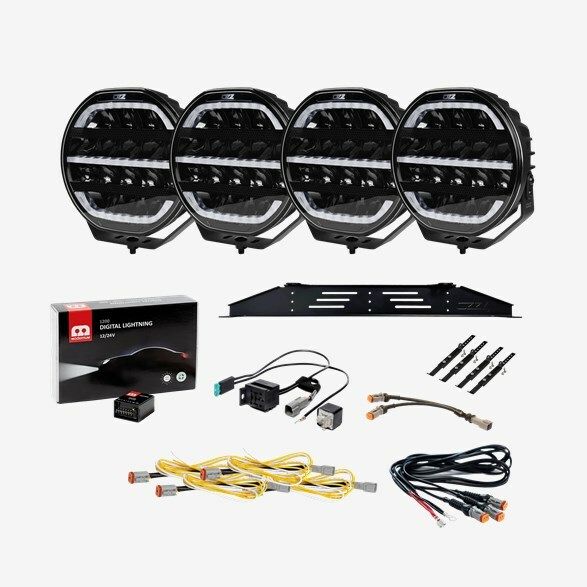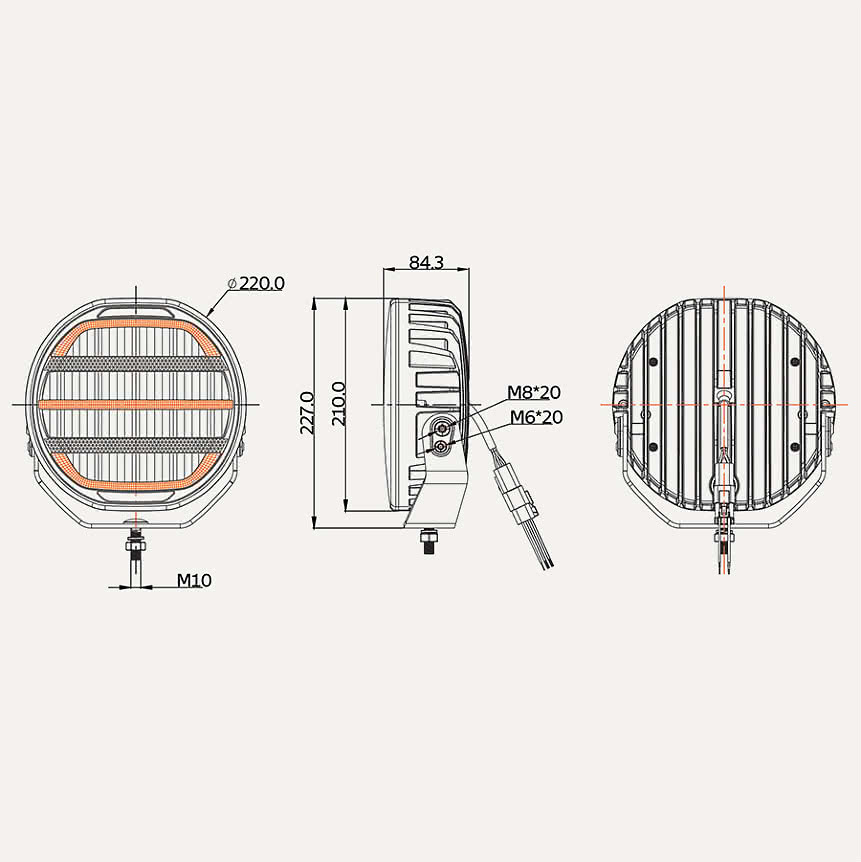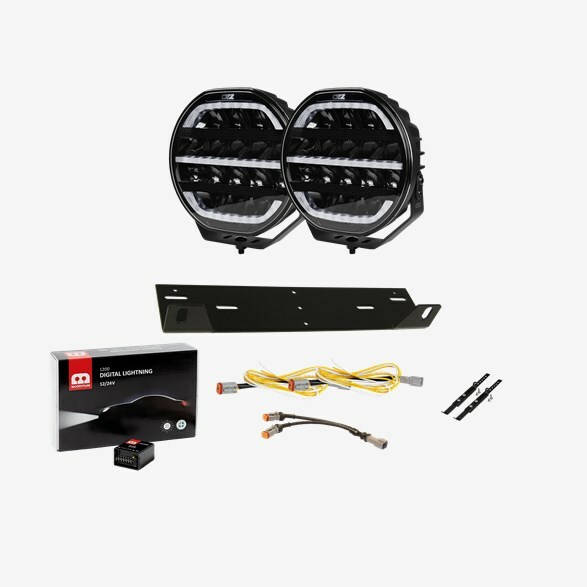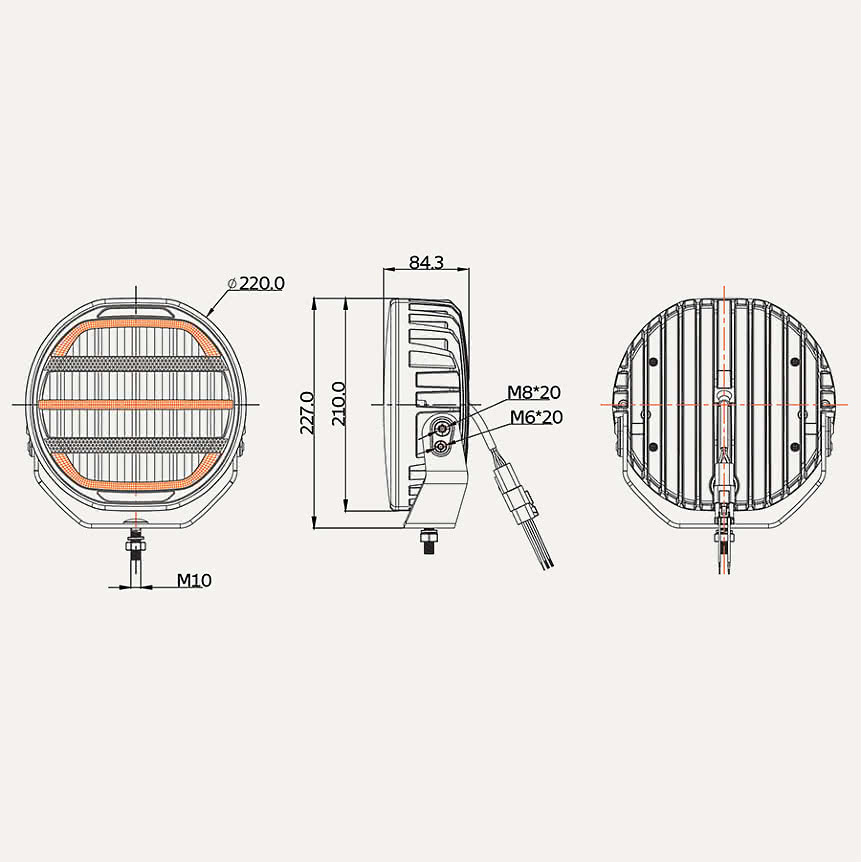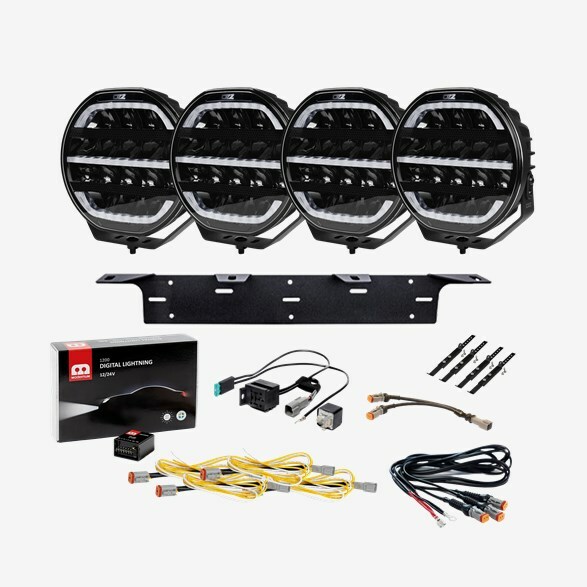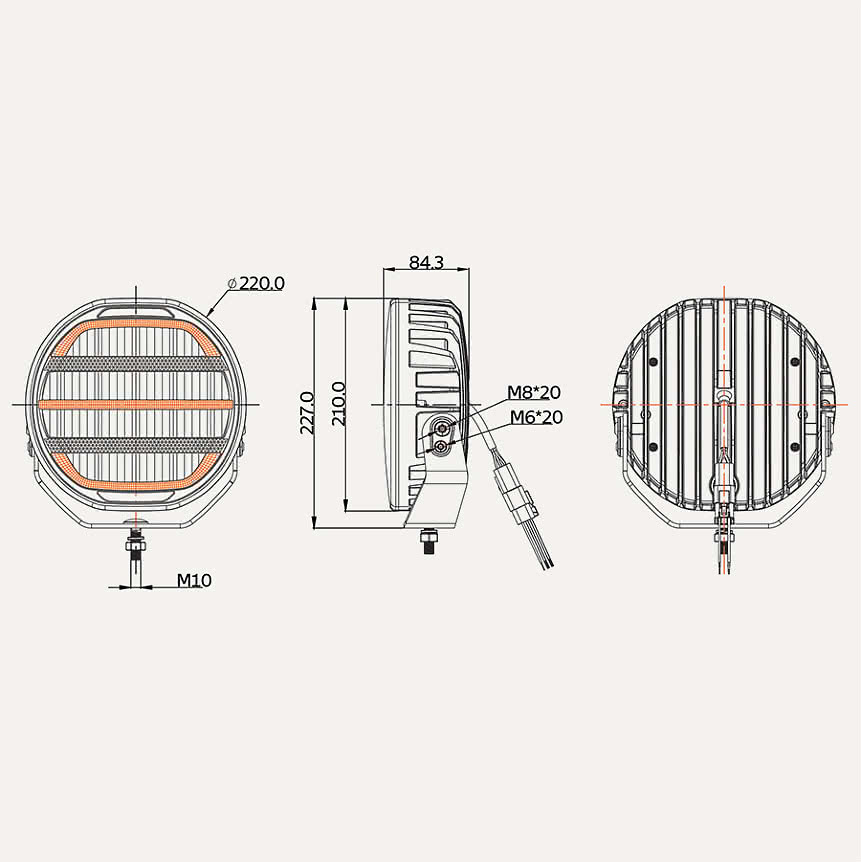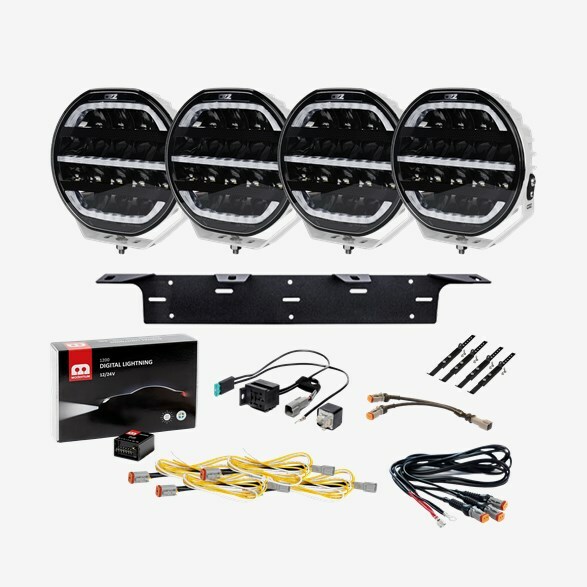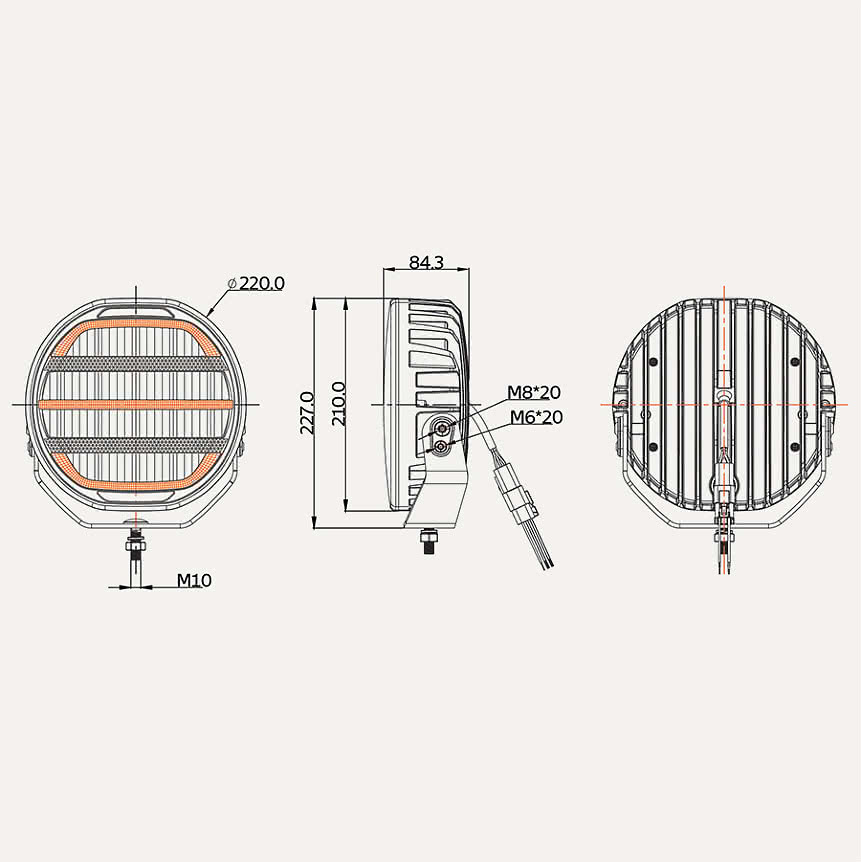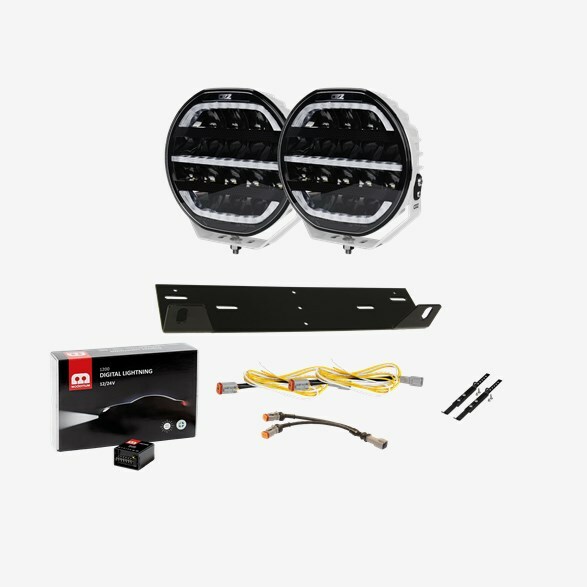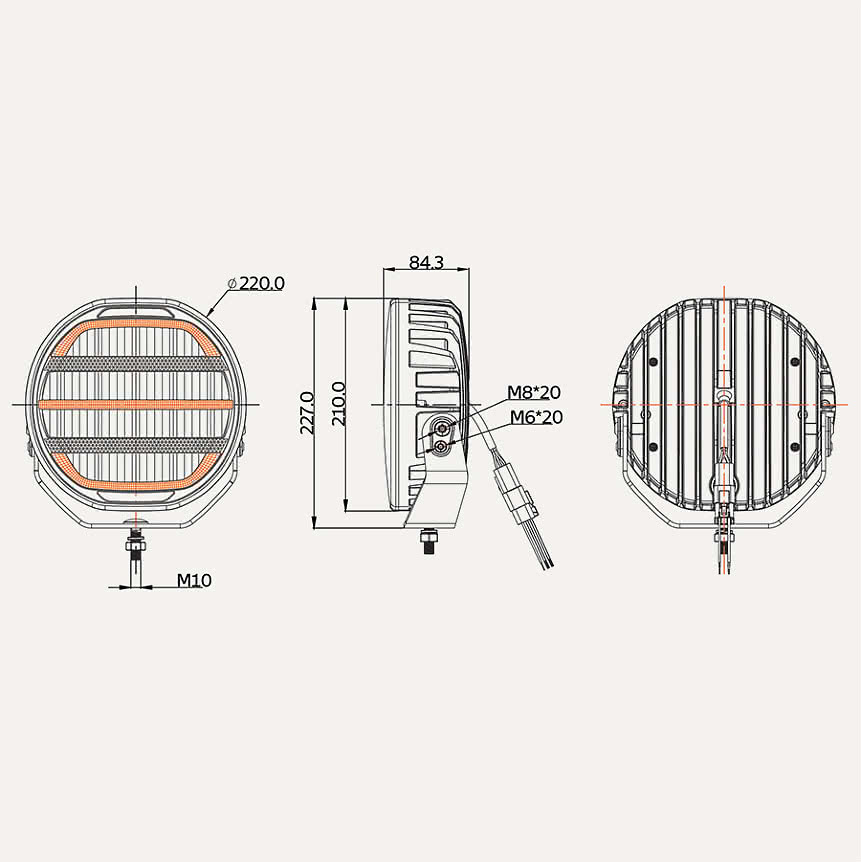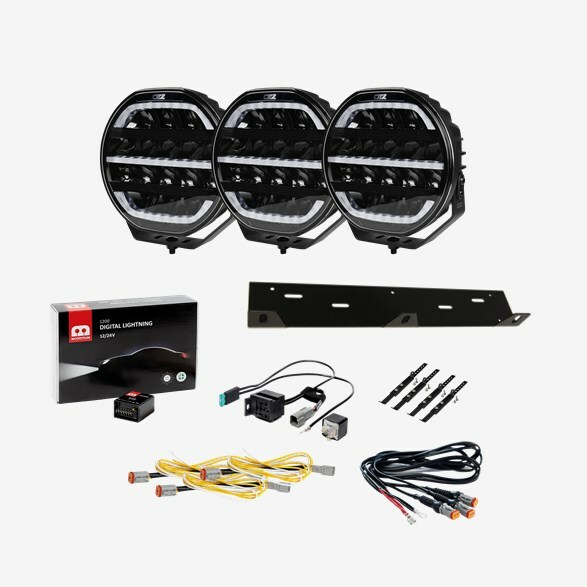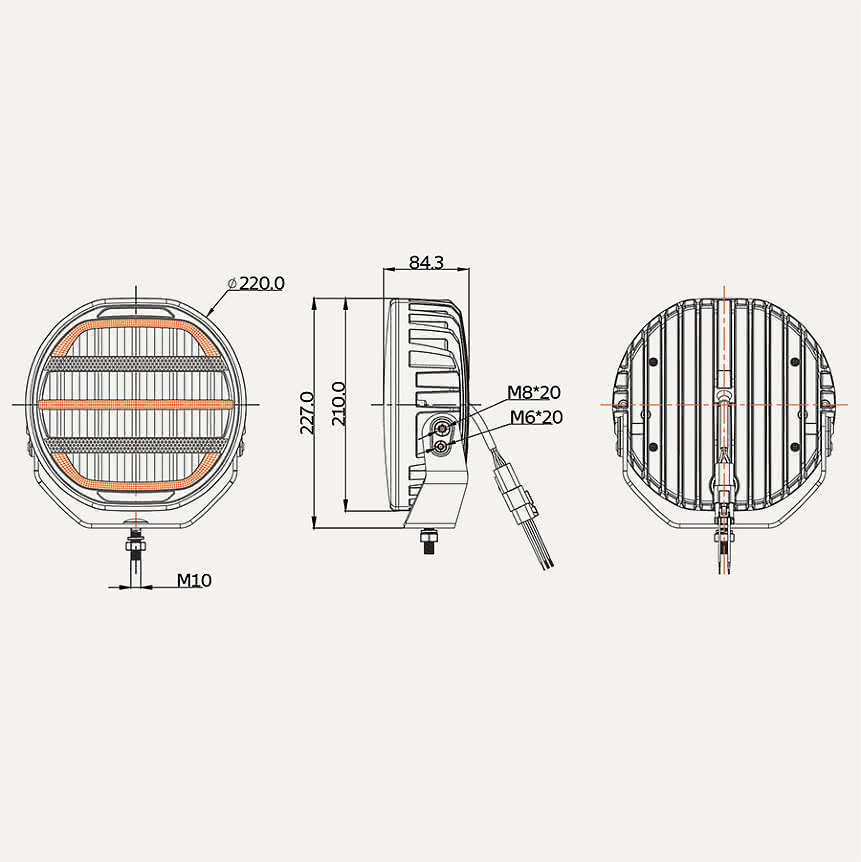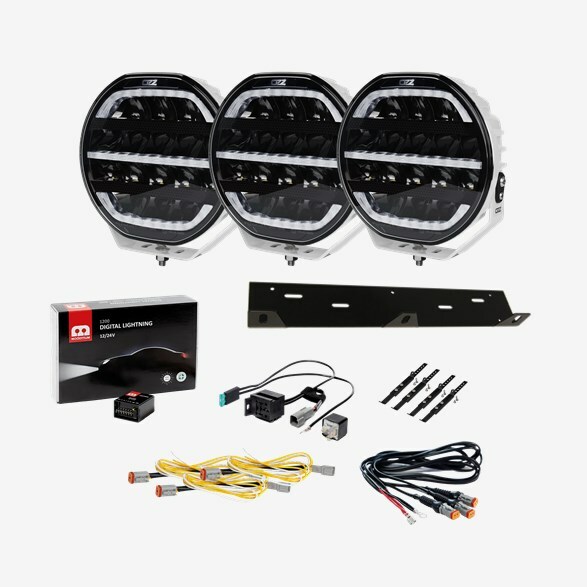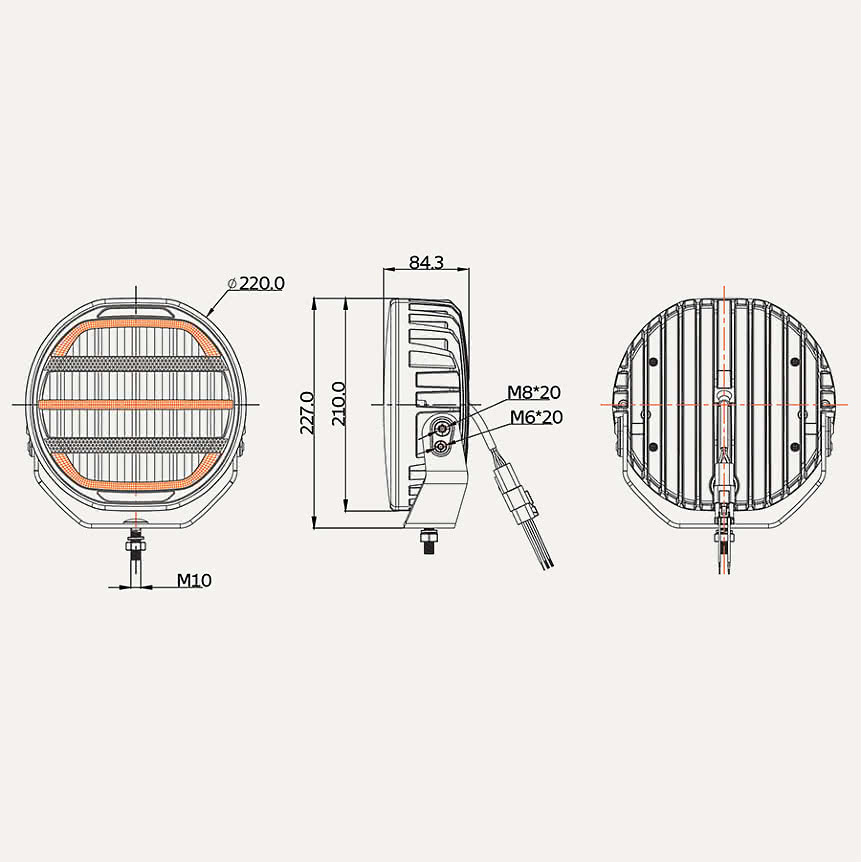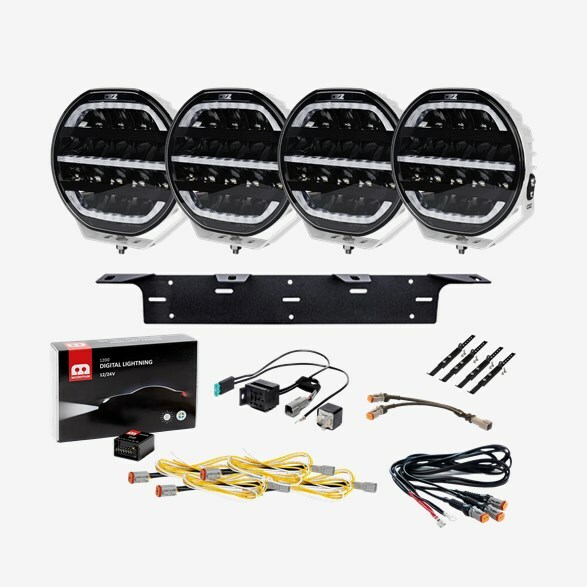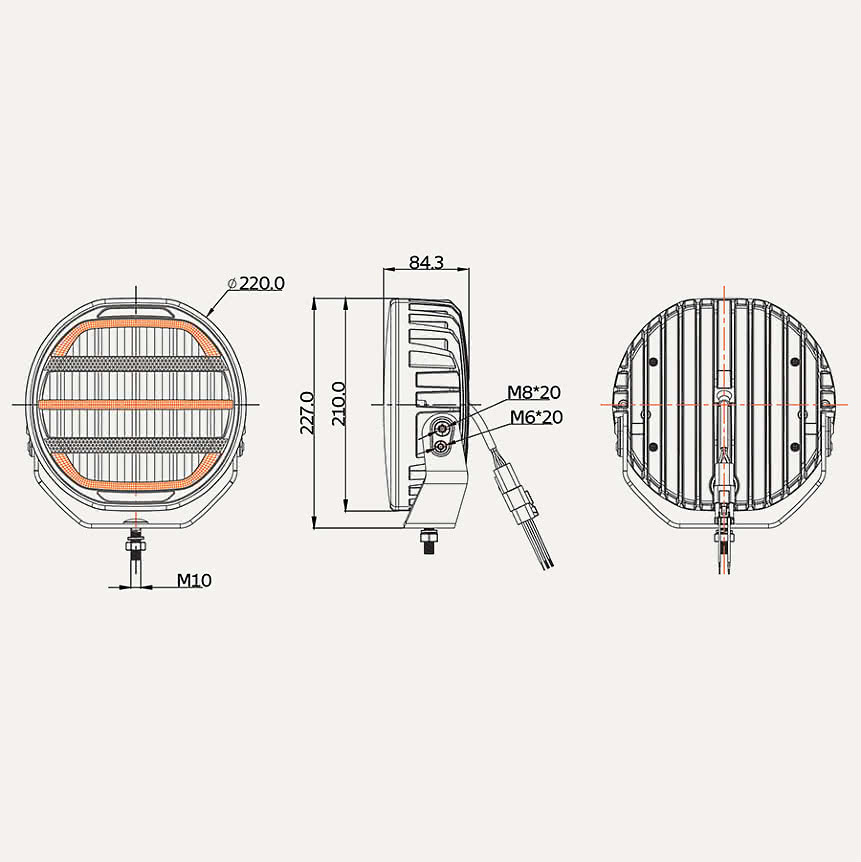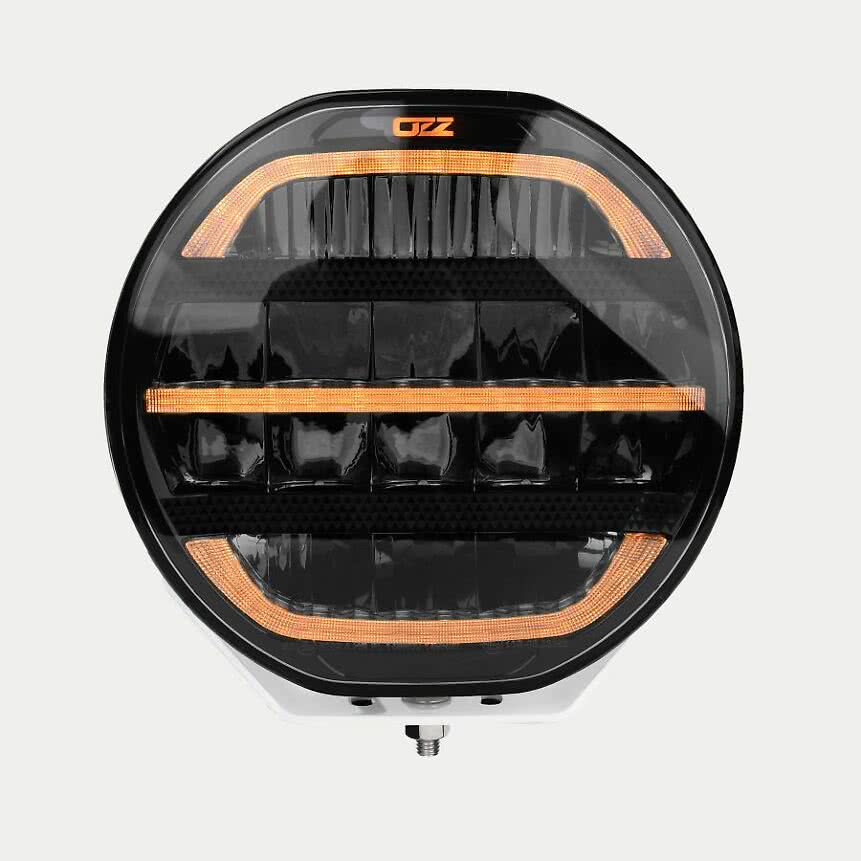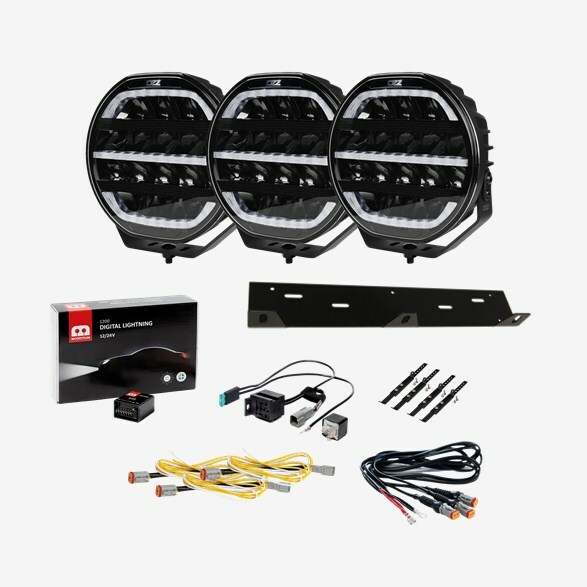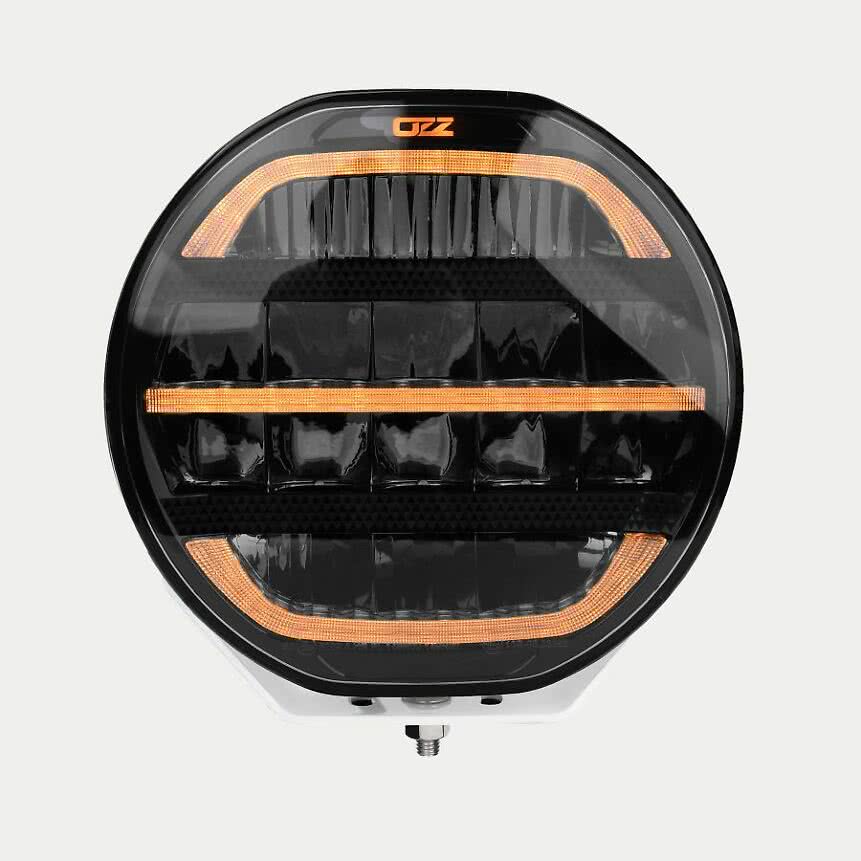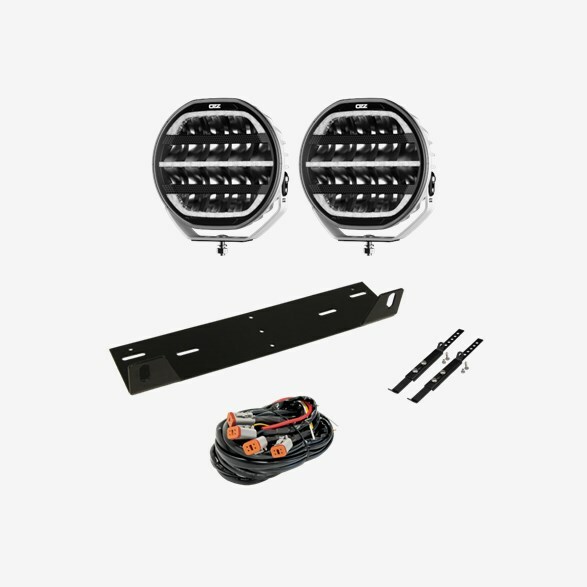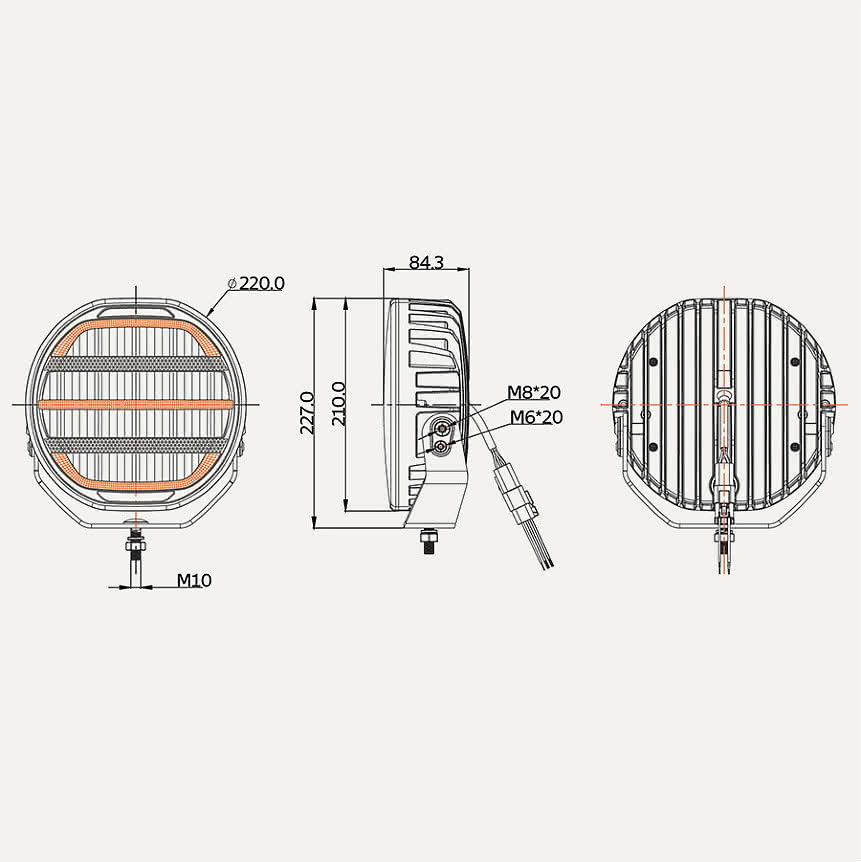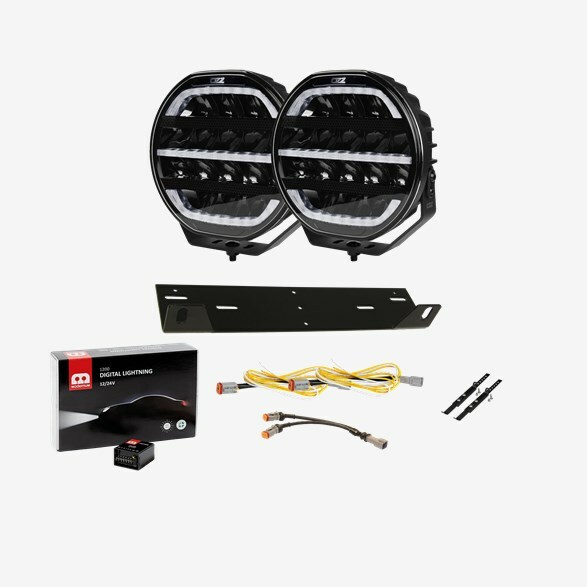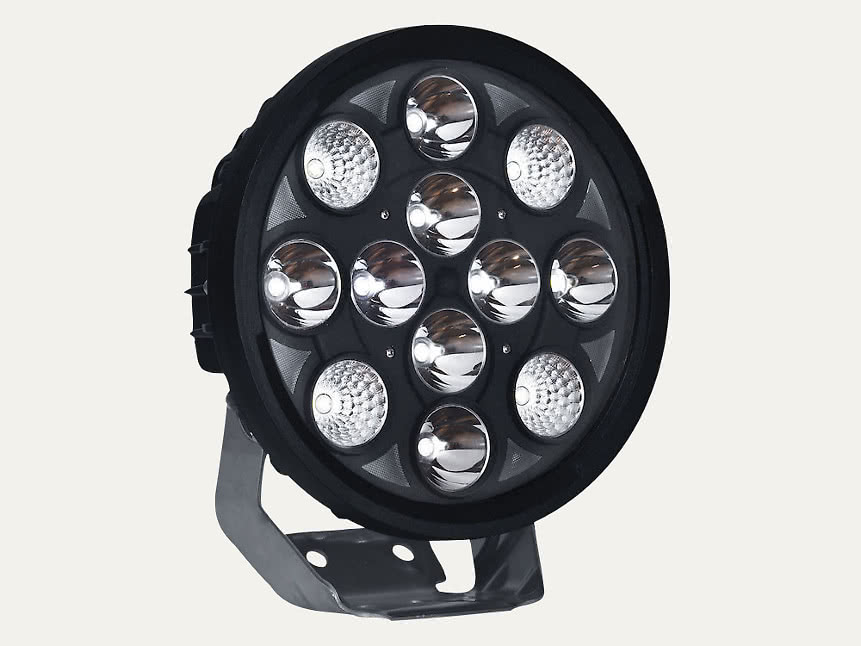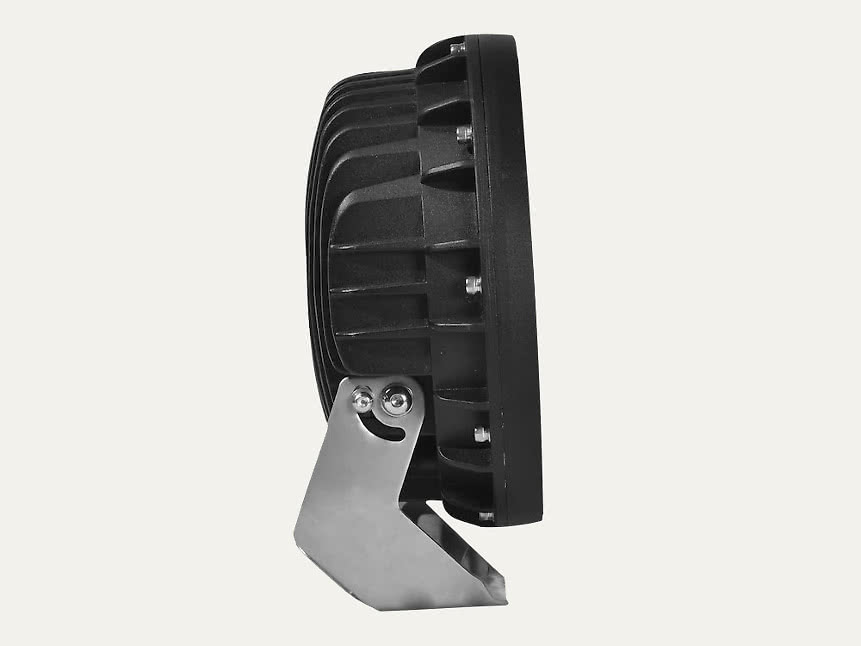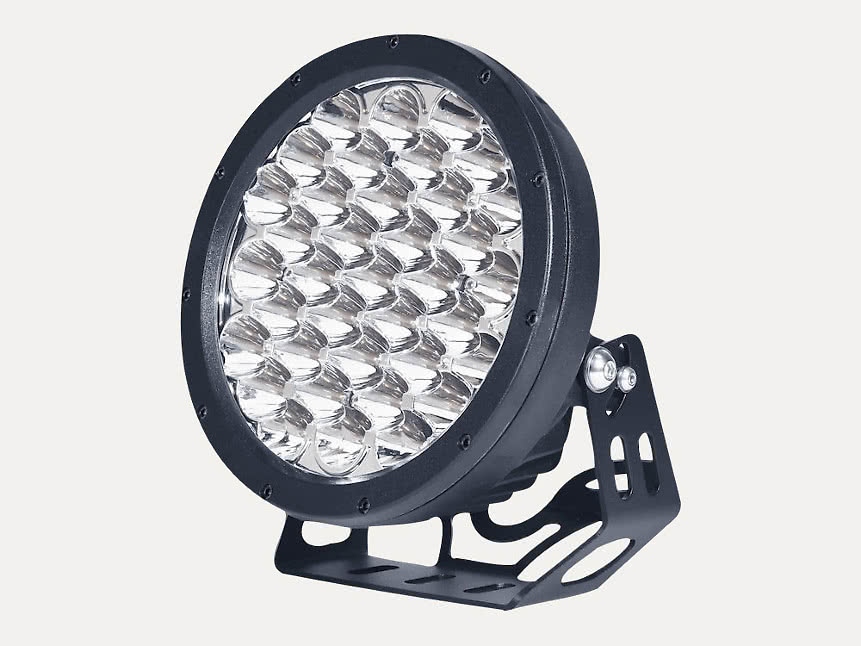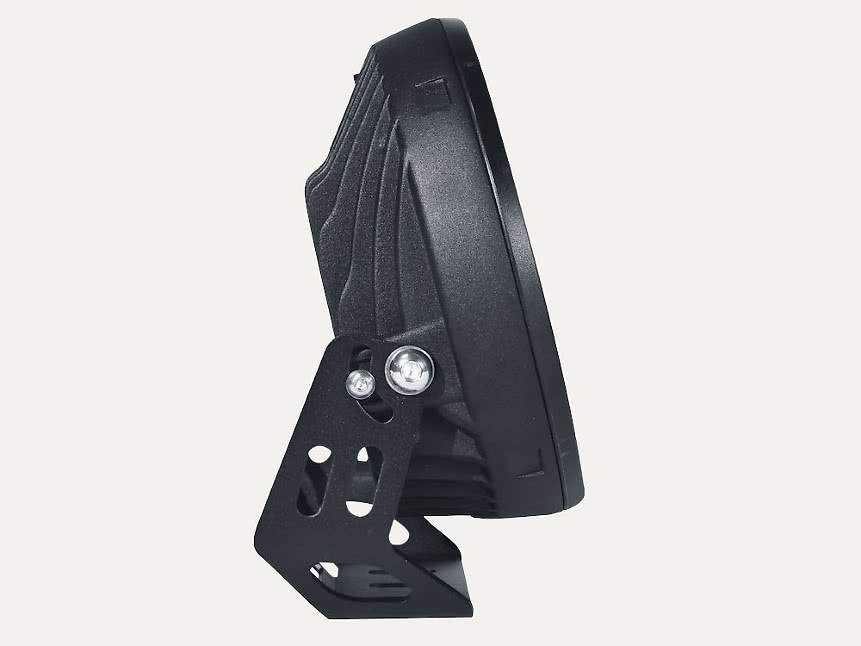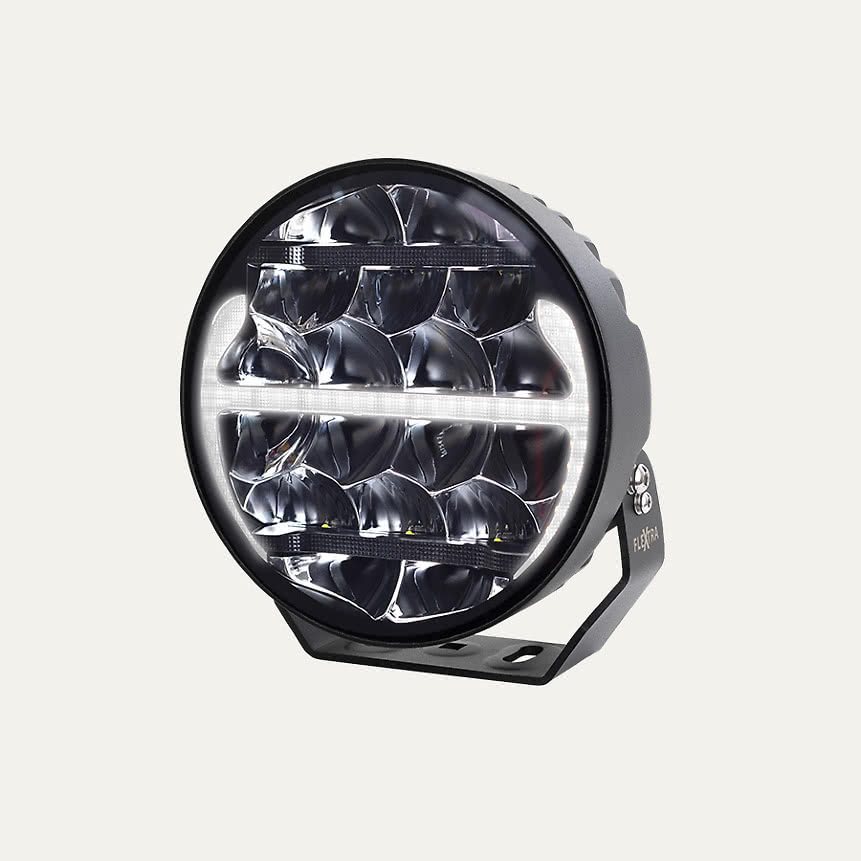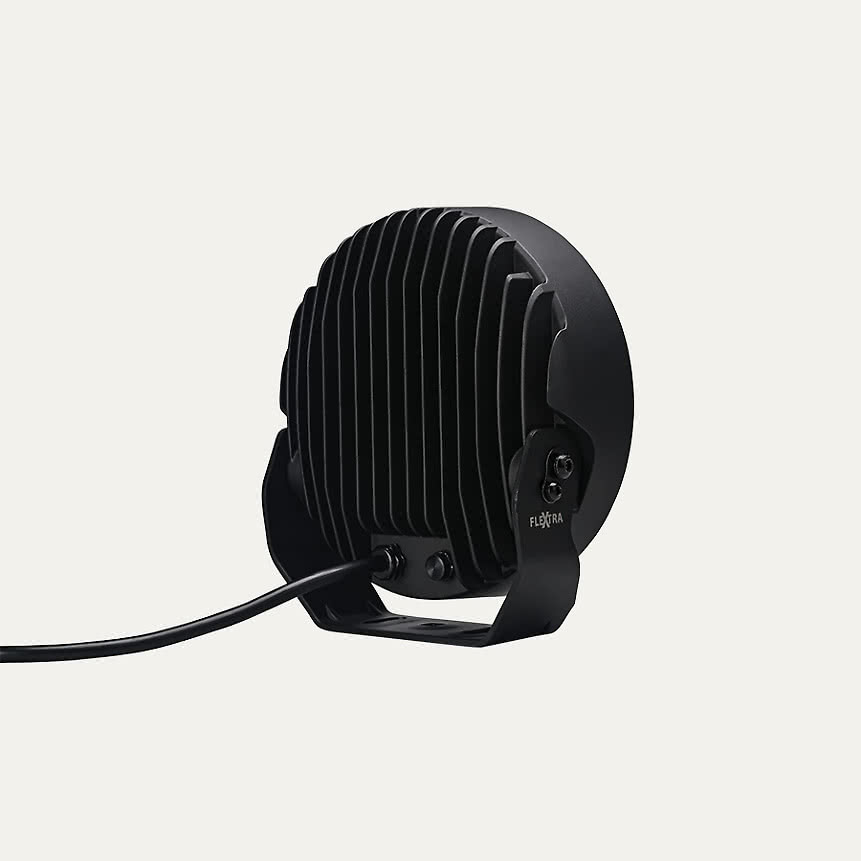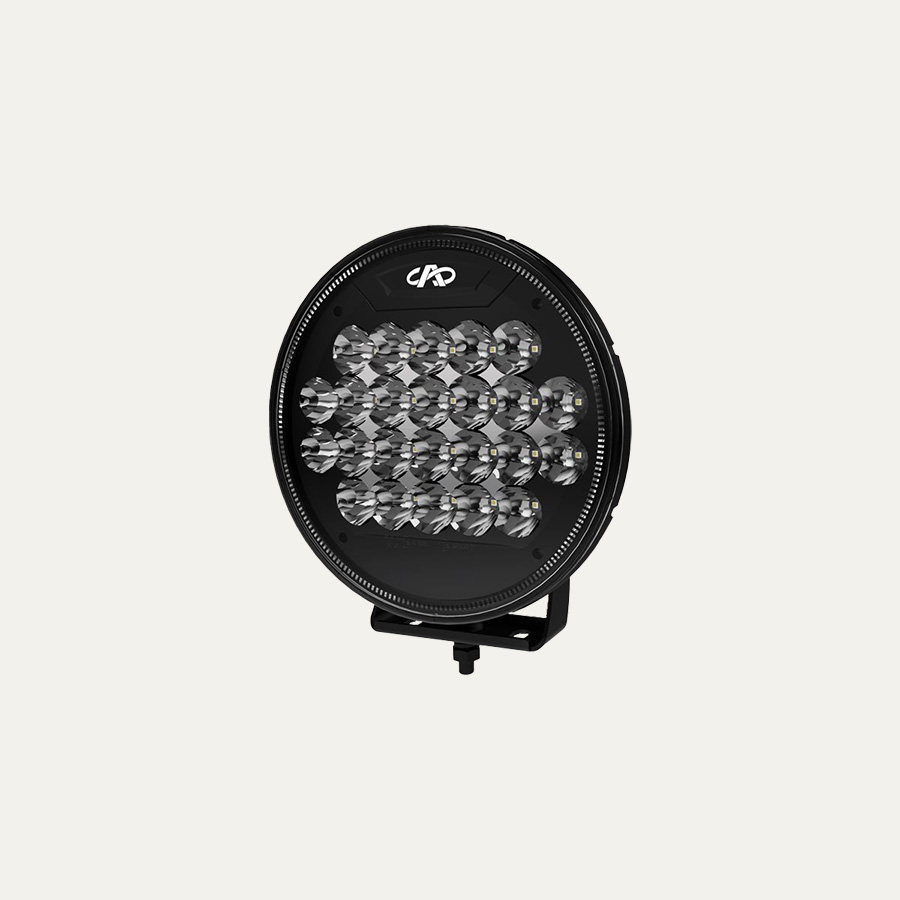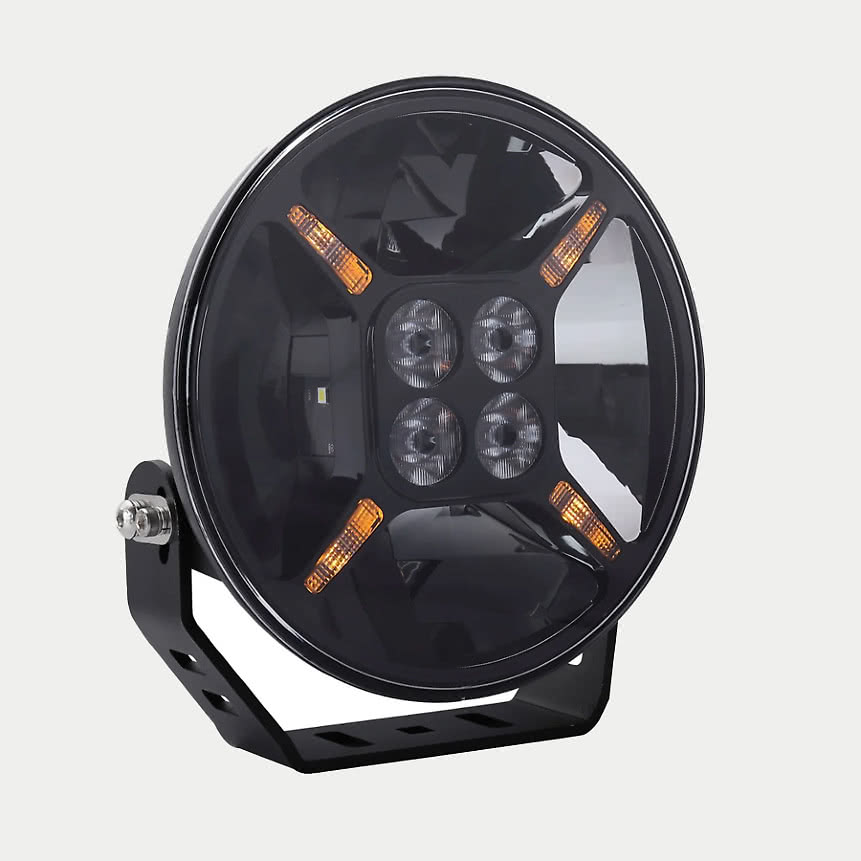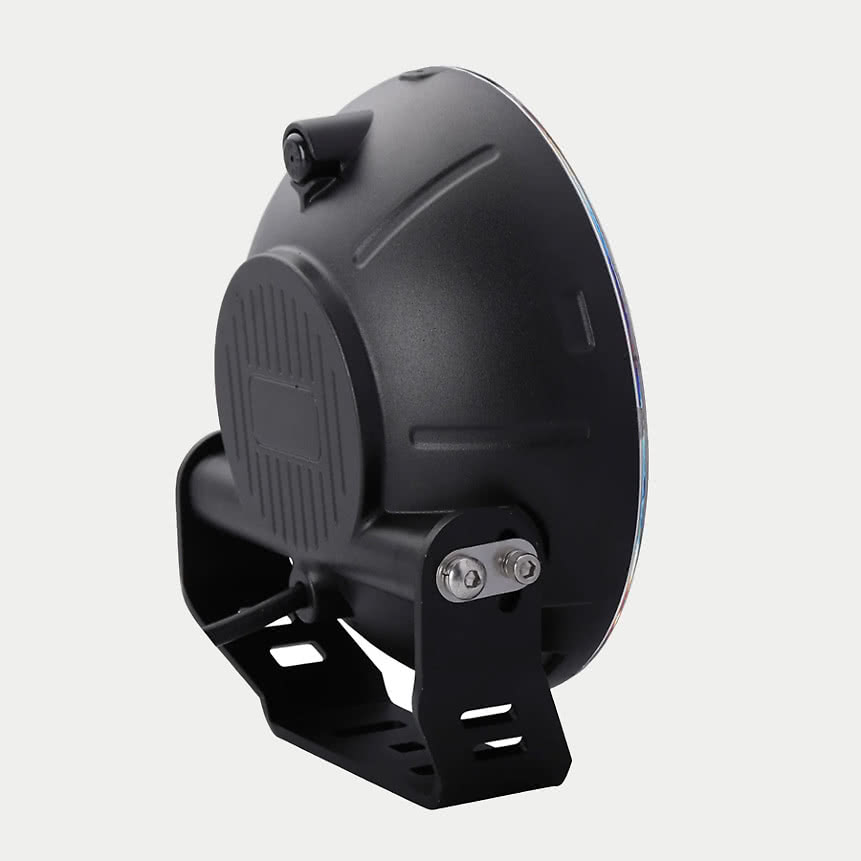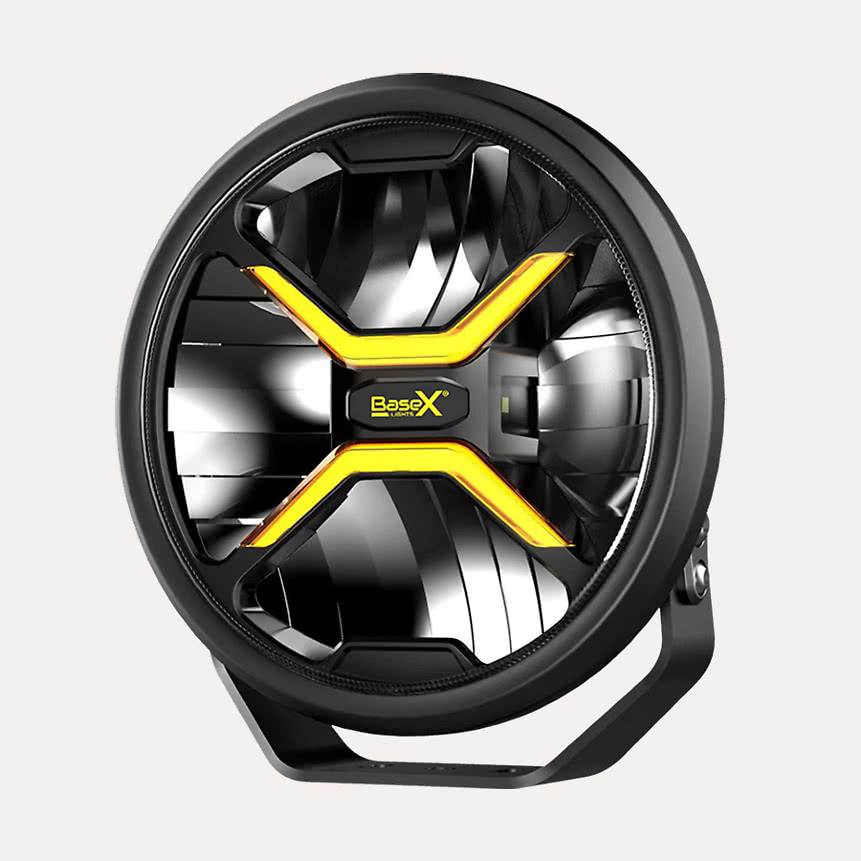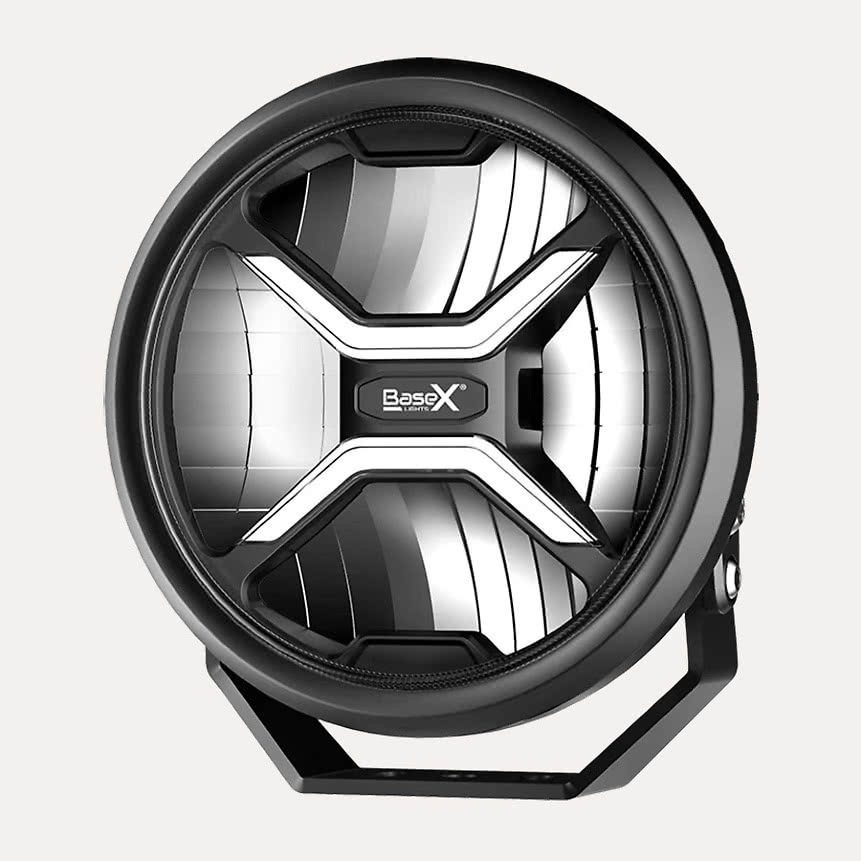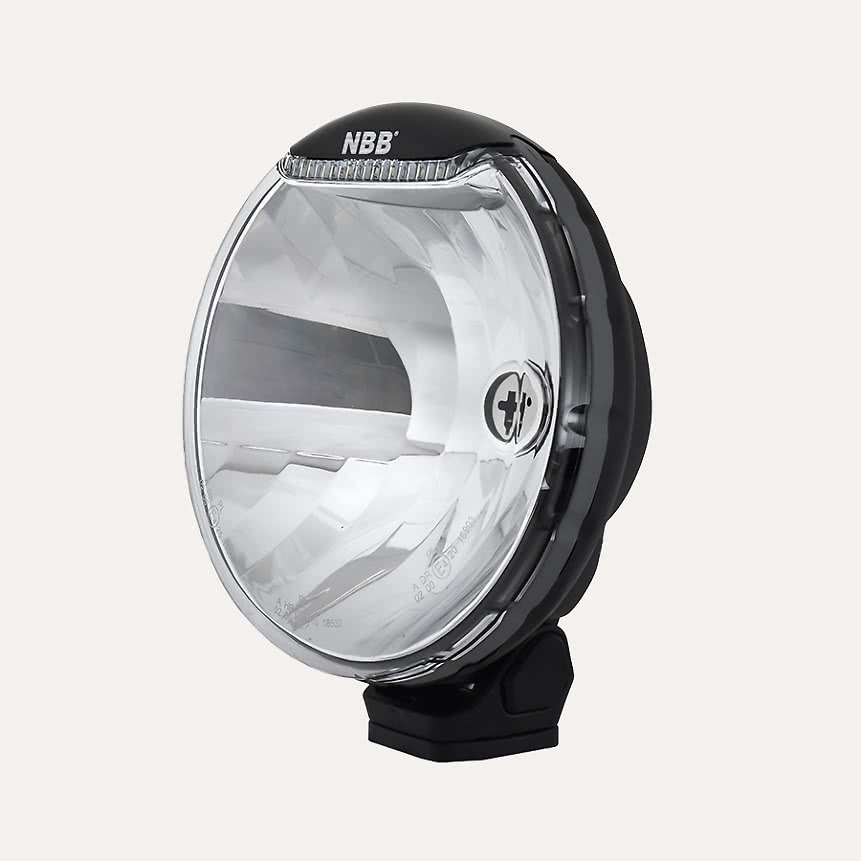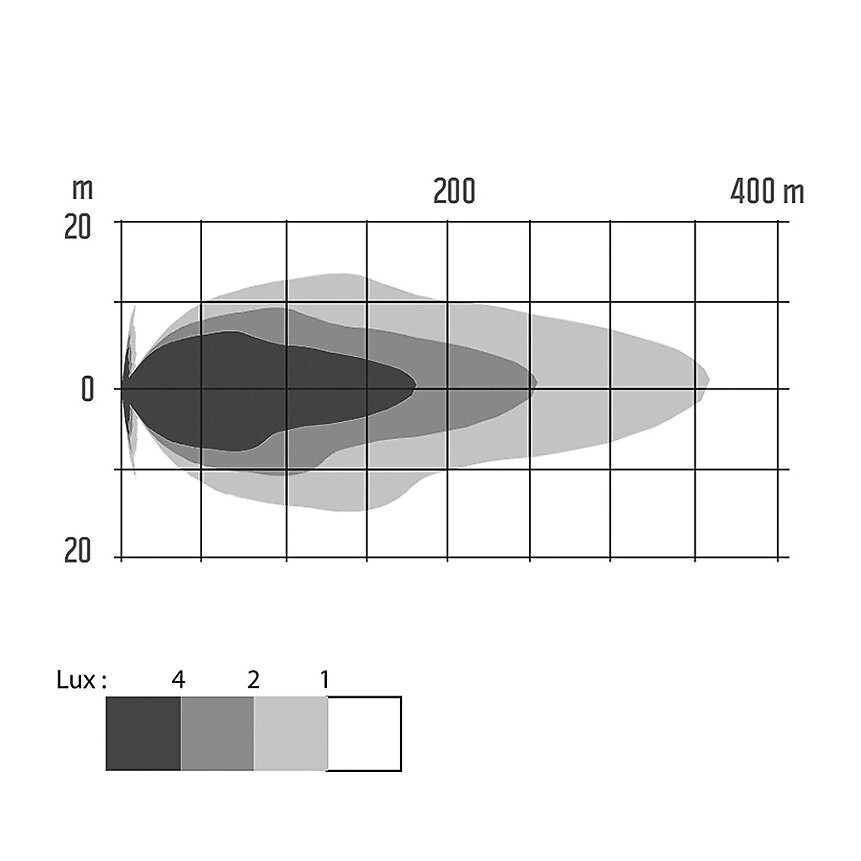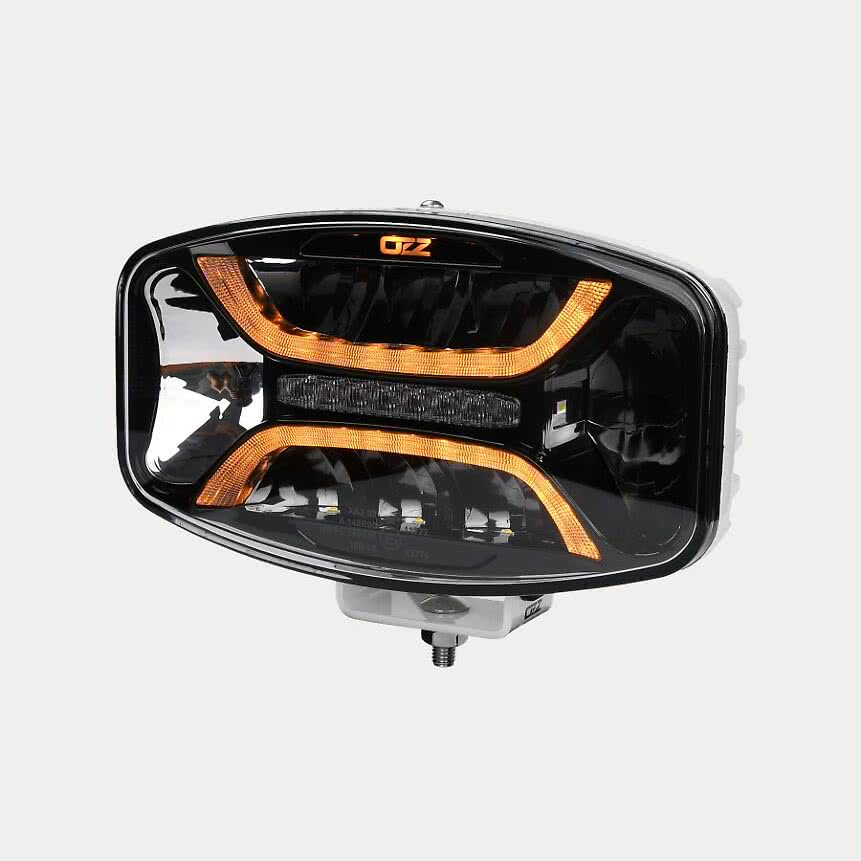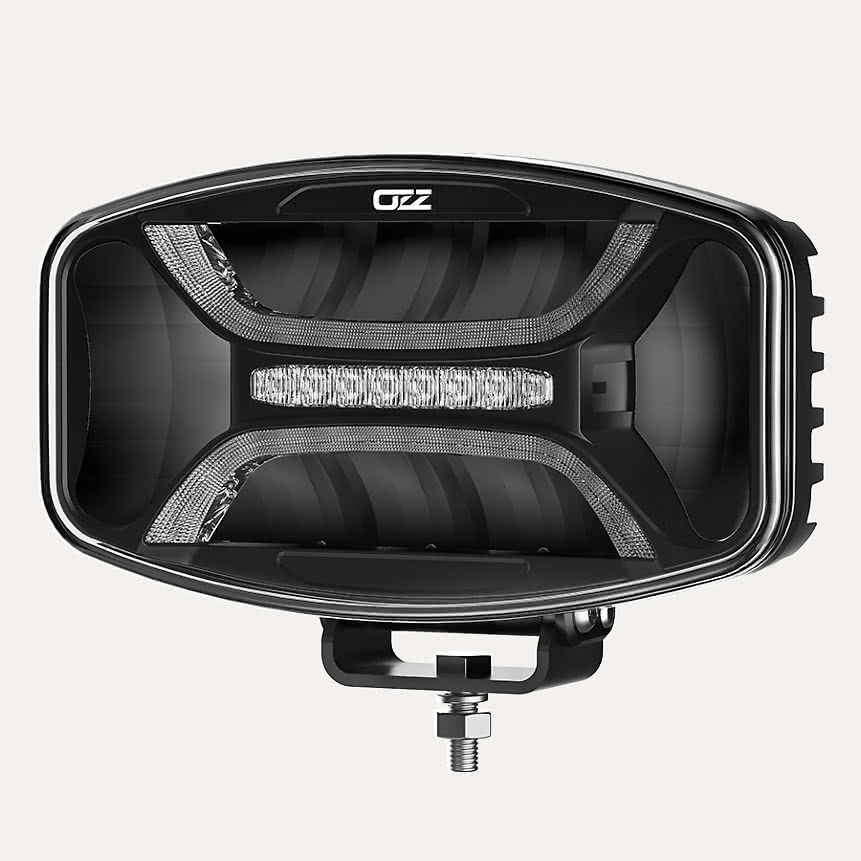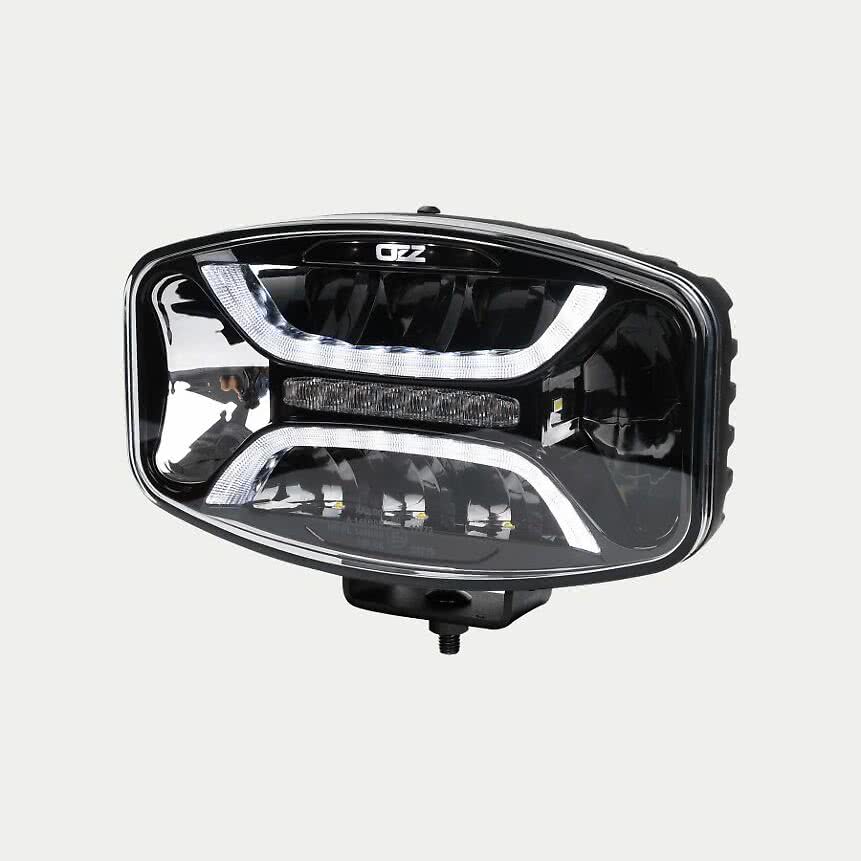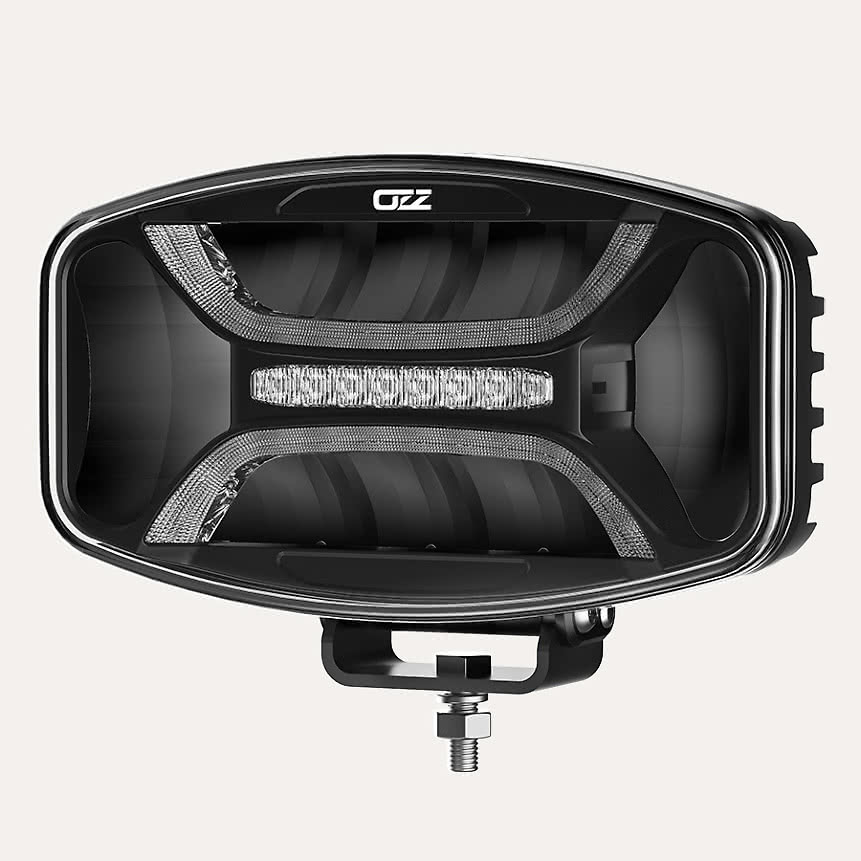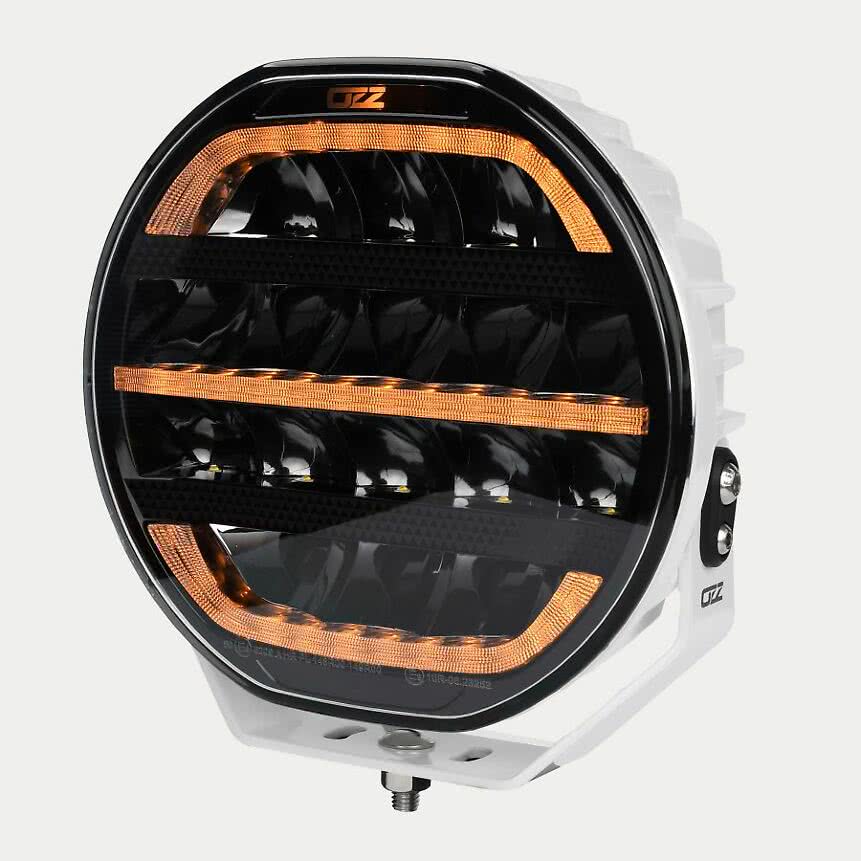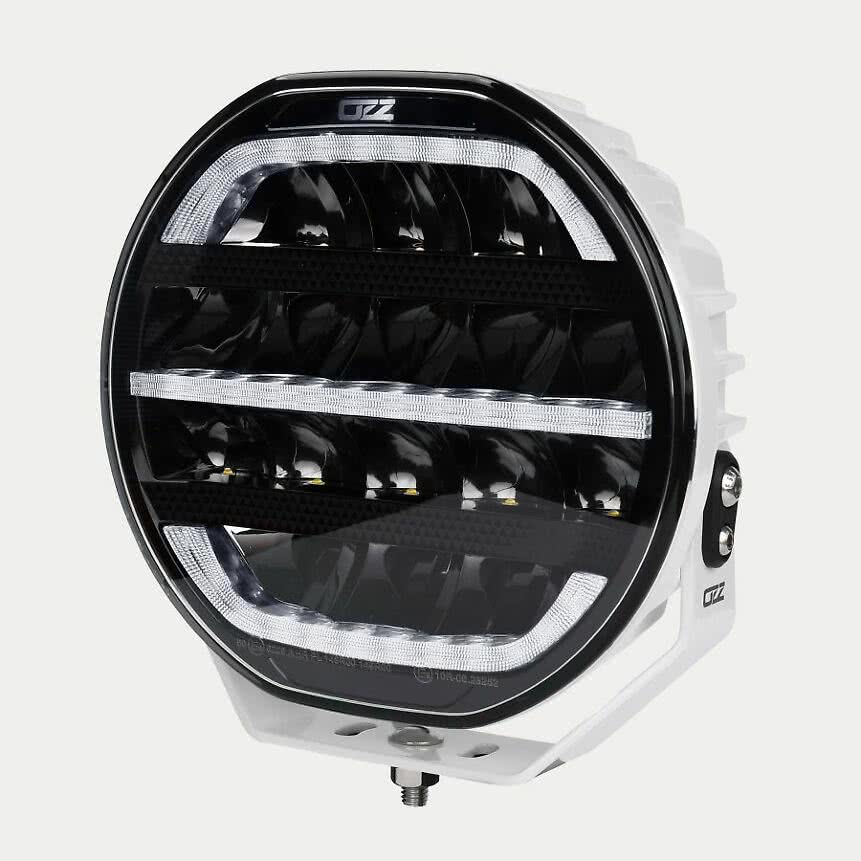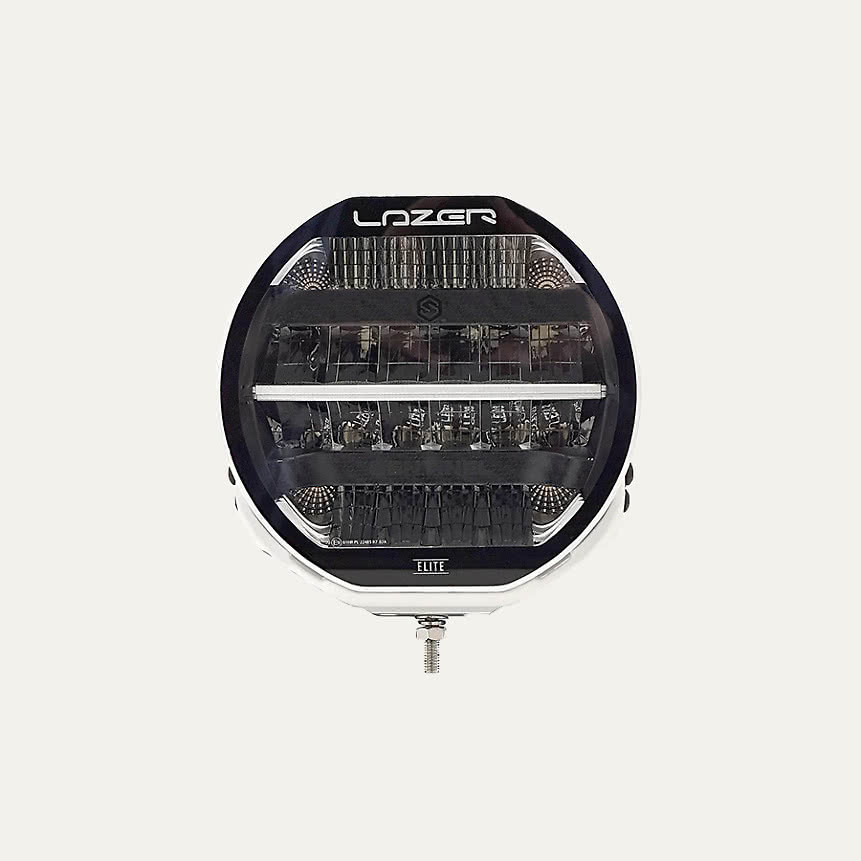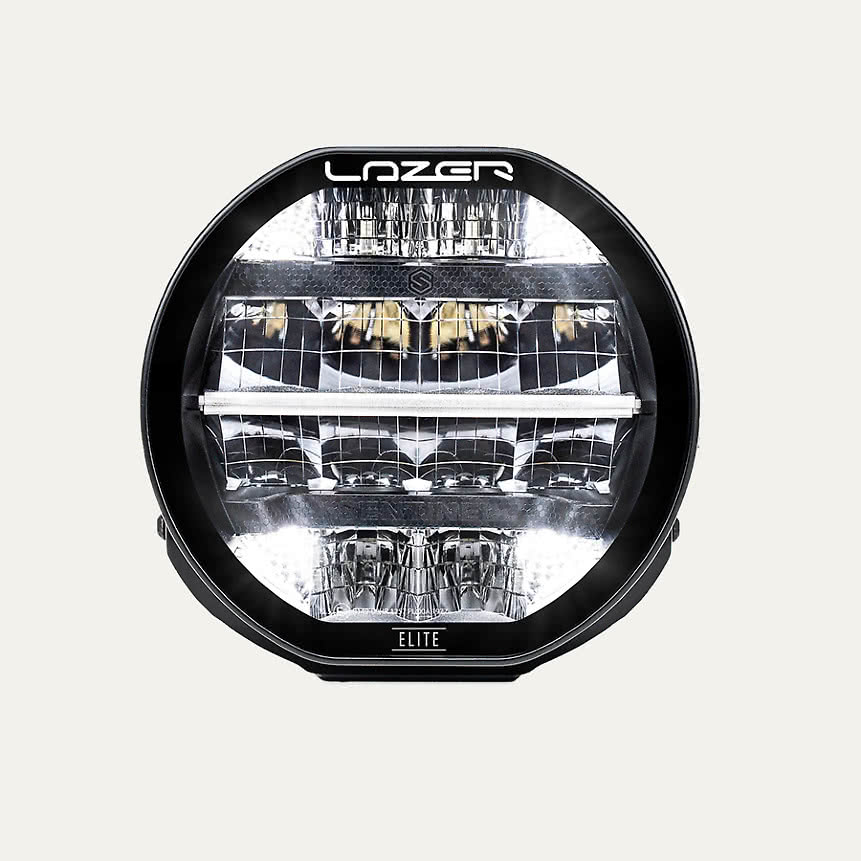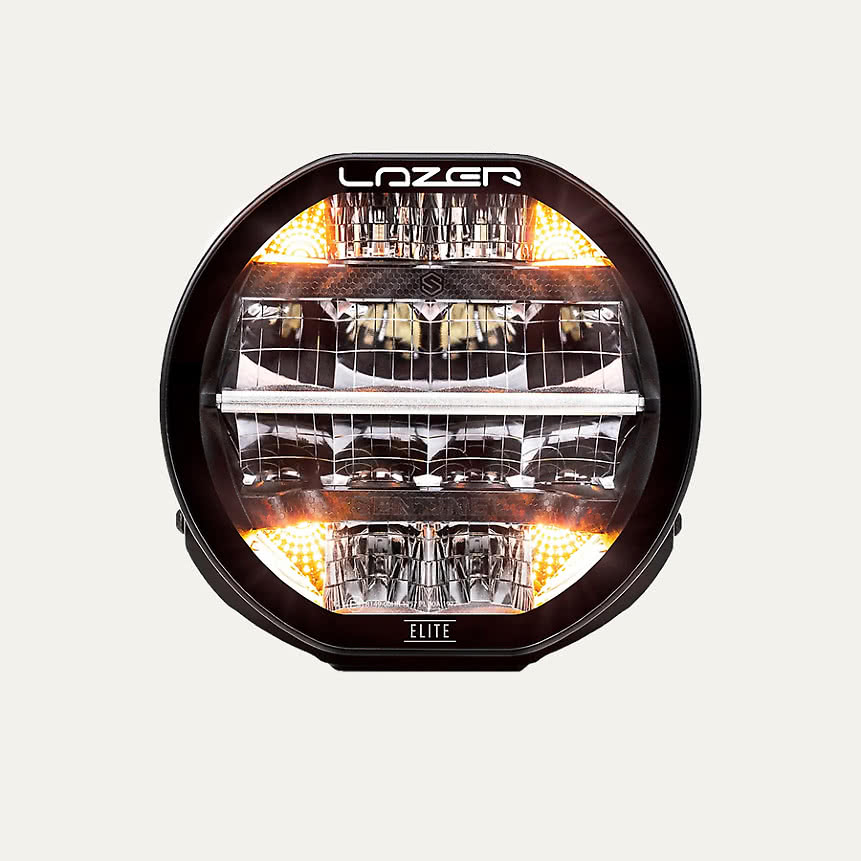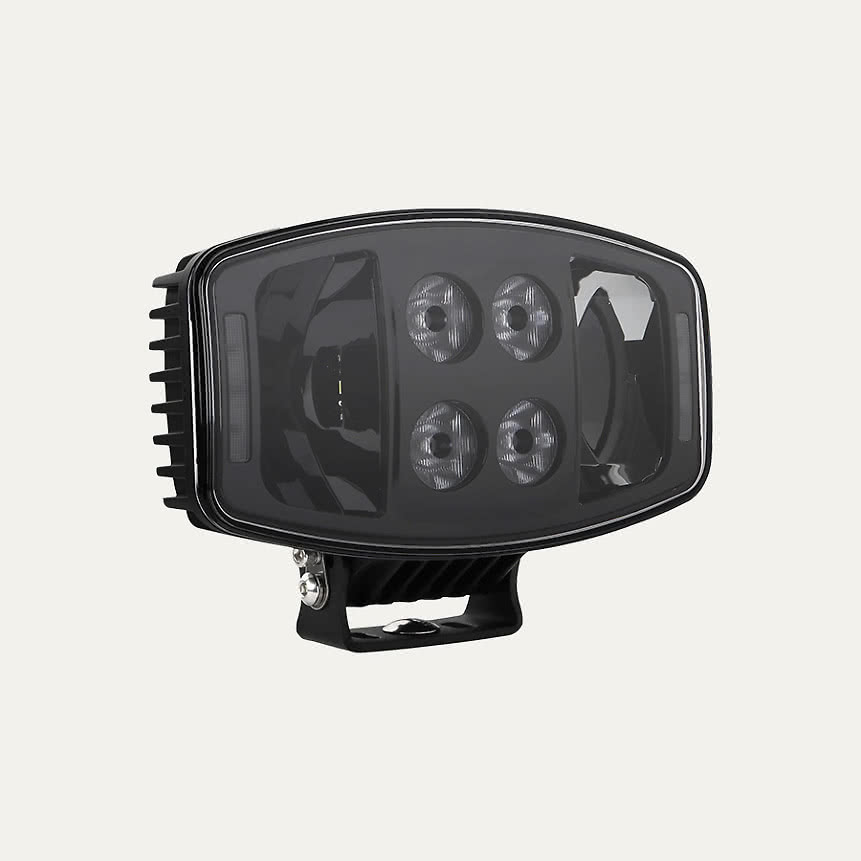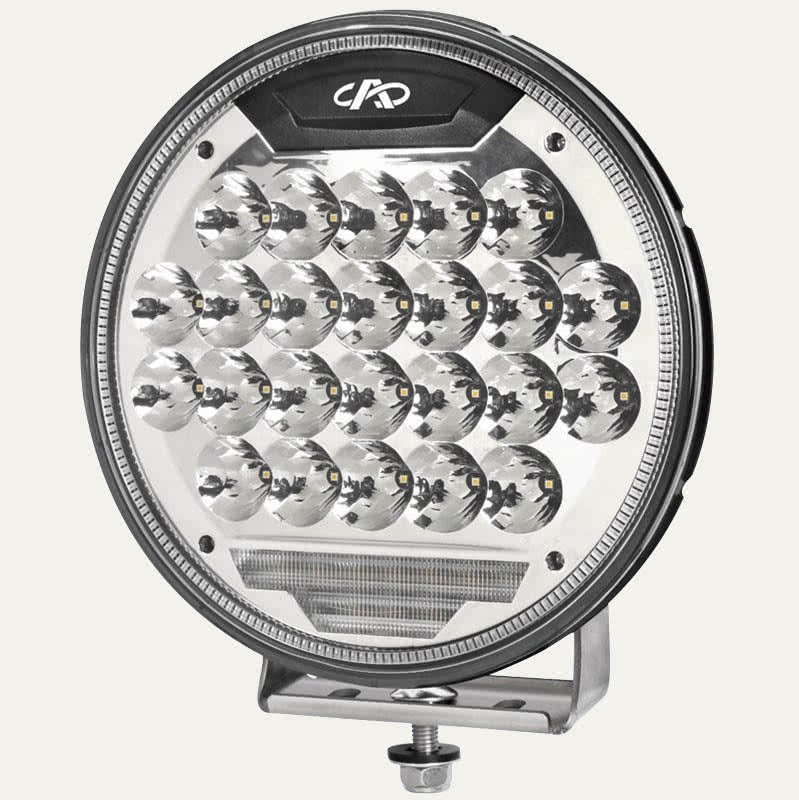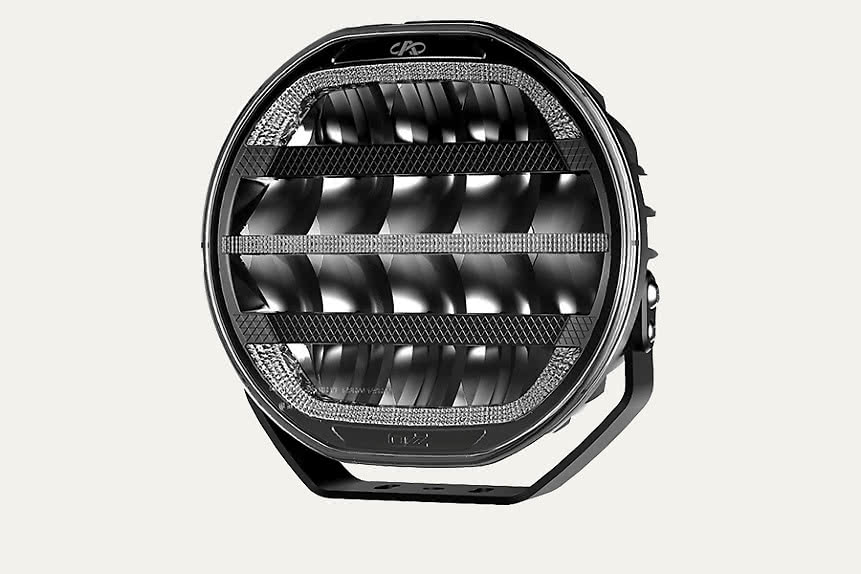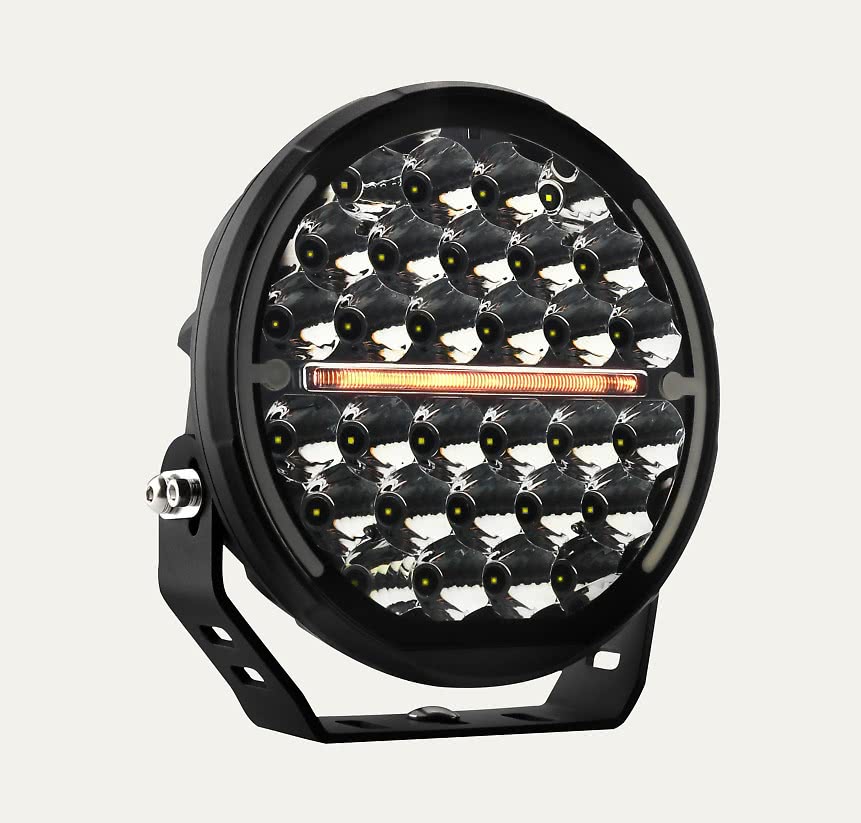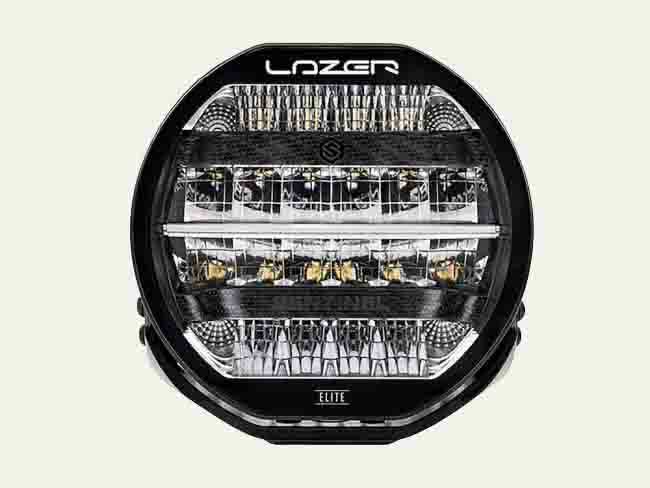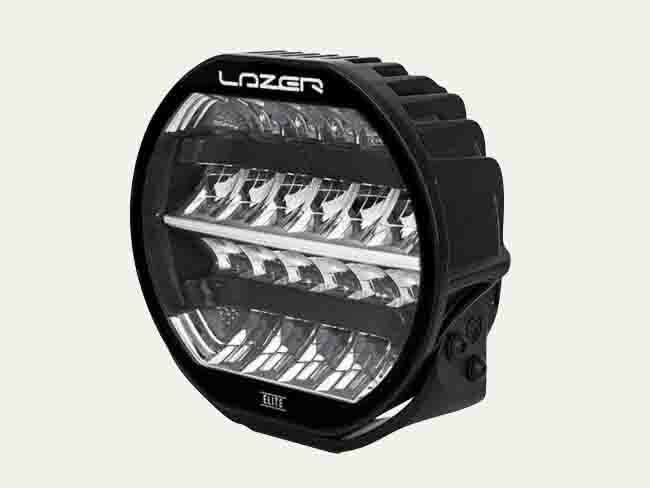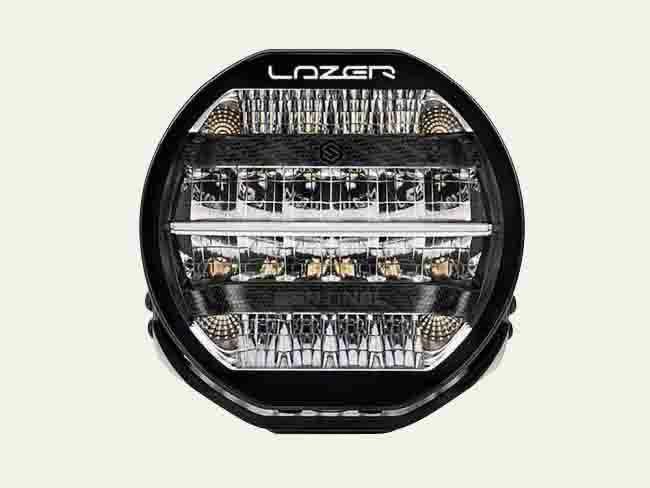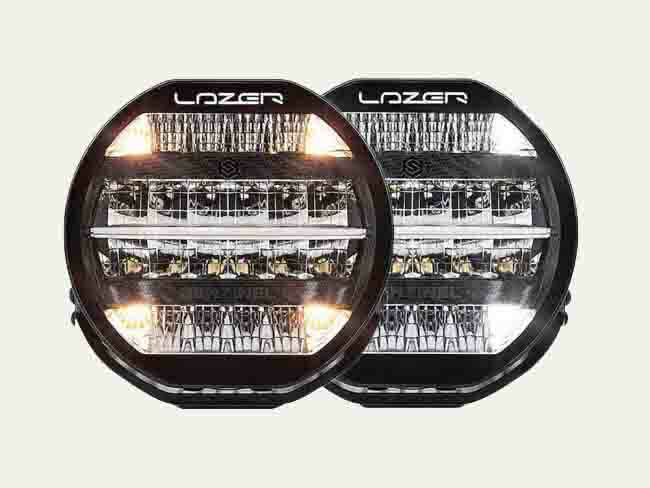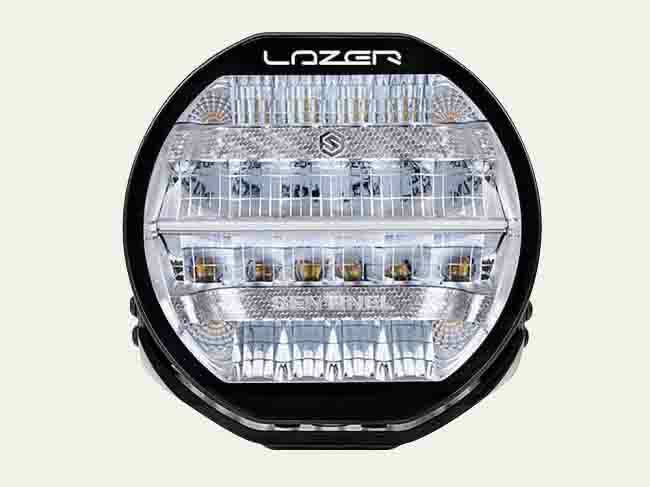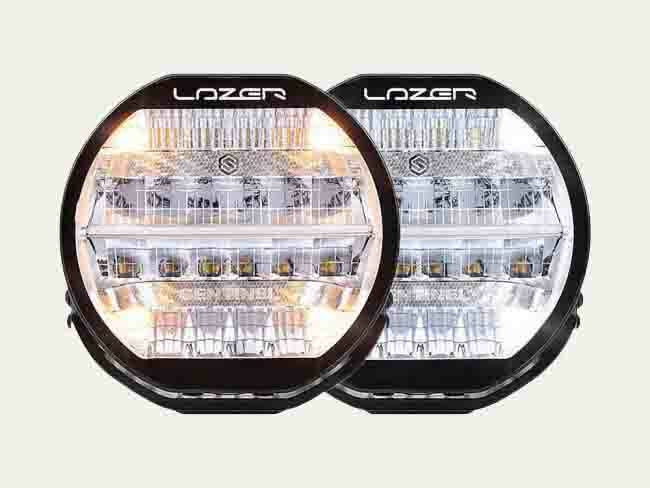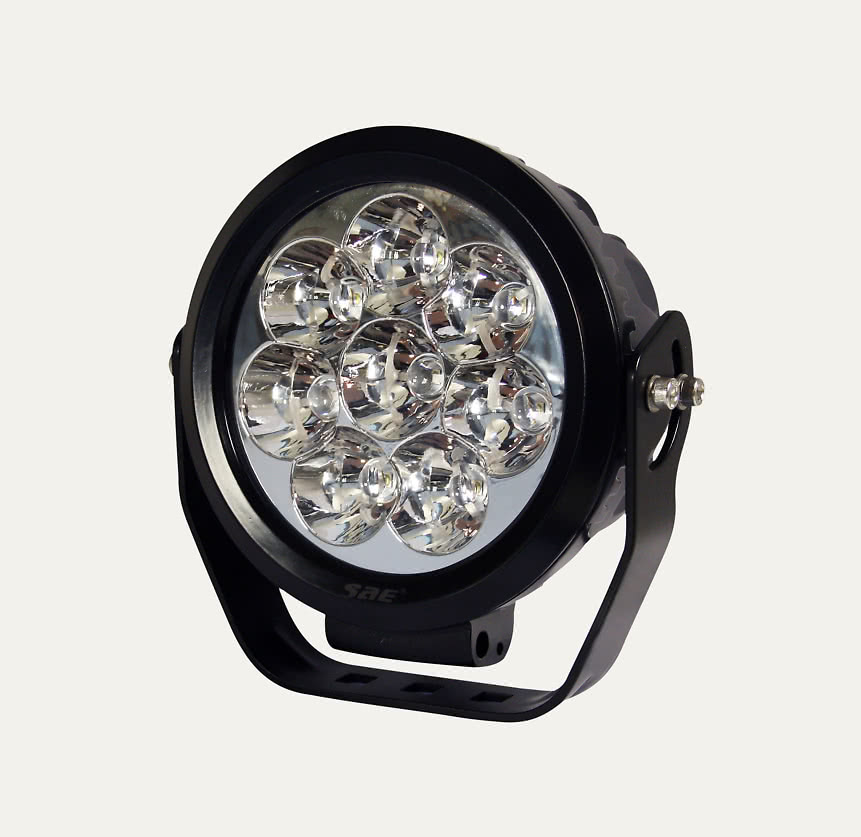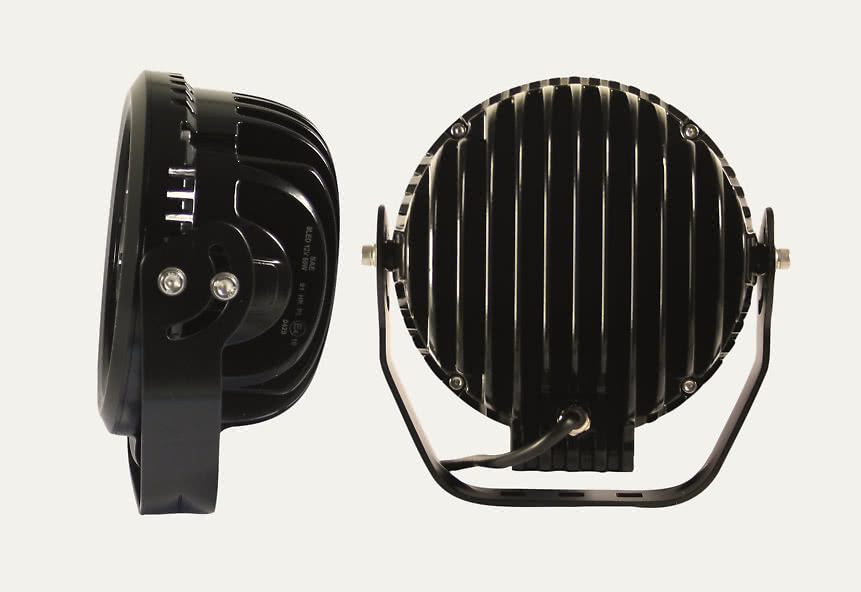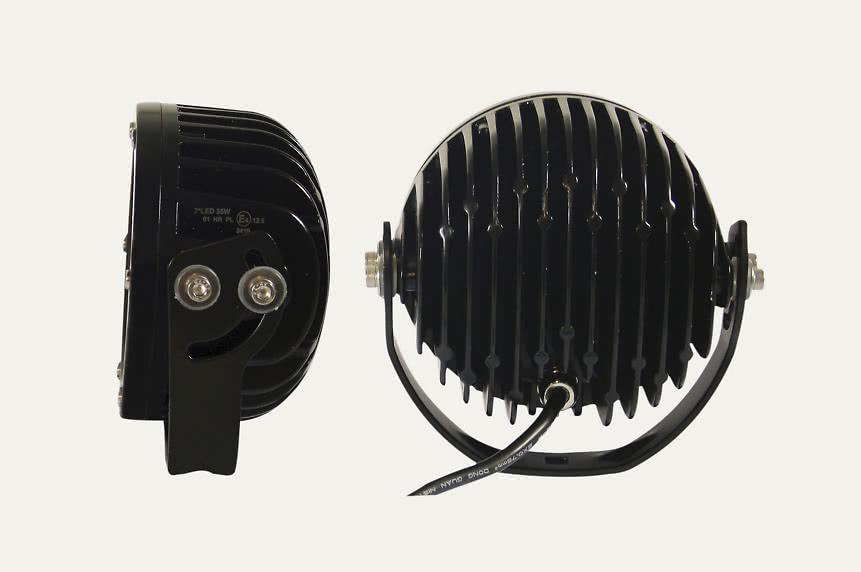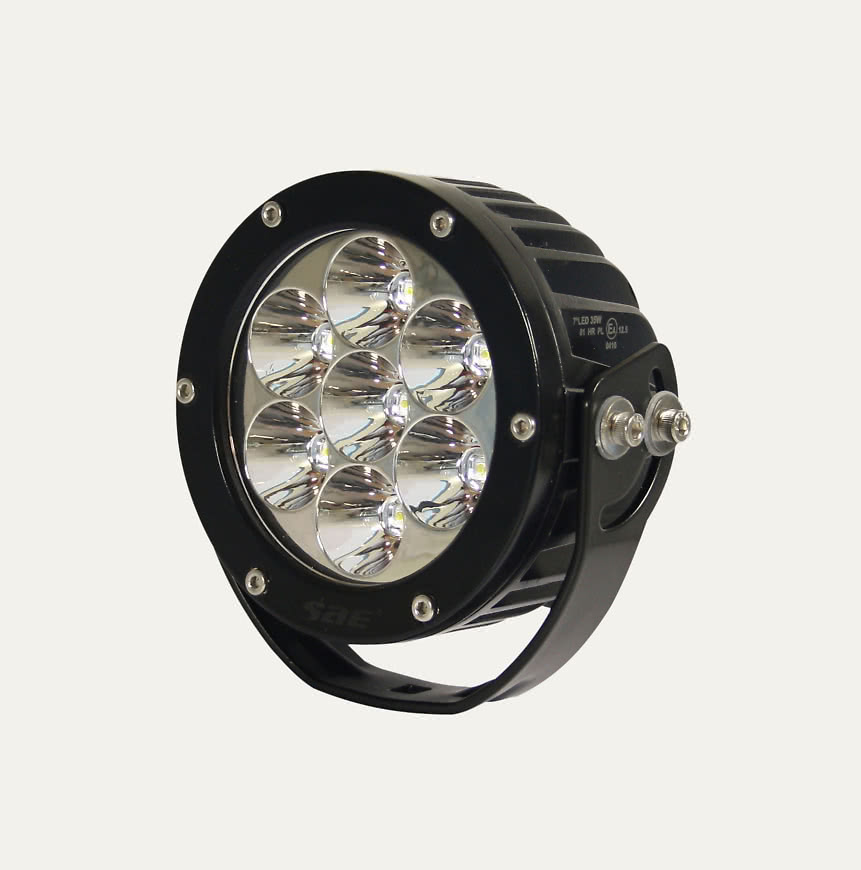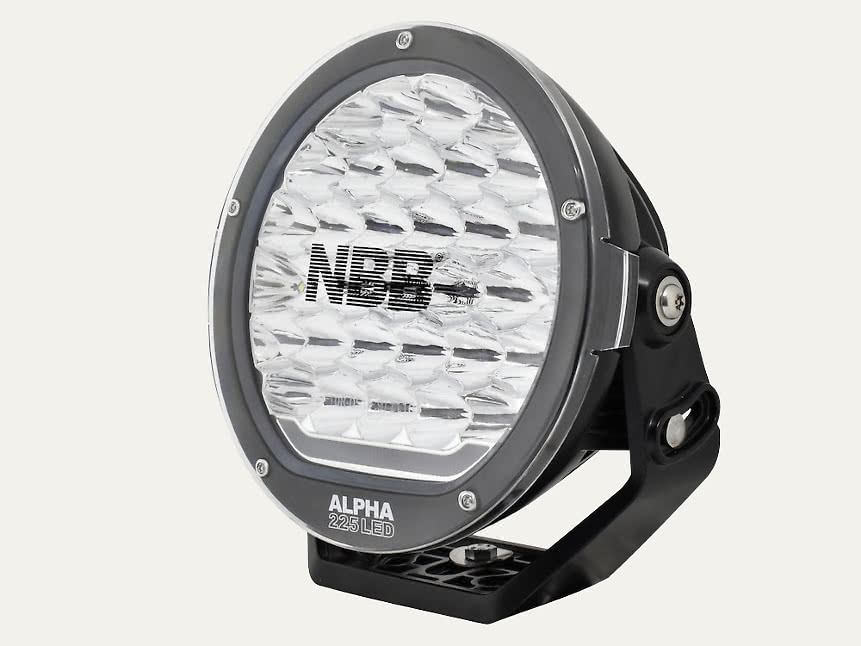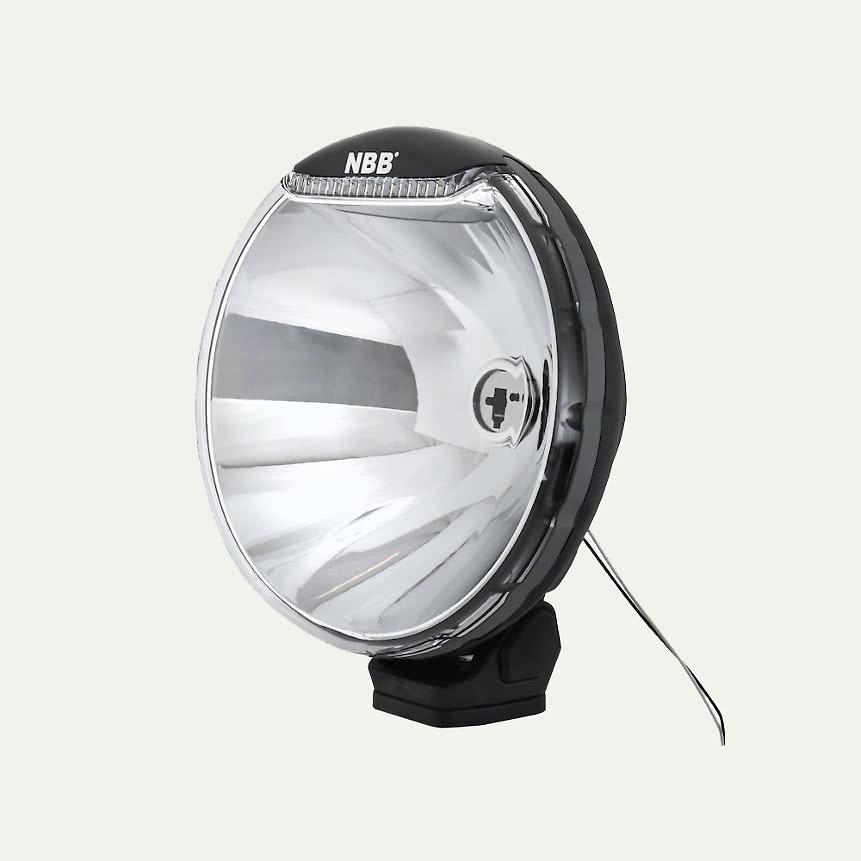Round Driving Lights
Here at Nordeye.com you’ll find round driving lights with incredible performance and design in several different versions to ensure a truly safe driving experience. We offer round driving lights, driving light bars in LED, Xenon, and Halogen. An incredibly wide range from well-known suppliers such as Lazer, NBB, BriodLights, CAD, and Flextra.
Showing all 76 resultsSorted by popularity
Showing all 76 resultsSorted by popularity
CHOOSE THE RIGHT DRIVING LIGHTS FOR YOUR VEHICLE
There are several different types of driving lights. You can choose whether you want round driving lights, LED light bars/driving light bars, or driving light packages. If you need accessories for your driving lights such as wiring, bulbs, driving light mounts, stabilizing rods, driving light relays, or Canbus, you can also be sure to find what you need with us. There are three different light sources to choose from: LED, Xenon, and Halogen.
LED DRIVING LIGHTS
With your LED driving lights, you can illuminate the road with several thousand lumens. The best driving lights give you a clear view of the road, regardless of weather conditions. They both widen and extend the normal light pattern and provide you with a safer driving experience. Choose driving lights from our wide range with the features that best suit you and your driving.
XENON DRIVING LIGHTS
There are some differences between LED and Xenon lighting. The biggest difference is that they are built with different technologies, LED with diodes and Xenon with the noble gas Xenon. Practically, this results in some differences in light. Xenon driving lights have a longer ignition time than LED and, due to their technology, also have a shorter lifespan. But the big advantage of Xenon is its strong and white light. In our range, you will find all the accessories you might need, such as driving light relays for your Xenon lights.
HALOGEN LIGHTS
A Halogen driving light, like Xenon, is based on gas, unlike diodes in LED lamps. If you have an old Halogen lamp in your vehicle, it might be beneficial to switch to a newer one. Replacing the driving lights in your car can enhance your light intensity by up to 30%. Like Xenon, the Halogen lamp has a longer ignition time than LED, but the difference is that Halogen gives a warmer glow while Xenon has a cooler light.
When choosing Halogen driving lights for your car, it is important to select the right lamp for your vehicle. Halogen lamps are sensitive to overvoltages that can occur between the vehicle and the car, which in the worst case can halve the light’s lifespan. Overvoltages between Halogen lamps and the vehicle are most common, especially during colder temperatures. This is because the lamp needs more energy, and the pressure on the ignition becomes higher. Therefore, it is important to choose the right lamp to get the best results.
DRIVING LIGHT MOUNTS
If you want to buy Xenon driving lights for your car, you can choose lights in different strengths and light temperatures/colors. The color of the light is indicated in Kelvin (K), and simply put, the higher the Kelvin, the whiter/bluer the color and tone. When you buy an driving light, you also need to buy an driving light mount. Some driving lights can be purchased in packages with mounts, but most mounts are bought separately. Regardless of which car model you have and which driving light you choose, we have mounts that fit for easy installation.
DRIVING LIGHT HOLDERS
With us, you will find several accessories for your driving lights and your LED light bar. Whether it is round driving lights or driving light bars, we have the right one for you. We have driving light holders in different colors and models to best fit your car and installation. If you choose to buy several driving lights, you can buy light holders that are adapted for 2 or 3 lamps, which you can neatly and easily attach to your vehicle. Most light holders are mounted behind the license plate, giving a sleek result.
Before investing in driving lights for your passenger car, transport vehicle, or truck, you need to consider what you want from your driving lights. If you want a discreet installation, a LED light bar is a good choice. The advantage of embedding a LED light bar in the front is that you do not risk blocking your vehicle’s front assist, parking aid, or collision warning. Round driving lights are still the most popular driving lights. The advantage of round driving lights is that you can easily mount 2-3 in a row, where the light output from them together becomes extremely good.
At Nordeye, you can always be sure to find the most current driving lights at the best market prices with fast deliveries and secure, easy payment with Klarna.
AT NORDEYE, YOU WILL FIND LED LIGHT BAR KITS FOR SEVERAL DIFFERENT CAR MODELS:
Fiat Ducato Ford I bumps, has a long lifespan, and is also the most energy-efficient option. In our range of LED driving lights, you can find the right model and design that best suits you and your vehicle. We have a wide range of round driving lights, LED light bars, and accessories. The best driving lights can be found here from well-known suppliers such as Lazer, Flextra, BriodLights, Rigid Industries, and NBB.
WHAT LIGHT INTENSITY SHOULD I CHOOSE FOR MY DRIVING LIGHTS?
There are no rules or recommendations for how much an driving light should illuminate. It is your personal preferences and where in the country you live and which roads you usually drive on. If you want your driving light to illuminate as much as possible, you can determine the lamp’s capacity by two important things – namely lumens and lux.
At Nordeye, we recommend looking at the interaction between real lumens and lux to determine how strong an driving light is. Real lumens essentially mean light intensity, i.e., the total amount of light emitted from the light source in all directions. A regular light bulb has around 500 lumens, while an driving light has around 5000 lumens. Unlike lumens, the LUX value indicates the light intensity within a specified area. With a so-called lux meter, you measure 1 lux in relation to the distance from the light source where 1m² is evenly illuminated to a light intensity of 1 lumen.
WHAT IS THEORETICAL/REAL LIGHT INTENSITY?
Sometimes you come across the terms theoretical and real lumens. But what is the difference? Well, theoretical lumens are a calculated measure; you simply add up the light intensity for each individual diode and calculate how much light the lamp emits in theory. Real lumens, on the other hand, are measured by how much light is emitted in practice and are therefore a more truthful measure. The difference between these measures is due to the fact that the electronics in the diodes and the lamp cause a lot of light to be lost when calculating the measure.
WHAT IS REFERENCE VALUE?
All approved driving lamps, like the vehicle’s regular high beams, must be marked with a reference value. The reference value is a value that indicates how strong the lighting is. According to ECE regulations, high beams and driving lights together must not have a reference value that exceeds 100. It is said that the light becomes too strong and risks dazzling the surroundings. In Sweden and some other Nordic countries, however, we have an exception to this rule, which means that you do not break the law if the total reference value exceeds 100.
WHAT IS CANBUS?
Today’s vehicles are packed with technical devices. In most modern vehicles, there is a Canbus system that functions as a communication center whose task is to manage communication between all technical devices and alert you as a driver if any of these systems have stopped working.
WHICH DRIVING LIGHTS ARE THE BEST?
Which driving lights are the best is a matter of taste and also depends on the area of use. At Nordeye, we offer a wide range of driving lighting with different features. Take a look at our brand and product descriptions to get an idea of what you need. Start by identifying your area of use and how you want the light to behave. Do you need an extra light with a long range, or do you need more intense focused lighting on a specific area? We have something for everyone.
Should I Choose Round Driving Lights or LED Light Bars?
There is no right or wrong answer here; it is a matter of personal preference. Some people find multiple round driving lights in a row more aesthetically pleasing, while others prefer a discreet LED light bar. Functionally, there are some differences. Round driving lights often provide more and stronger light, if that is what you are looking for. Additionally, you can combine lights with different beam patterns to create a light beam tailored to your needs. On the other hand, LED light bars can be easier to mount, blend discreetly into the front of the car, and do not interfere with the car’s built-in sensors as much because they take up less space than round driving lights.
What Markings Should My Driving Lights Have?
It is wise to check the markings on the driving lights before deciding which lighting to purchase. Driving lights should withstand both cold and heat, dust, and precipitation, and be compatible with your vehicle’s electronics. Ensure that your lighting has markings that meet your requirements and preferences. The IP rating indicates how dust and water-resistant the lamp is, and EMC is a marking that minimizes the risk of interference and operational problems with the lamp connected. A RoHS marking means that the use of certain hazardous heavy metals and flame retardants has been limited or prohibited in the product. For electronic equipment to be sold on the Swedish market, it must be CE marked. This marking guarantees that the product meets basic requirements regarding health, safety, function, and the environment.
How Strong Can Driving Lights Be?
You may have encountered the term reference number in lighting contexts. The reference number is a value given to driving lights and high beams, and according to ECE regulations, the sum of these values must not exceed 100. The higher the value, the stronger the light. On all E-approved lamps, the reference number is on the lamp’s glass. However, in Sweden, there is an exception to this rule, which means that it is not the total sum that counts, but the reference number of the regular high beams that must not exceed 100. So, in principle, there is no limit to how strong driving lights you can have as long as you are within Sweden’s borders.
What is the Difference Between Spot, Flood, and Combo Beam Patterns?
The most common beam patterns for round driving lights are Spot, Flood, and Combo. With the spot beam pattern – also called pencil – the light beam is centered far and straight ahead. The flood pattern does not extend as far forward, but the light flows out to each side, providing a wider light field with a focus closer to the vehicle. Combo is, as the name suggests, a combination of spot and flood, where the beam is longest in the middle and wider on the sides. Often, three or more round driving lights are mounted on the vehicle, with a spot lamp in the middle and two flood lamps on each side.
Which Beam Pattern is Suitable for Which Type of Roads?
In most cases, you want a combination of the lamp shining both far and wide, regardless of the type of roads. Wide to get a clear view along the roadside and avoid obstacles along the roads, and far to get an overview of the terrain. At Nordeye, we recommend the “driving beam/combo” pattern to ensure you get a lamp that shines both far and wide.
Are There Different Places to Mount and Attach Driving Lights?
Yes, there are several different options for mounting driving lights. Often, your vehicle determines the conditions for where it is suitable to mount the driving light. In most newer cars, there are sensors in the front that you preferably do not want to cover with driving lights. In such cases, it may be suitable to have 2 driving lights on each side of the front, or an LED light bar mounted a bit below. If you have an older car, the possibilities are usually more since you do not need to consider sensors. On trucks, you can often choose to mount on the roof or in the front. If you are unsure where you can mount driving lights on your vehicle, write to us, and we will guide you.
How Quickly Do LED, Xenon, and Halogen Lights Reach Full Brightness?
LED lights have an instant startup. Xenon takes about 10 seconds to reach full brightness. Halogen lamps light up immediately.
What is the Lifespan of Driving Lights?
It varies depending on quality and light source. LED driving lights generally have a lifespan of 30,000 hours, which is significantly better than Halogen, which averages 400 hours, and Xenon, which averages 2,500 hours.
Which Brands of Driving Lights Does Nordeye Sell?
At Nordeye, we offer a range of products from several well-known brands such as NBB, BriodLights, Lazer, CAD, Rigid, ECCO, Gylle, Hella, Osram, Vignal, Tyri, 911 Signal, ABL, and Trucklite.
How Do You Connect Driving Lights to the Car’s Regular Lights?
If you want to connect the driving light to the vehicle’s high beam function, you do this with the relay cable set’s high beam cable. You connect the different cables with a power thief that usually comes with the relay cable set. The red cable, positive pole, is usually connected to the vehicle’s car battery. The black cable, negative pole, is connected to the car’s junction box or ground cable. The blue cable is connected to the high beam function.
Where Do You Attach Driving Lights?
There are several different places and variants where you can mount your driving lights. For light bars, you can mount them above or below the license plate, but it is also possible to attach driving lights directly to the chassis and on the roof with roof mounts. Round driving lights are usually mounted above the license plate. However, keep in mind that if you mount round driving lights, you need to ensure that you do not block the car’s front assist. If you have a newer car, it is likely that you have a front assist, and the solution may be to place two round driving lights on the sides and embed a light bar in the middle.
Do You Have Roof-Mounted Driving Lights?
Nordeye offers roof mounting kits for some selected car models: Defender, Hilux, and Ford Ranger.
Do You Have Driving Lights for Tractors, Transport Vehicles, Passenger Cars, Trucks, Mopeds, Motorhomes, and Electric Cars?
Nordeye offers driving lights for all types of vehicles.
What Laws and Regulations Exist Regarding Driving Lights for Vehicles?
The laws and regulations regarding the installation of driving lights on vehicles are as follows:
- All lighting for the car, including driving lights, must be E-marked since 1/1-2005. If driving lights were mounted and put into use before January 1, 2005, the requirement does not apply.
- High beam headlights must be adjustable.
- High beam headlights must be connected to the vehicle’s electrical system so that they immediately turn off when switching from high beam to low beam.
How Do Driving Lights and Relays Work?
To avoid worrying about large voltage drops, it is a good idea to use a relay when installing driving lights. A relay can be simply explained as an “electrically operated switch” that, with the help of a current signal from inside the car’s cabin, can control a large amount of working current needed to light up the driving lights. The best thing about using a relay is that you avoid running thick feeder cables unnecessarily long distances. Another advantage of relays is that they are quick and easy to replace.
How to Install Driving Lights?
With this installation guide, we hope to inspire and help you easily and safely install your driving lighting. Start by ensuring that you have the right lighting, mount, and relay cable set. At Nordeye, we have a wide range that is guaranteed to meet your needs.
The following instructions exemplify the installation of our driving light wiring connected to the vehicle’s electrical system.
- Remove the License PlateStart by removing both the license plate and the plastic plate by loosening the screws attached to the bumper. The reason for removing this is to facilitate the process of getting the mount in place. In cases where a light bar is to be installed on the top side of the license plate, a number plate holder is usually relevant. This is also a reason why the number plate and plastic plate are removed.
- Mount the BracketEnsure that the driving light bracket fits. If you encounter problems, it may be possible to adapt by drilling new holes and also shaping the bracket to fit the bumper by bending it slightly according to the bumper’s shape. This facilitates the installation in the following steps. Then screw the driving light bracket in place. Remember that it is important to use extra supporting screws to ensure it is securely fastened. Now you can also put the plastic and license plate back.
- Mount the Driving Lights or LED Light BarMount the driving lights or LED light bar on the bracket using the screws and nuts provided. A tip is to tighten the screws gradually as they may need to be adjusted later.
- Route the Driving Light Cables Through the GrillIn this step, prepare to connect the power to your driving lights. Usually, you should be able to route the cables through the grill without problems, but this can vary from vehicle to vehicle. If problems arise, it is usually because the cables are too short, and you may need to splice the cable.
- Splice the CableStart by cutting the cable so that the red cable is slightly longer than the black one. Then cut the other cable in the opposite way. Cut the positive and negative cables so that the splice is offset. Finally, place the splice in a cable channel to avoid short circuits since the splices are offset.
- Connect the PowerStart by removing the fuse in the fuse holder on the positive cable. Once you have connected the power, reinsert the fuse. The fuse protects against overload and incorrectly connected driving lights, so you will quickly notice if something is wrong.Now connect the power to your driving light by connecting the cable set’s negative source to the vehicle’s negative pole. If there is no junction box, you can connect the negative pole to the vehicle’s chassis or ground cable. Connect the cable set’s positive source to the positive pole in the vehicle’s junction box or battery.Remember to be careful not to get a shock during the work. If you want to connect the driving light to the vehicle’s high beam function, do this with the relay cable set’s high beam cable. Connect the different cables with a power thief that usually comes with the relay cable set. The red cable, positive pole, is usually connected to the vehicle’s car battery. The black cable, negative pole, is connected to the car’s junction box or ground cable. The blue cable is connected to the high beam function.
- Test Your Driving LightsFinish by testing that the driving lights work and adjust them as you want.
- Drive Carefully!

